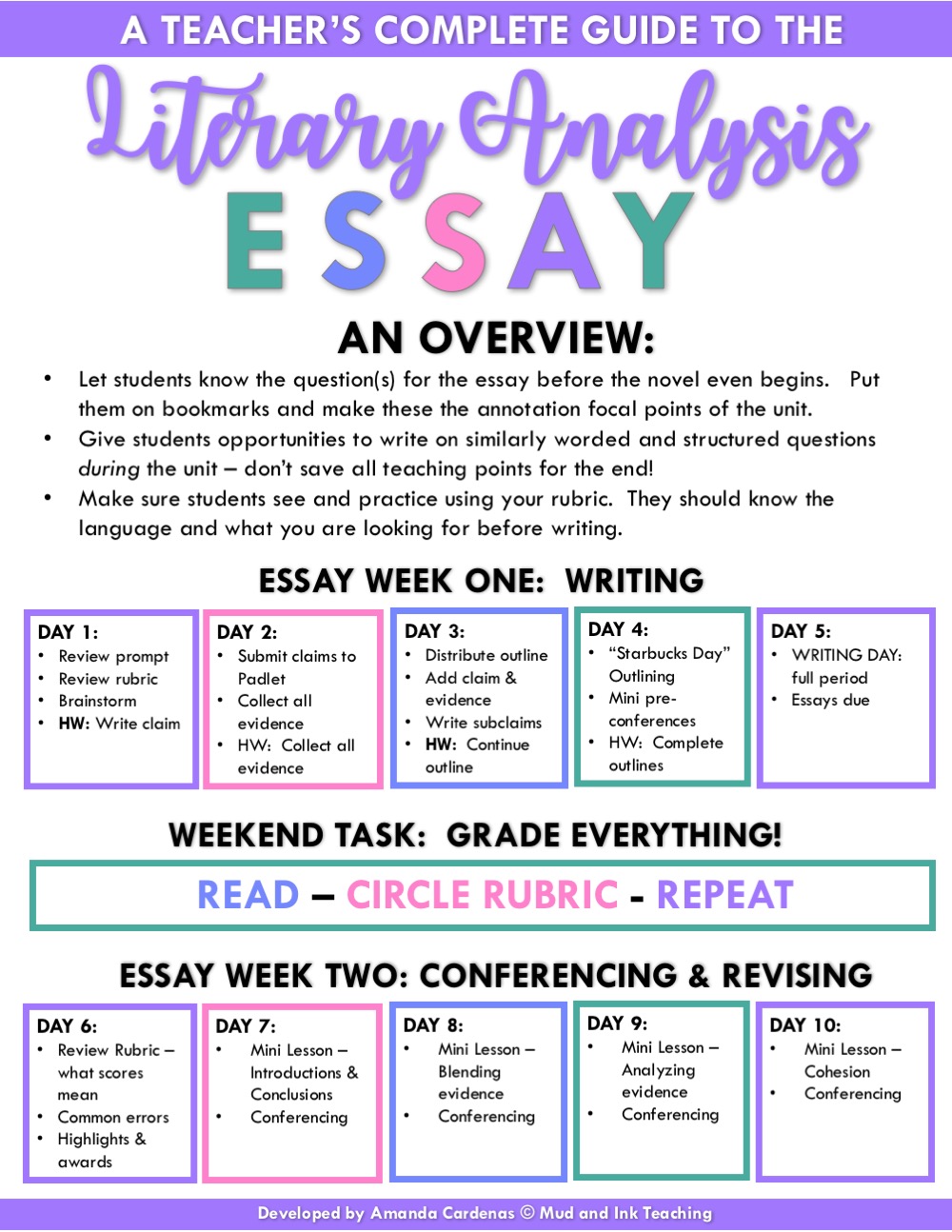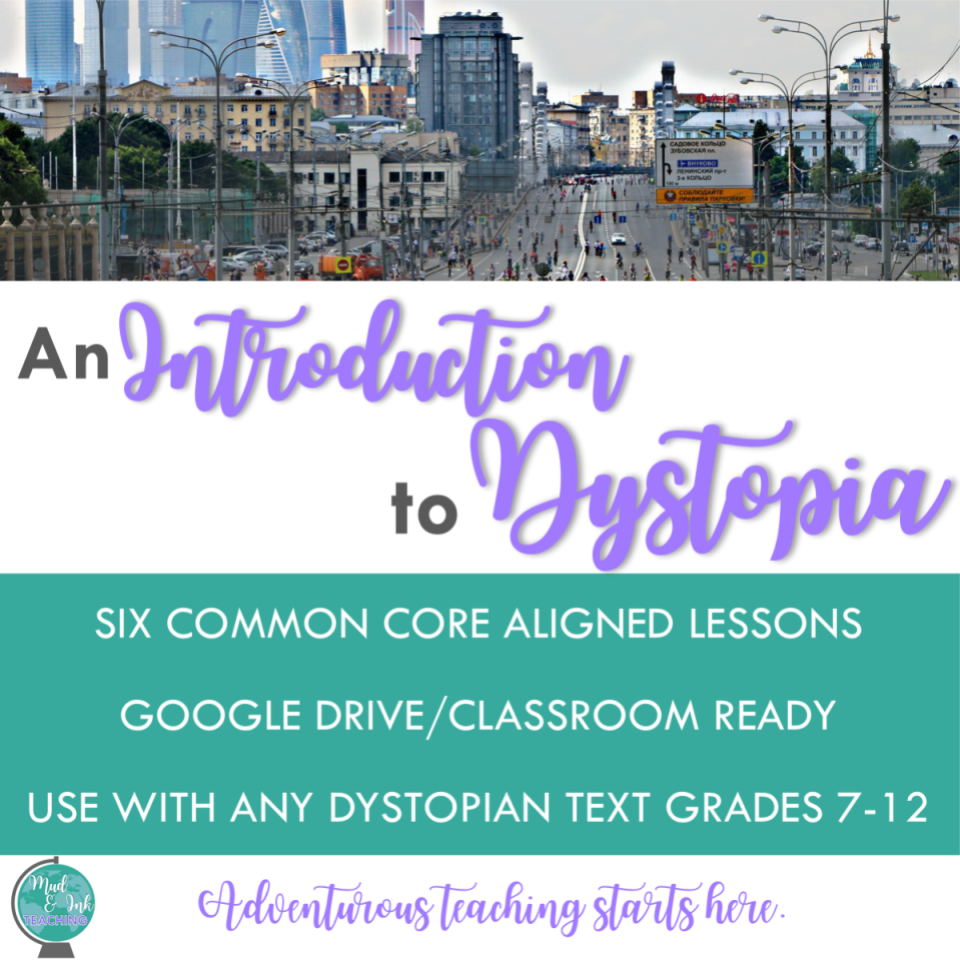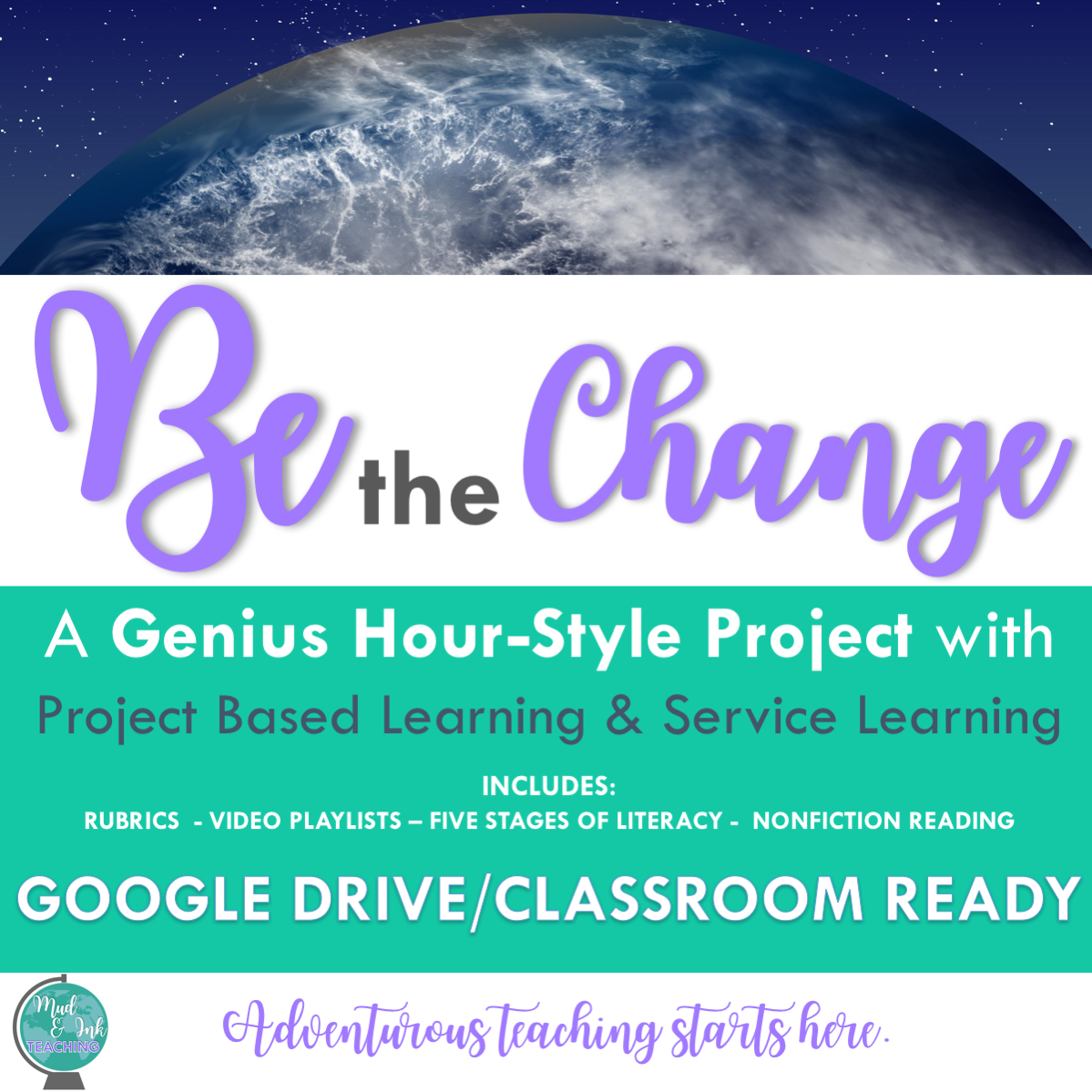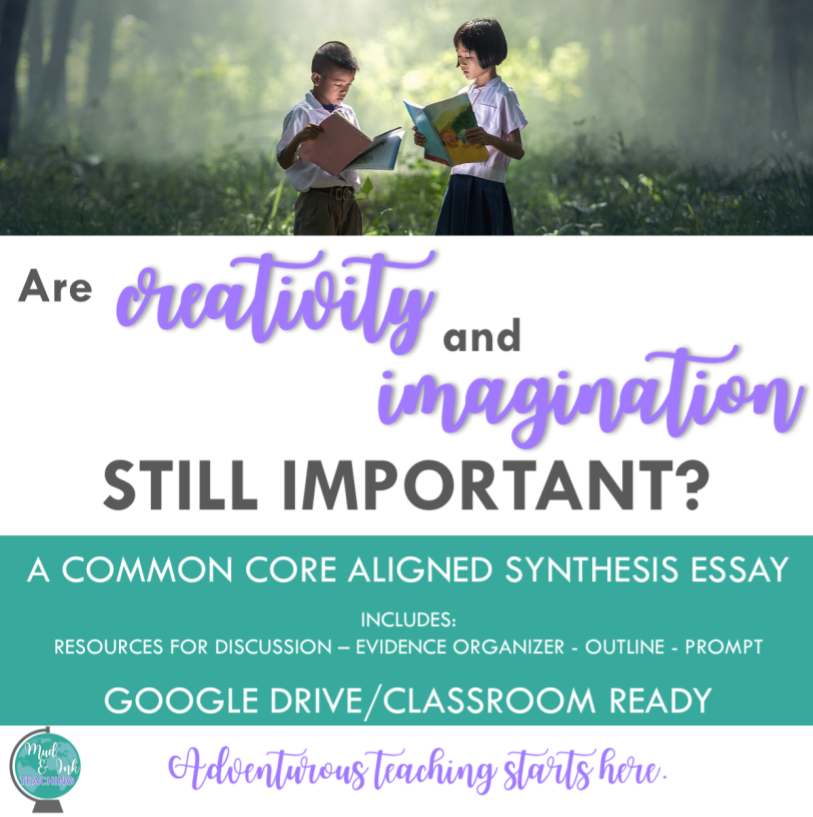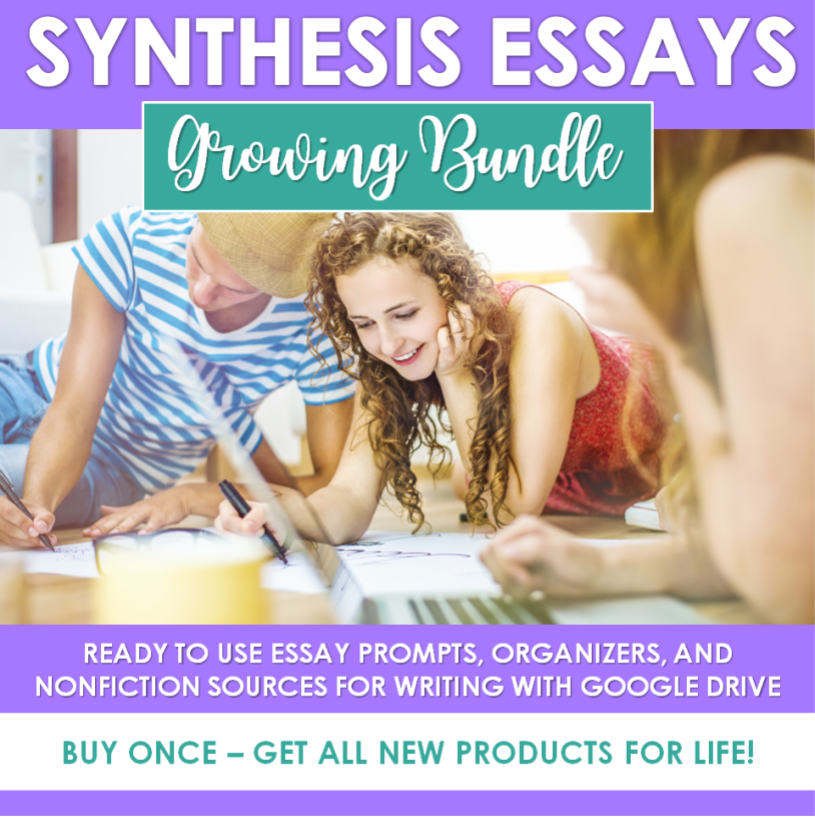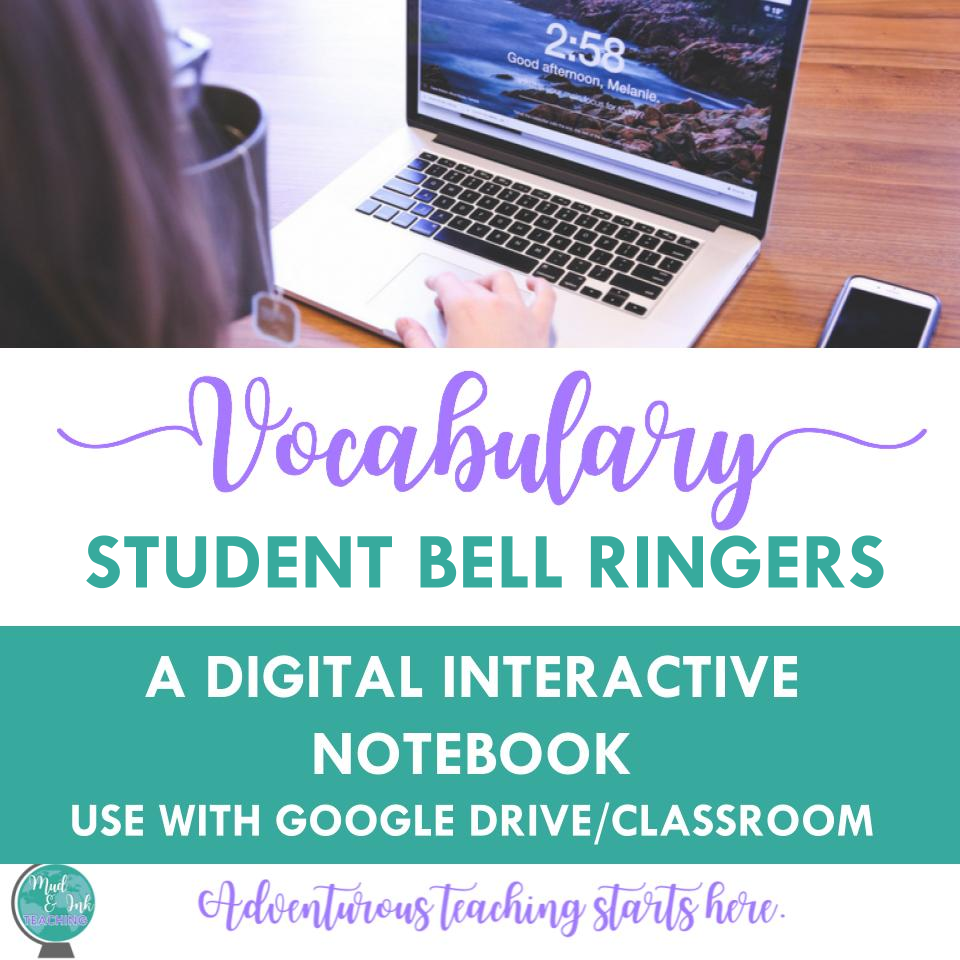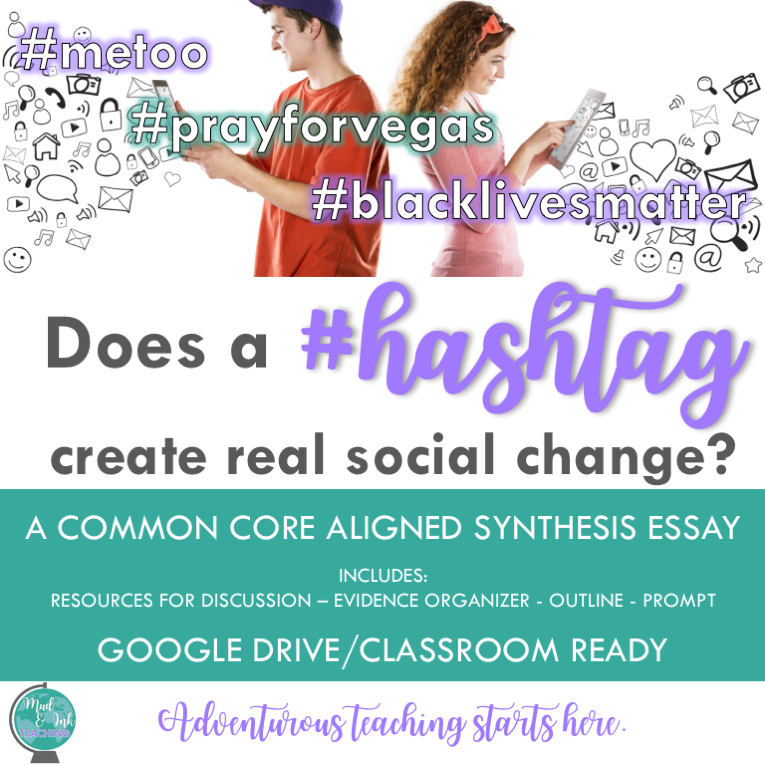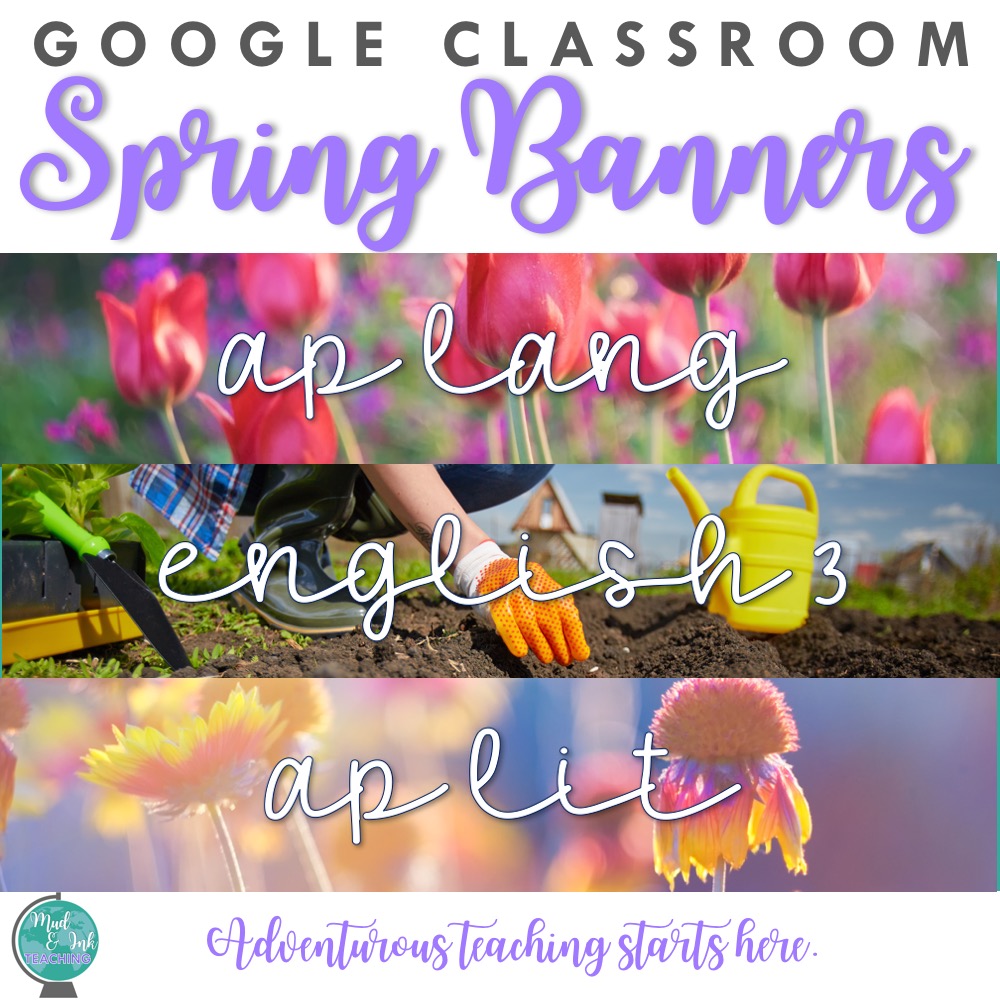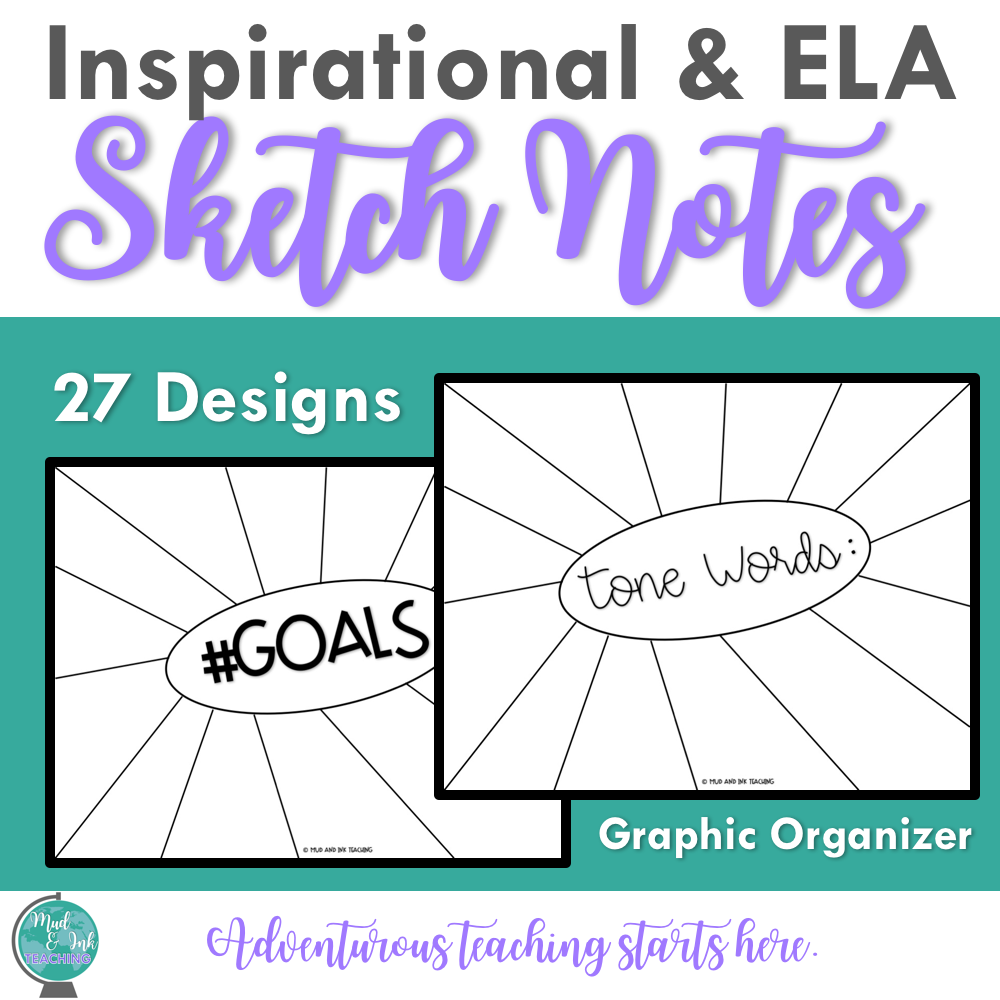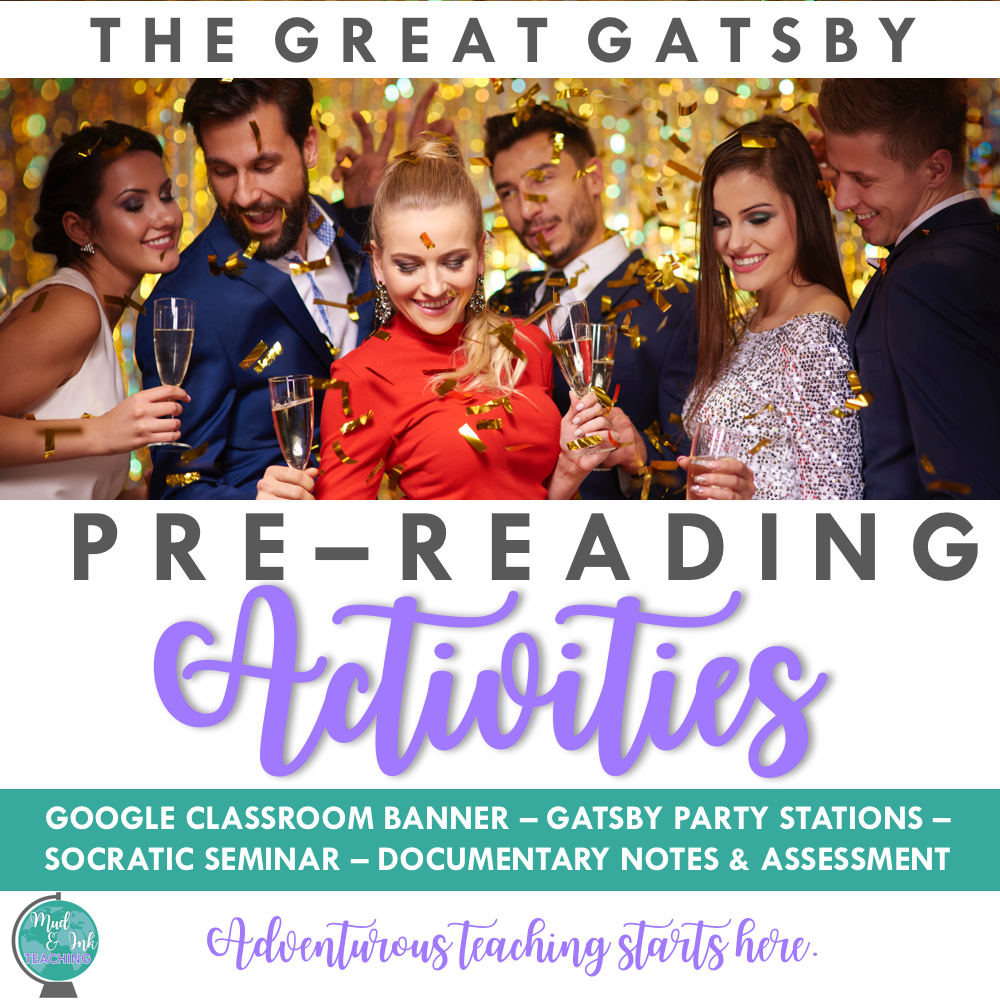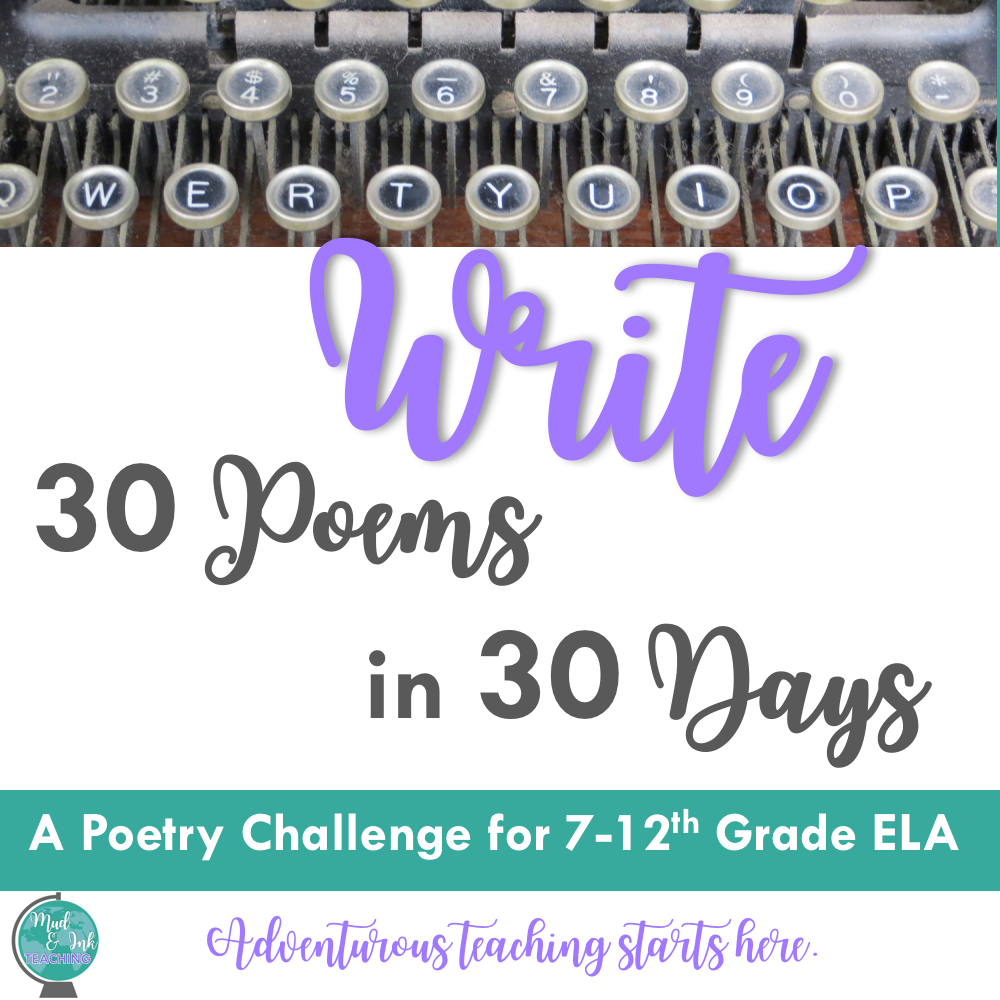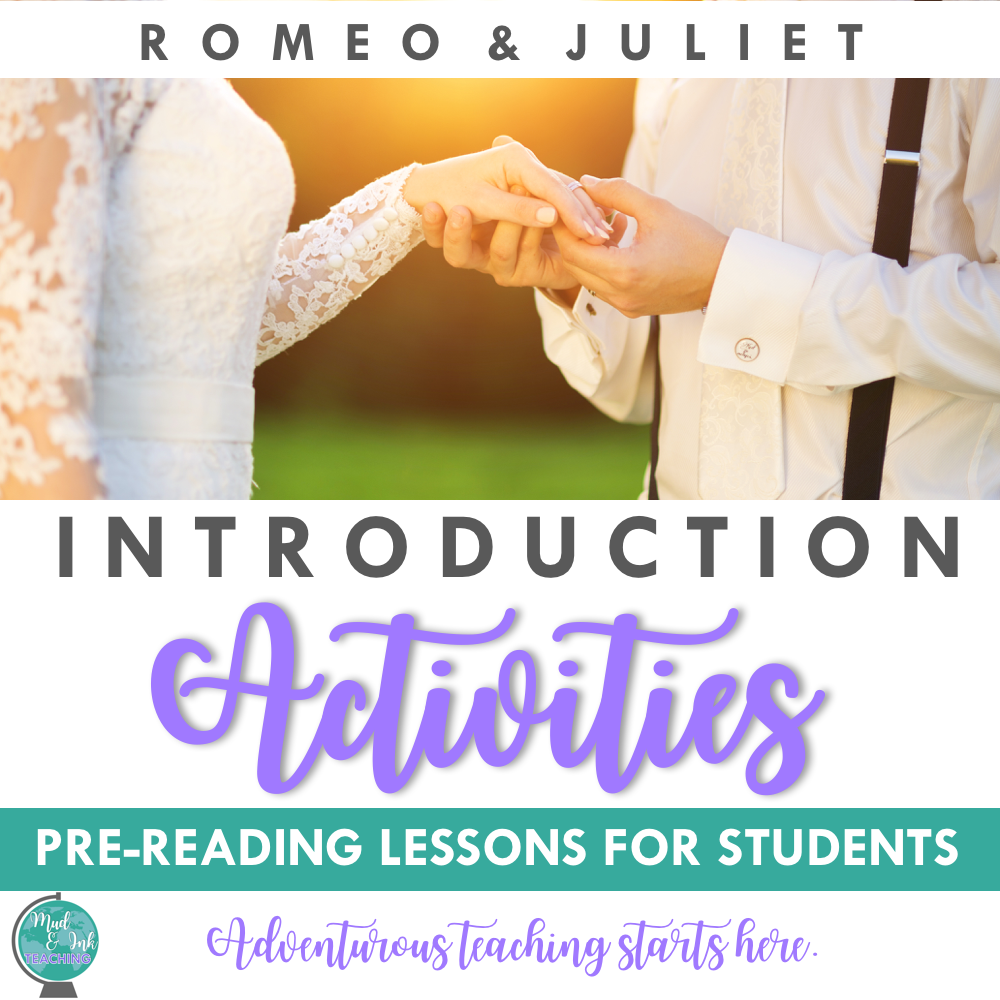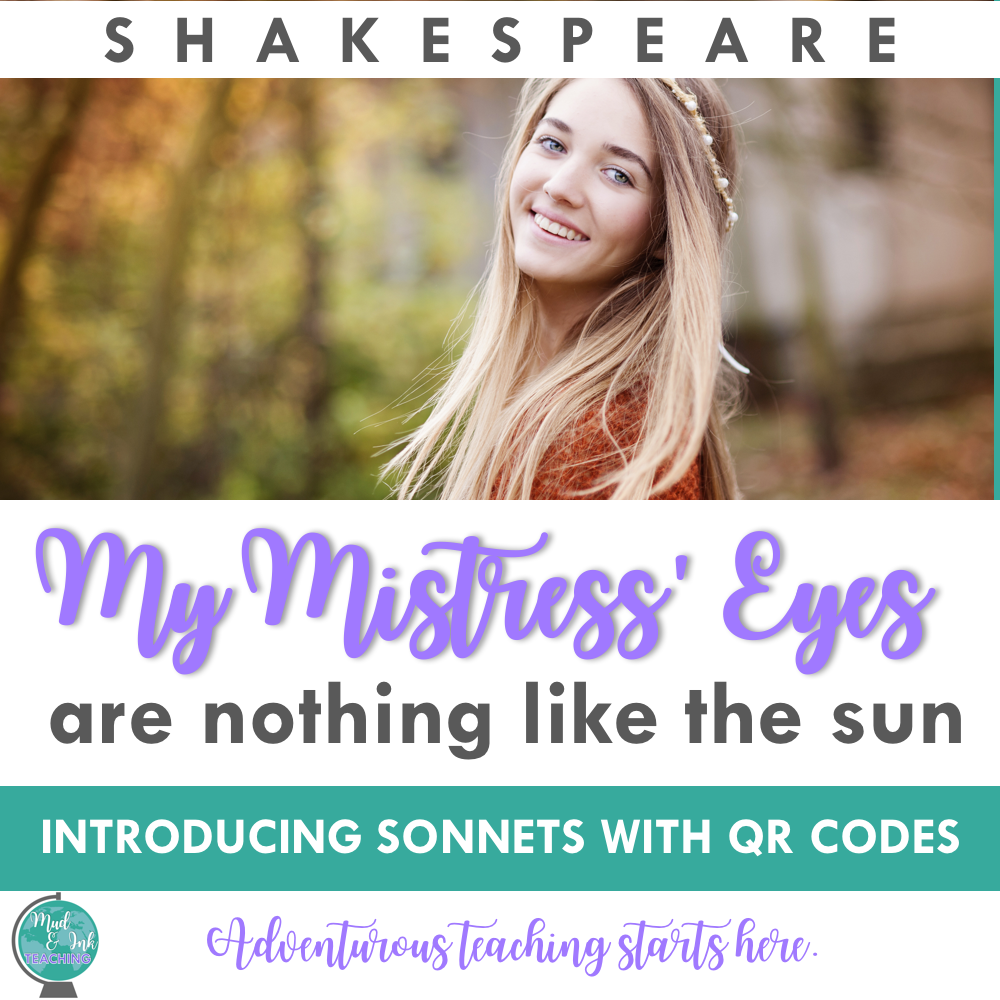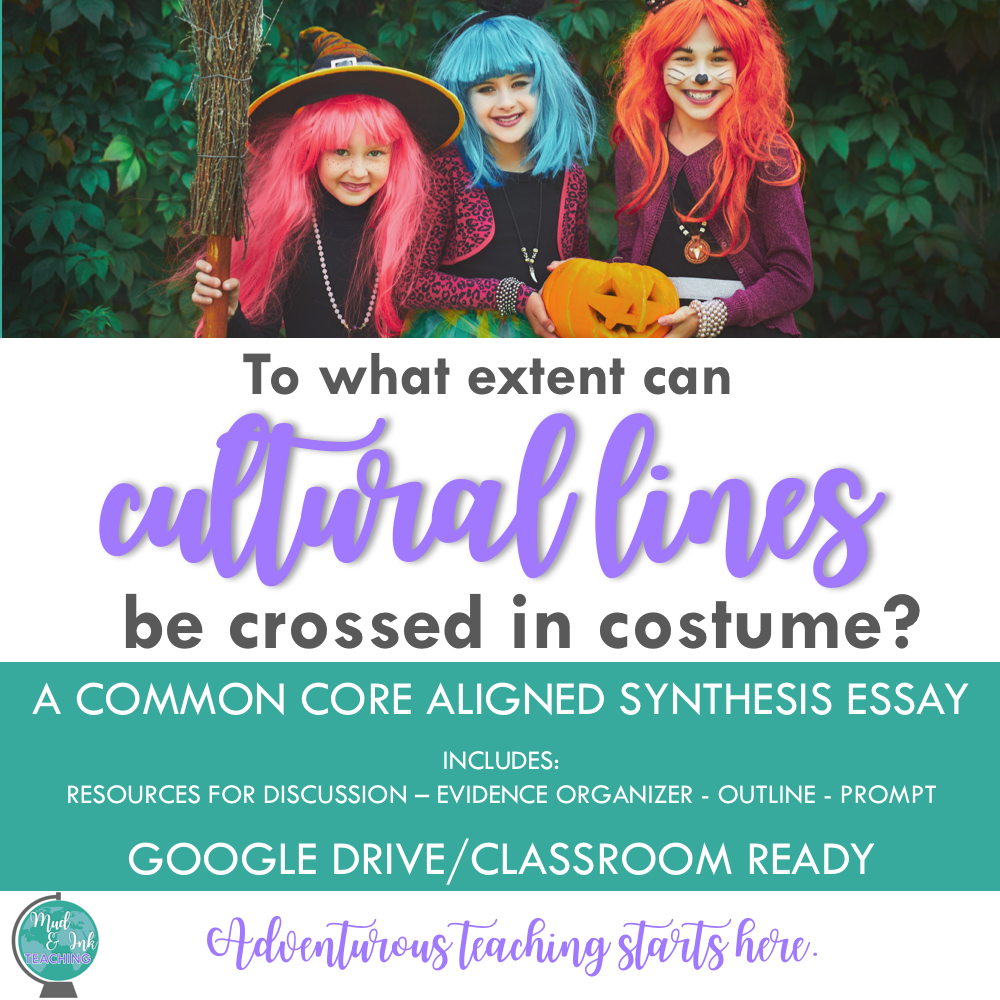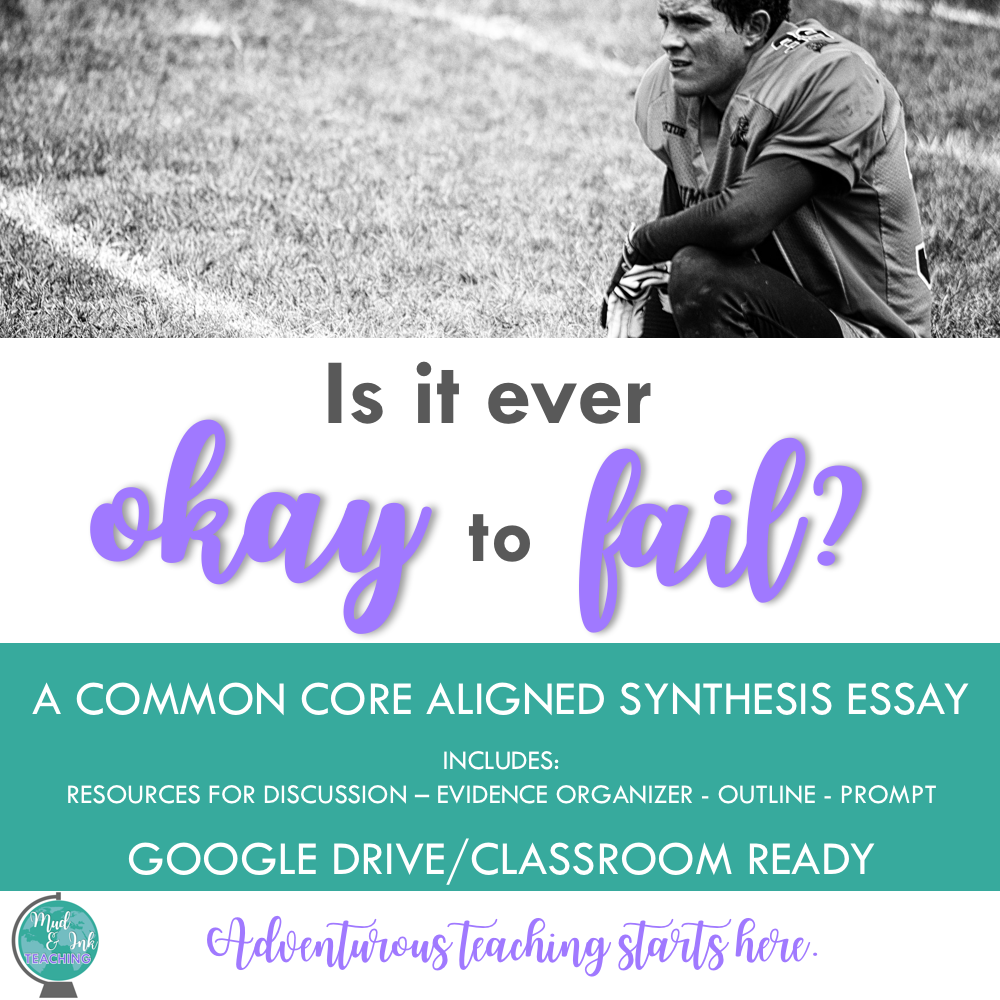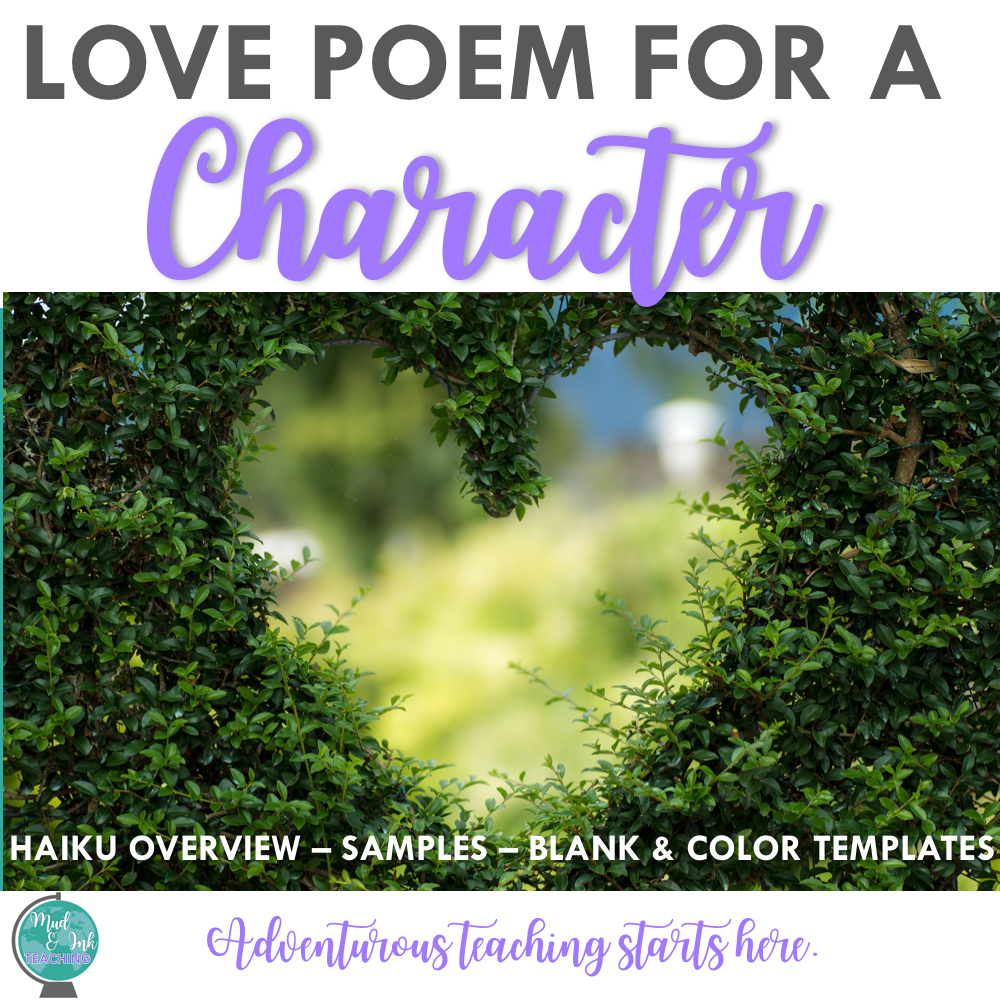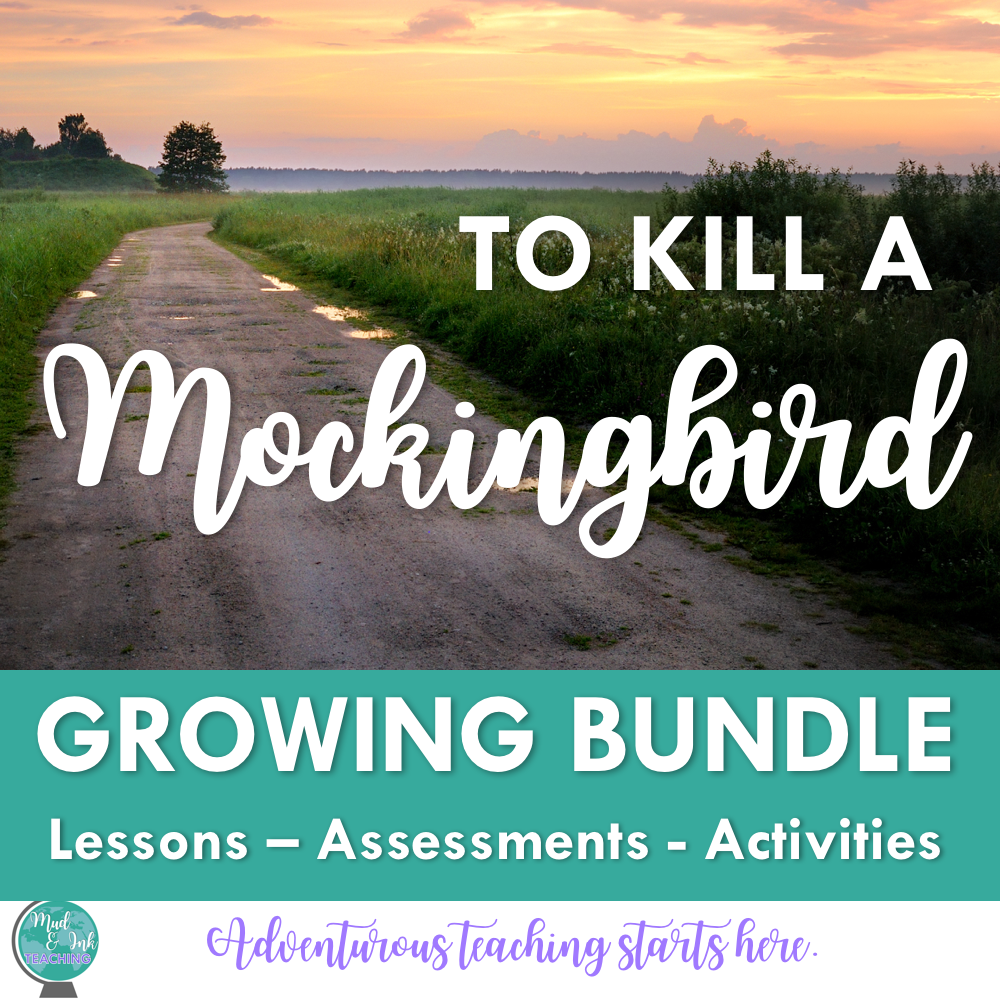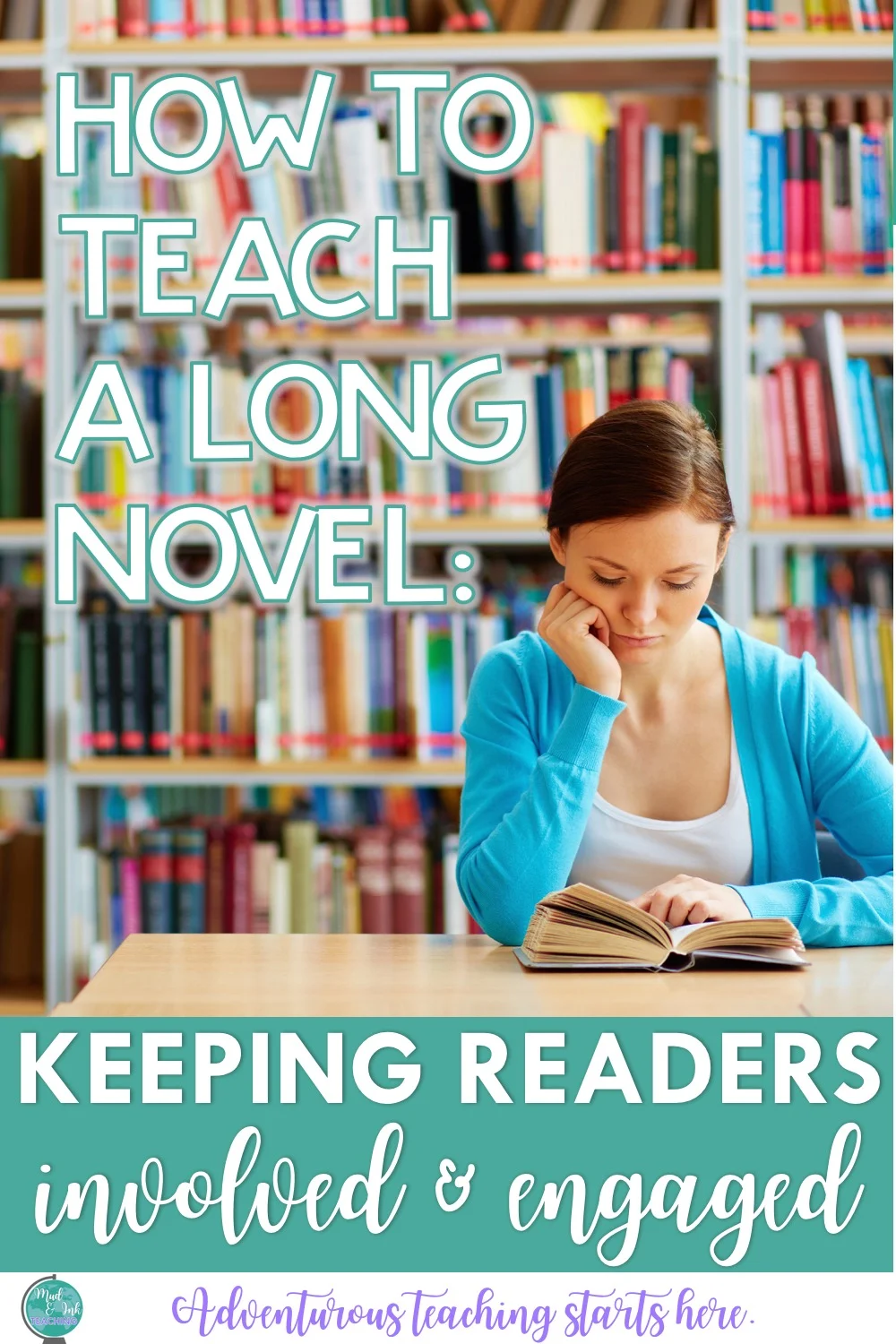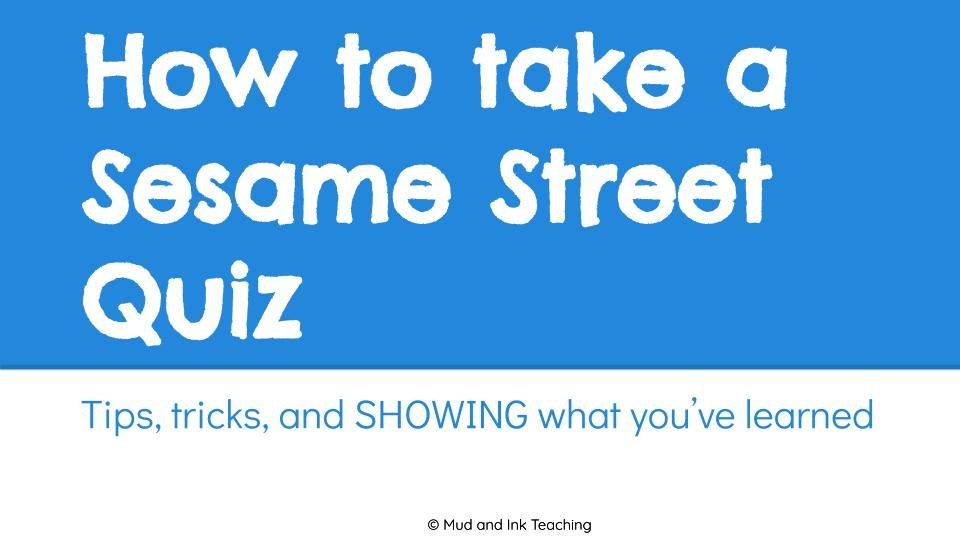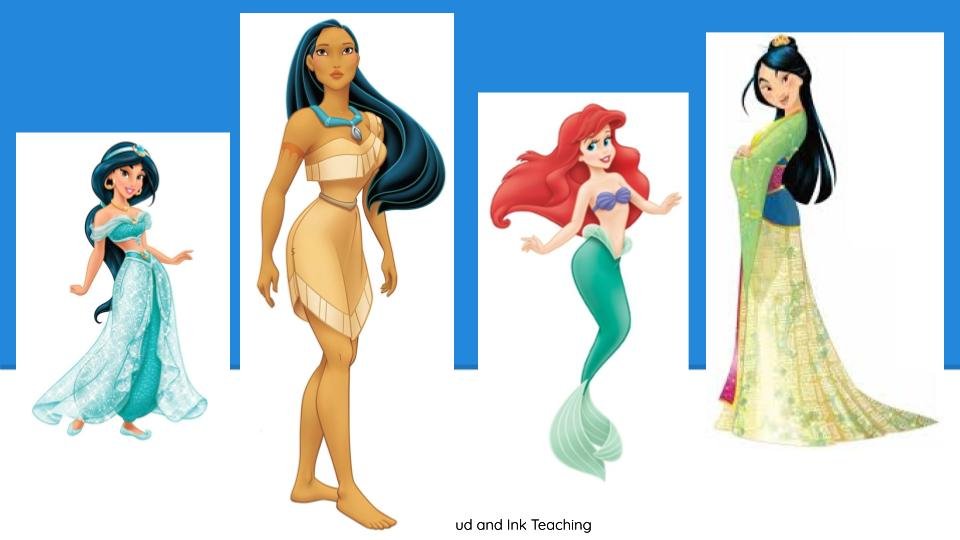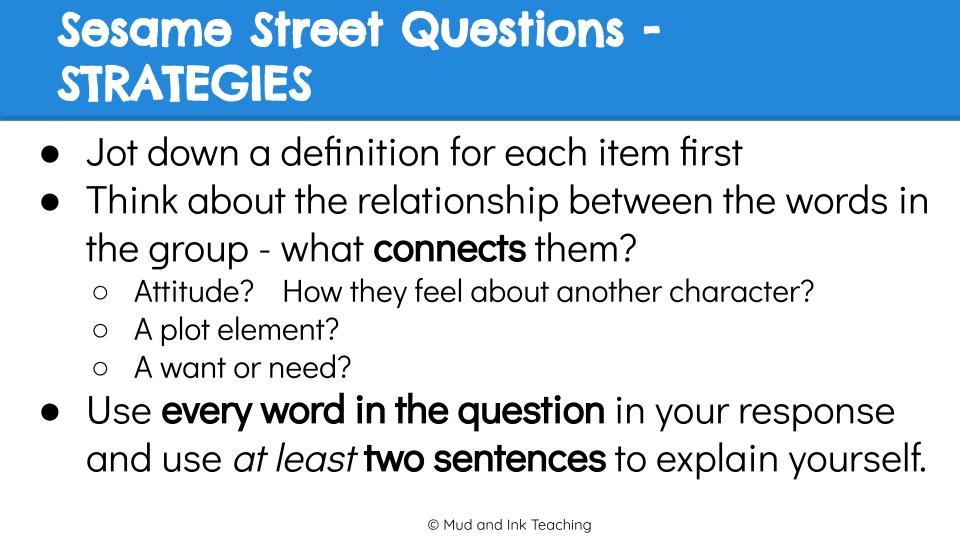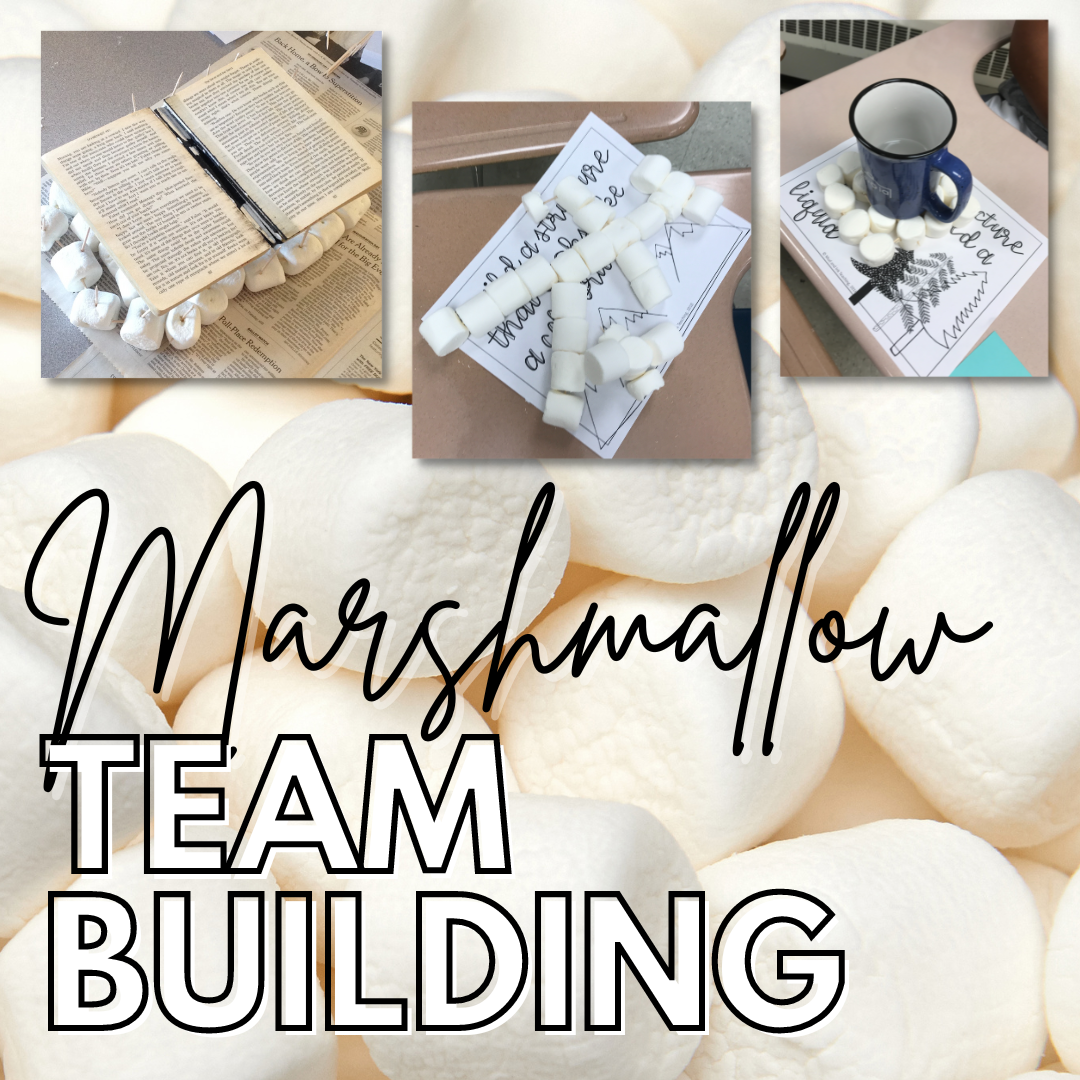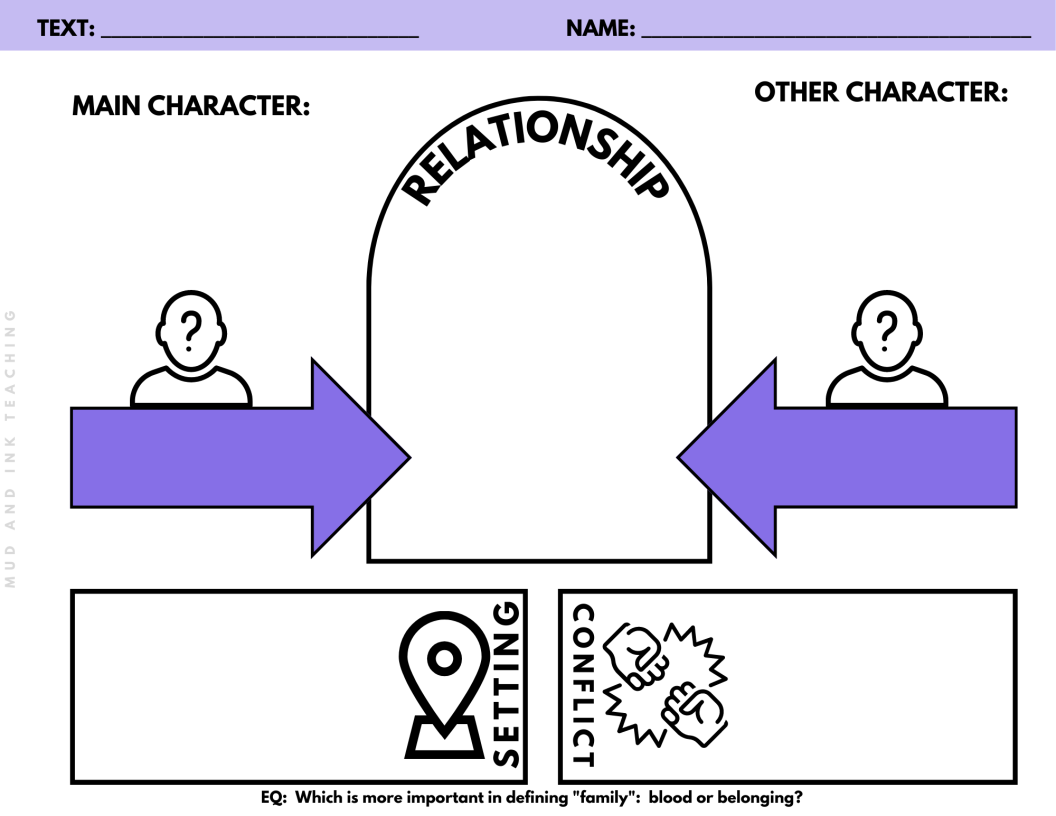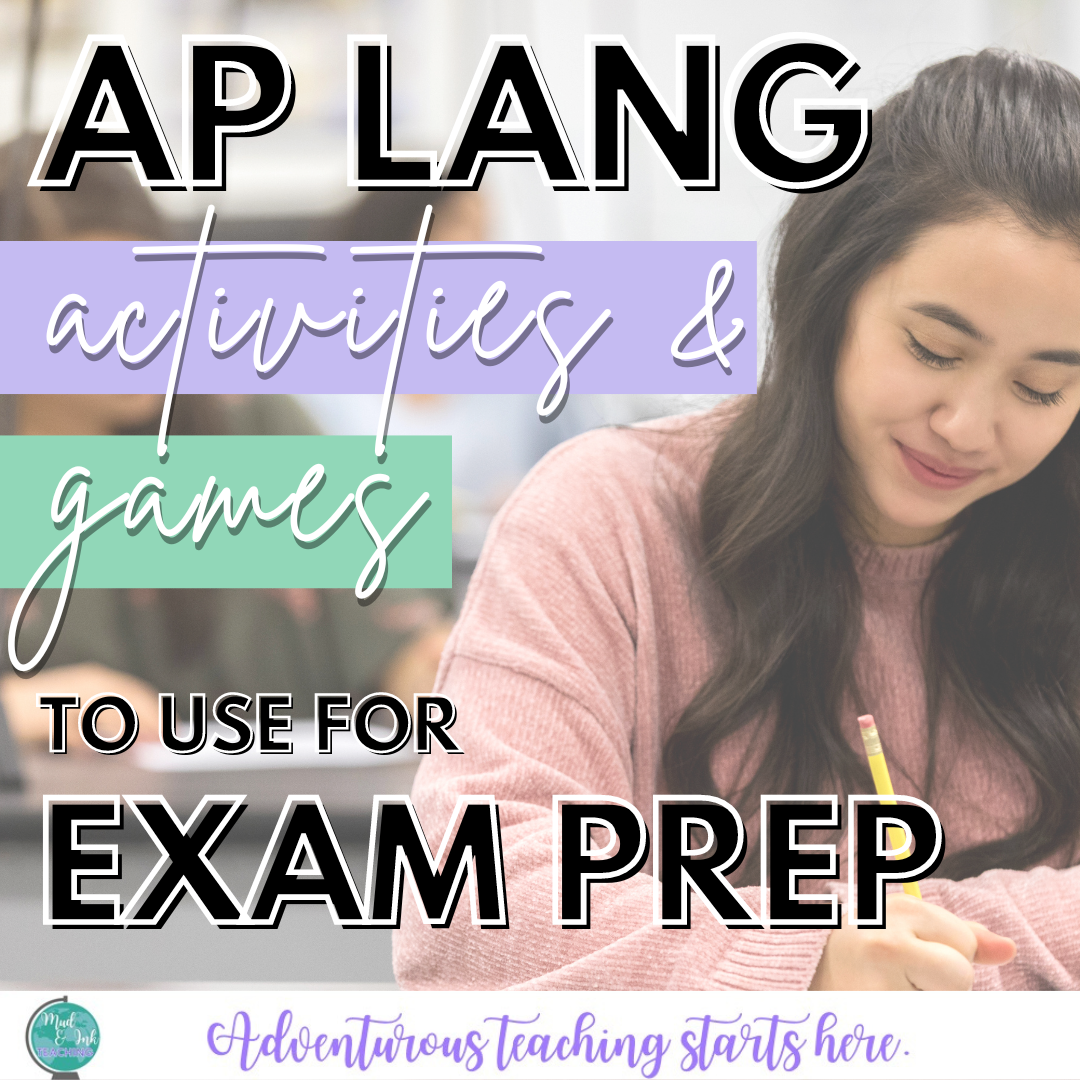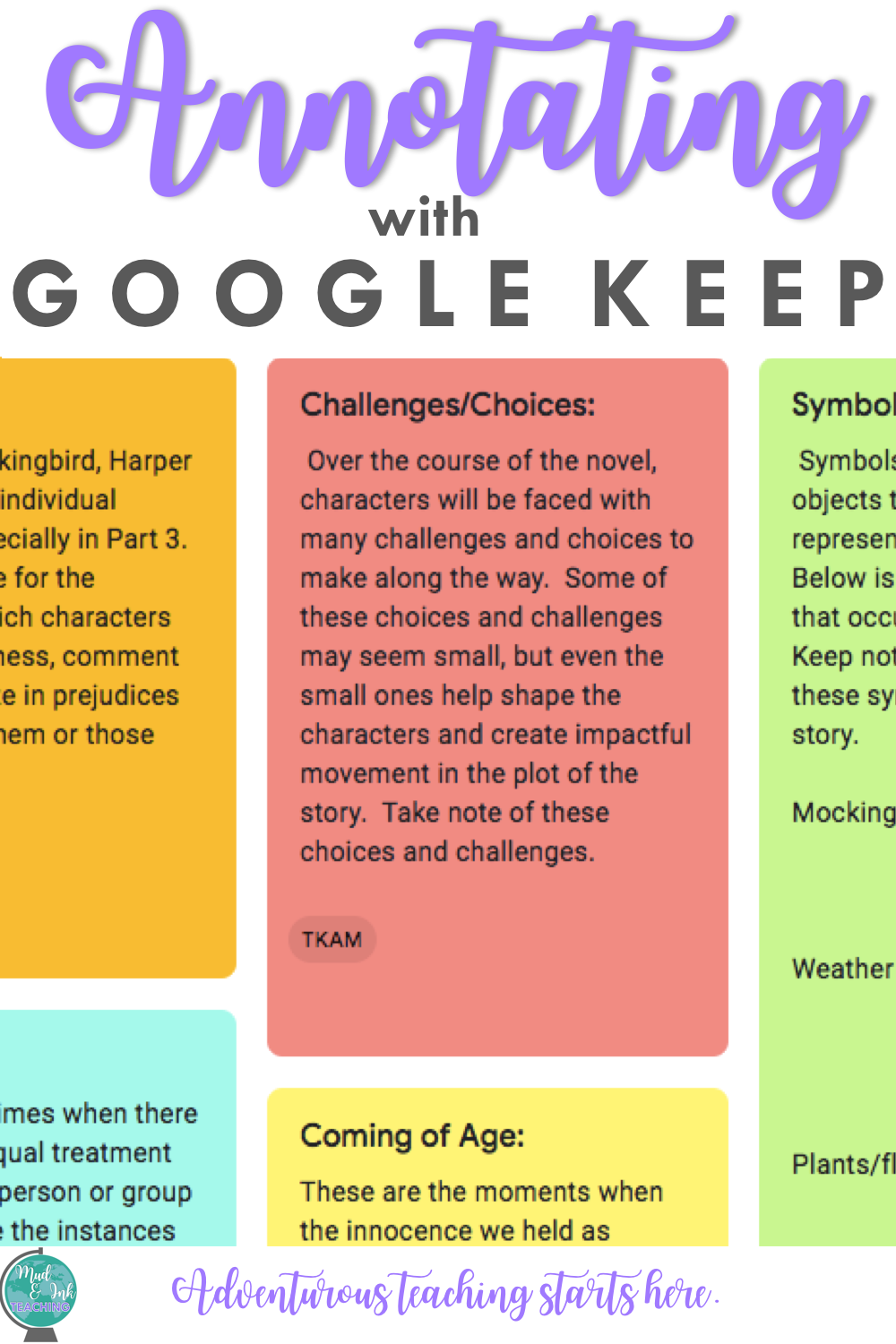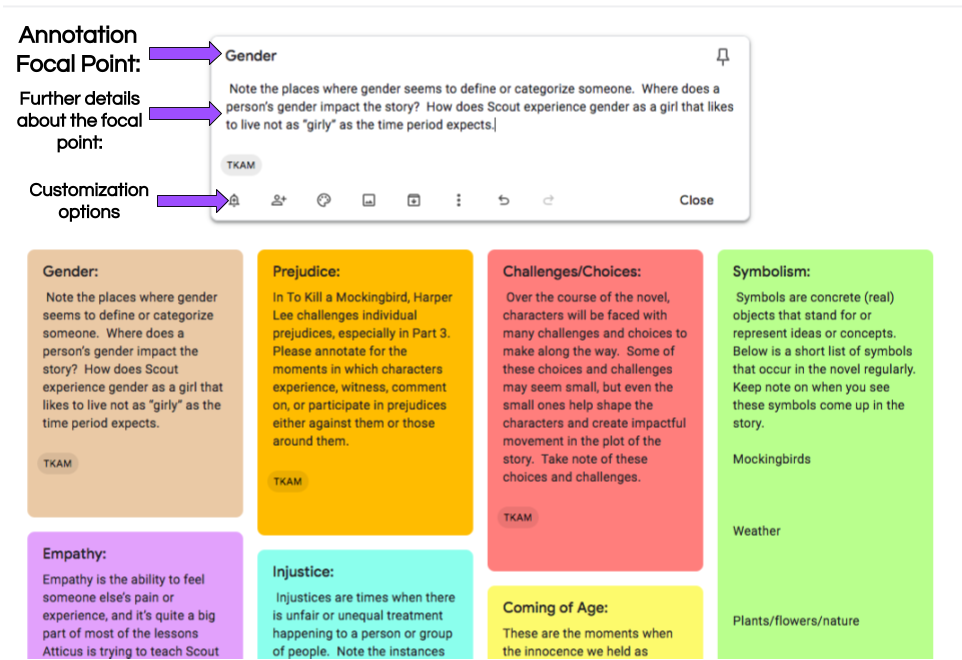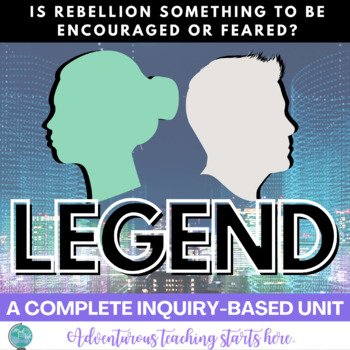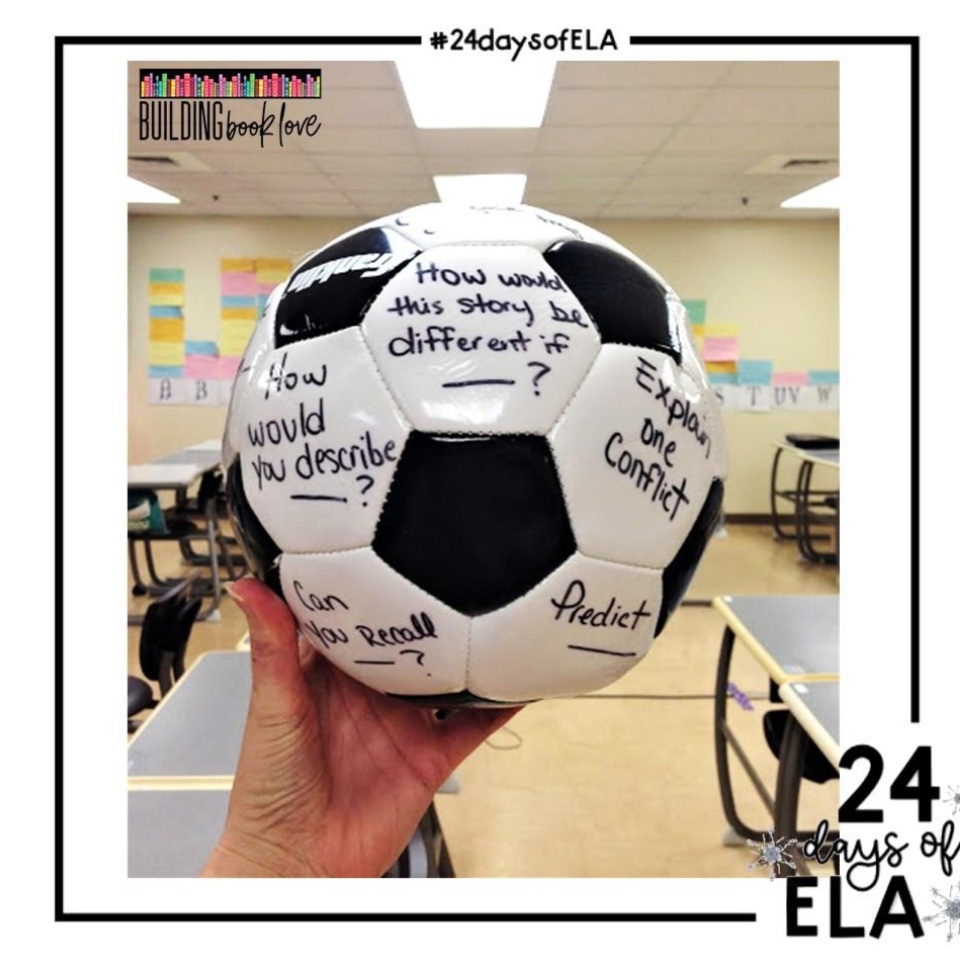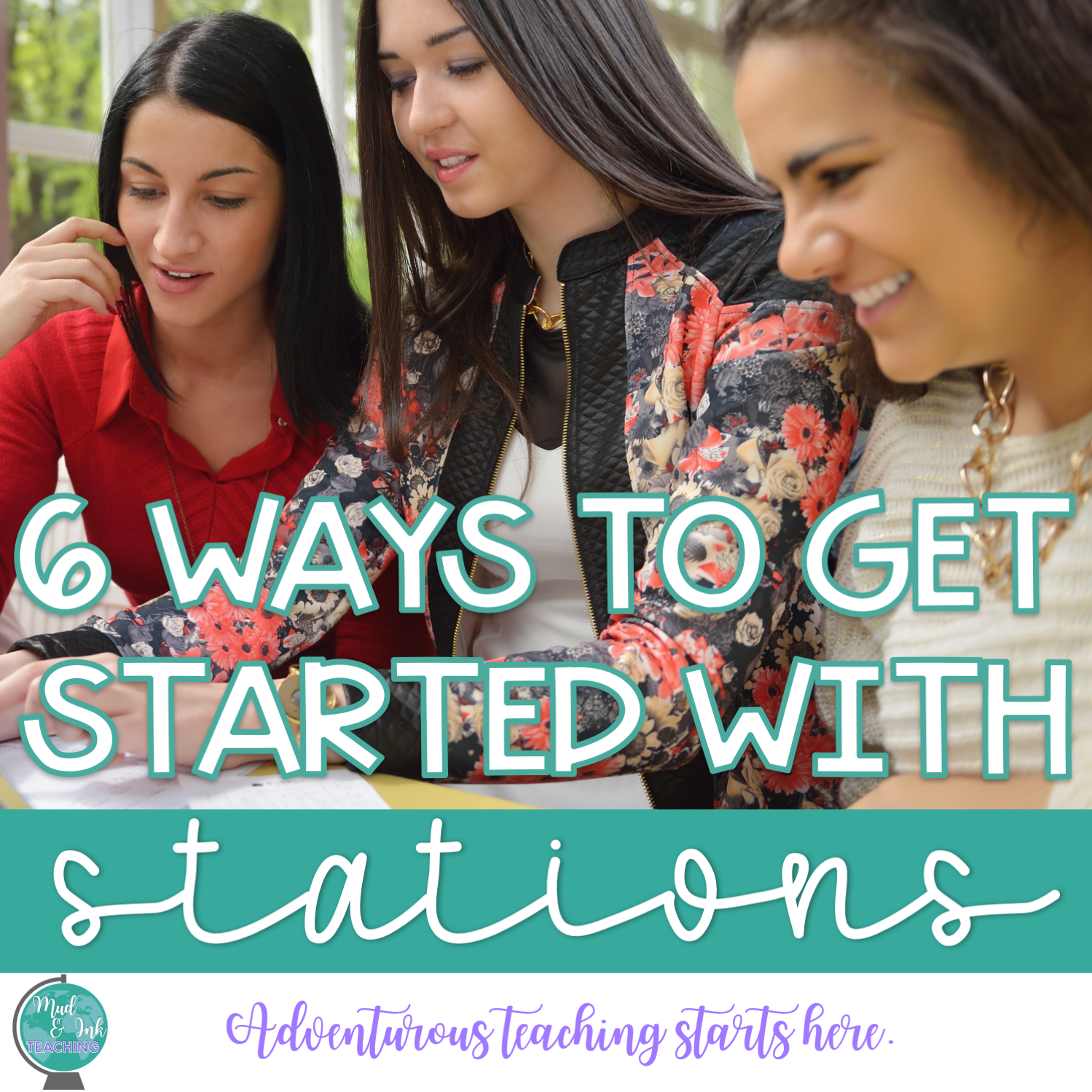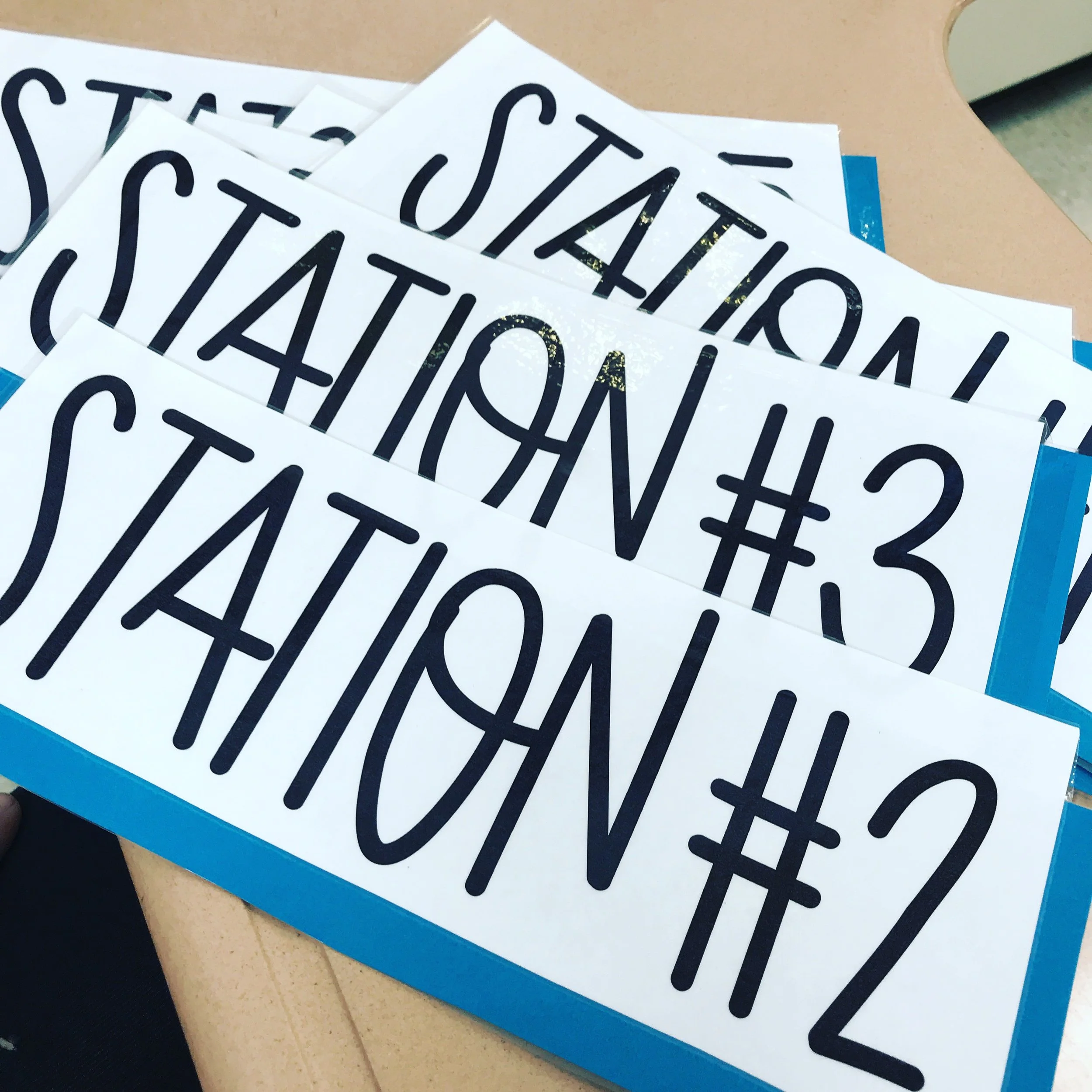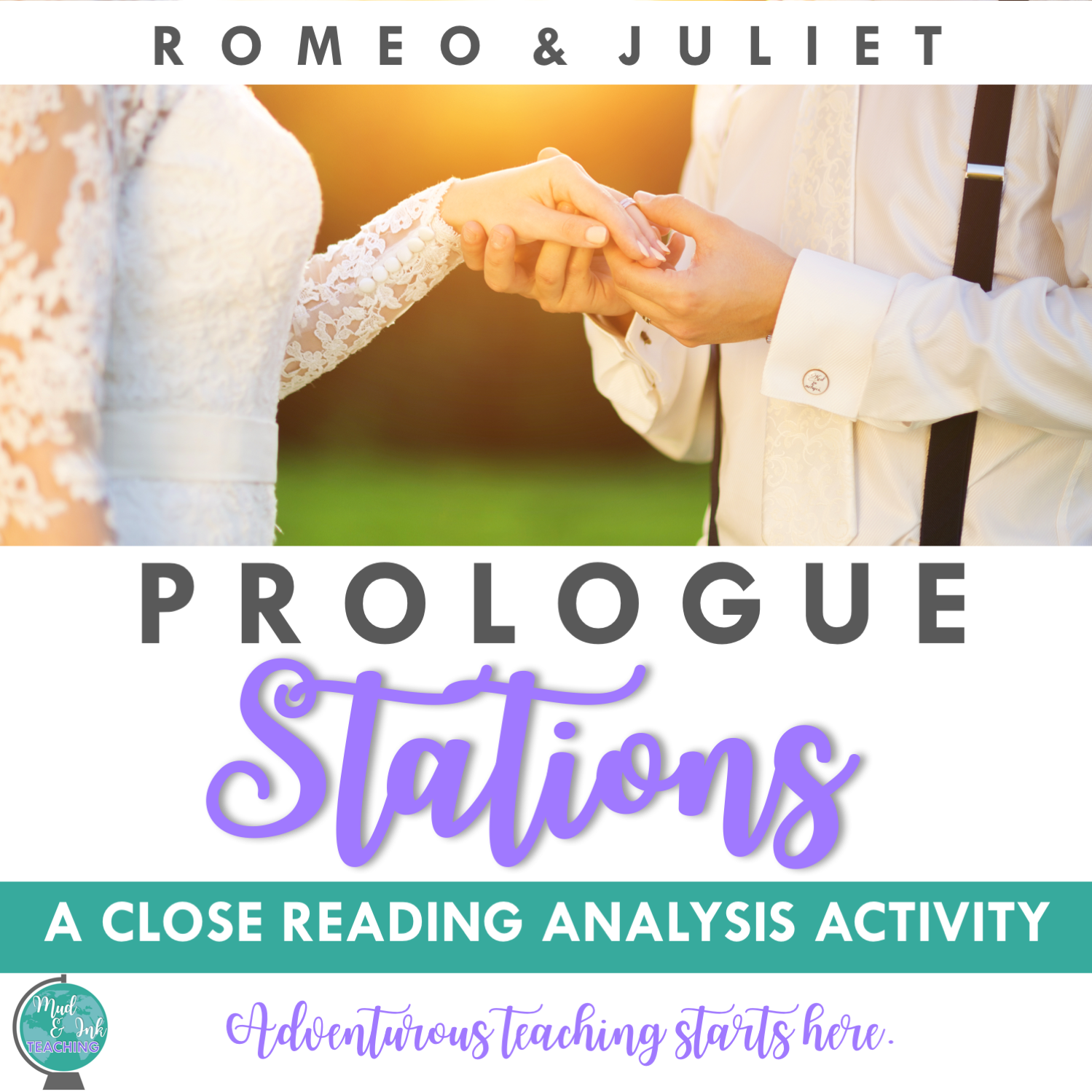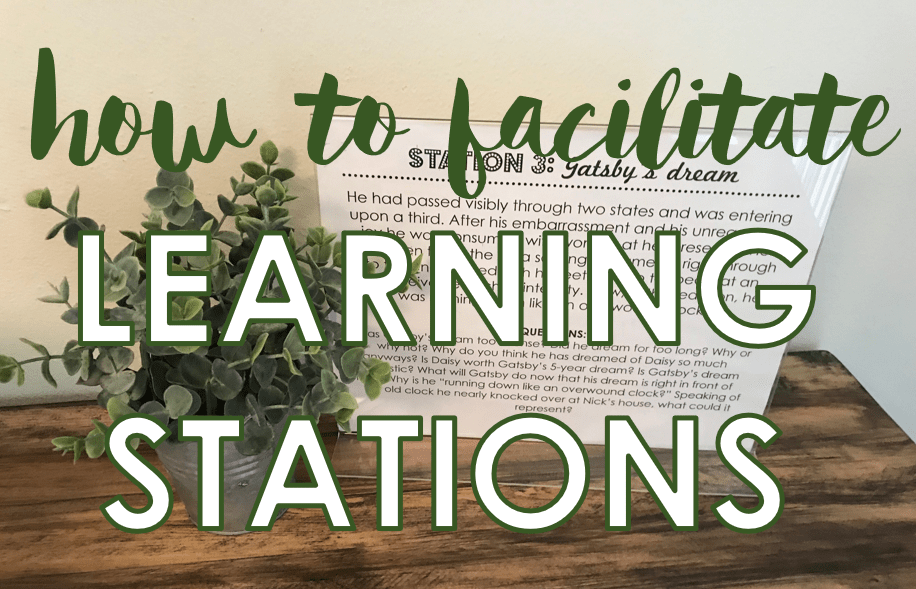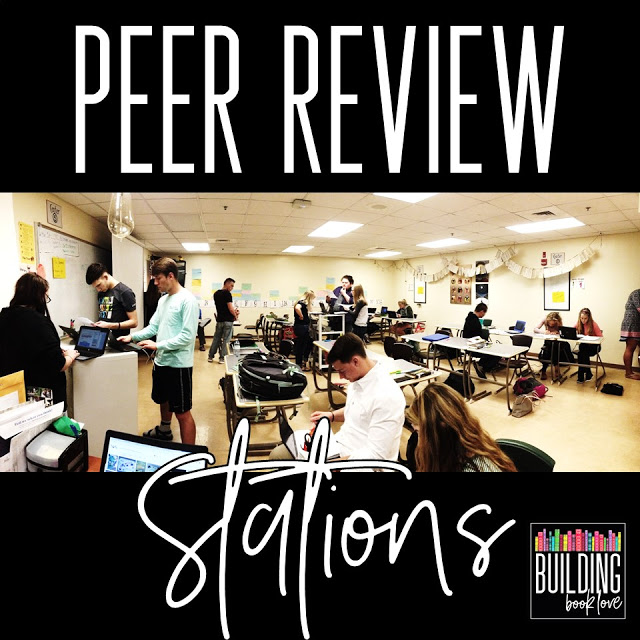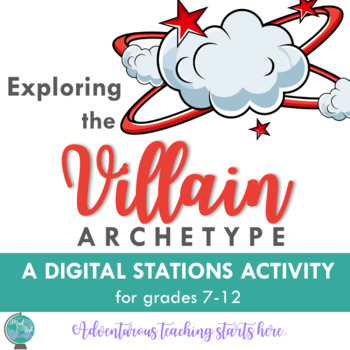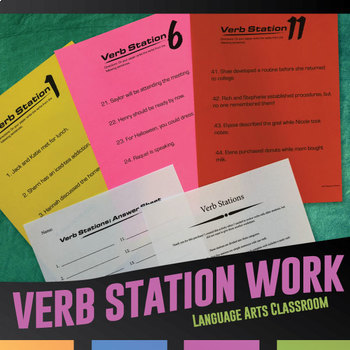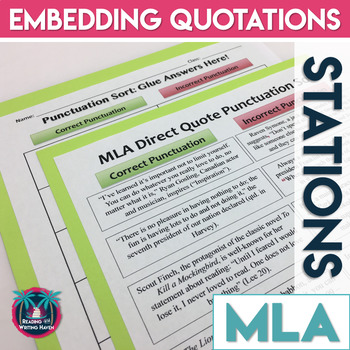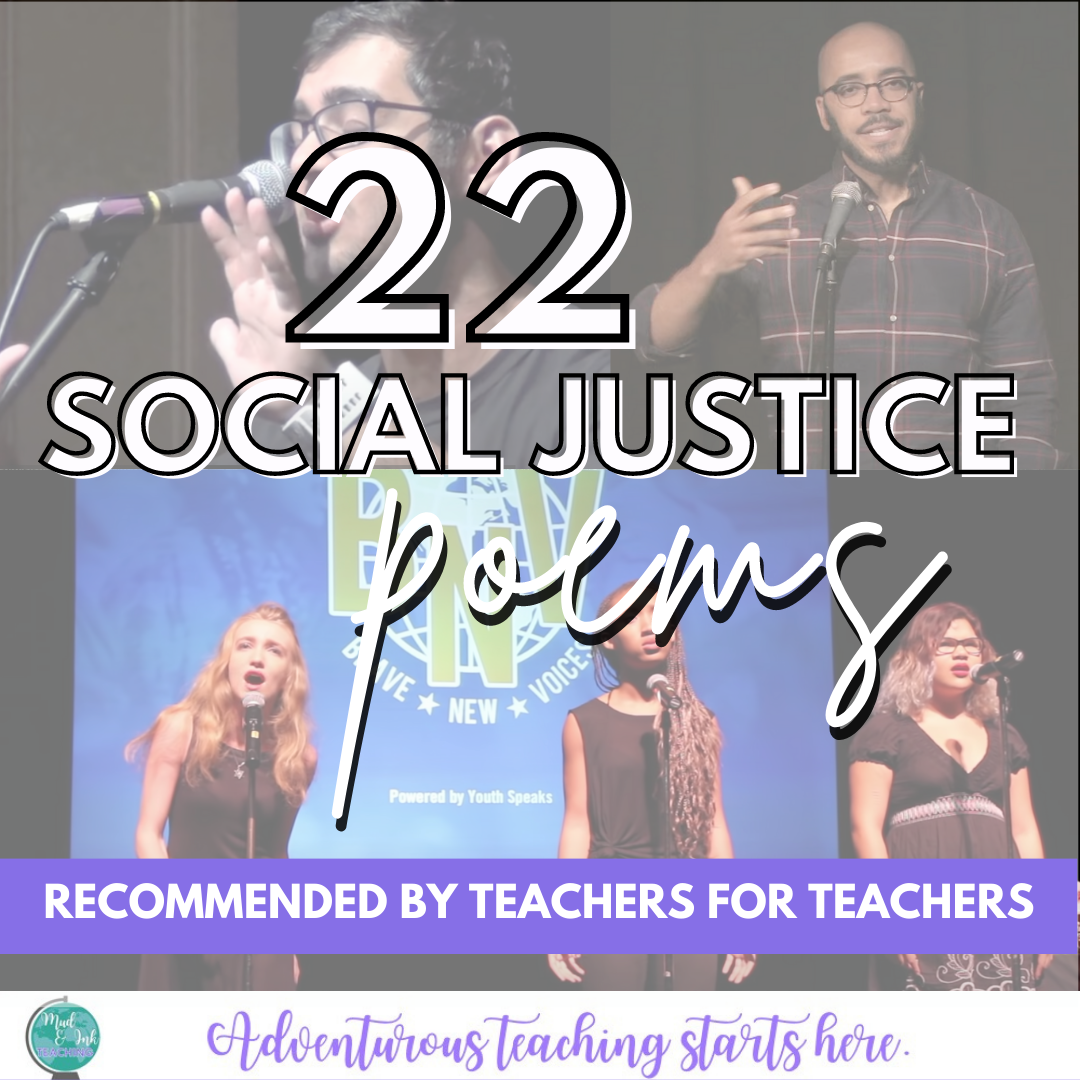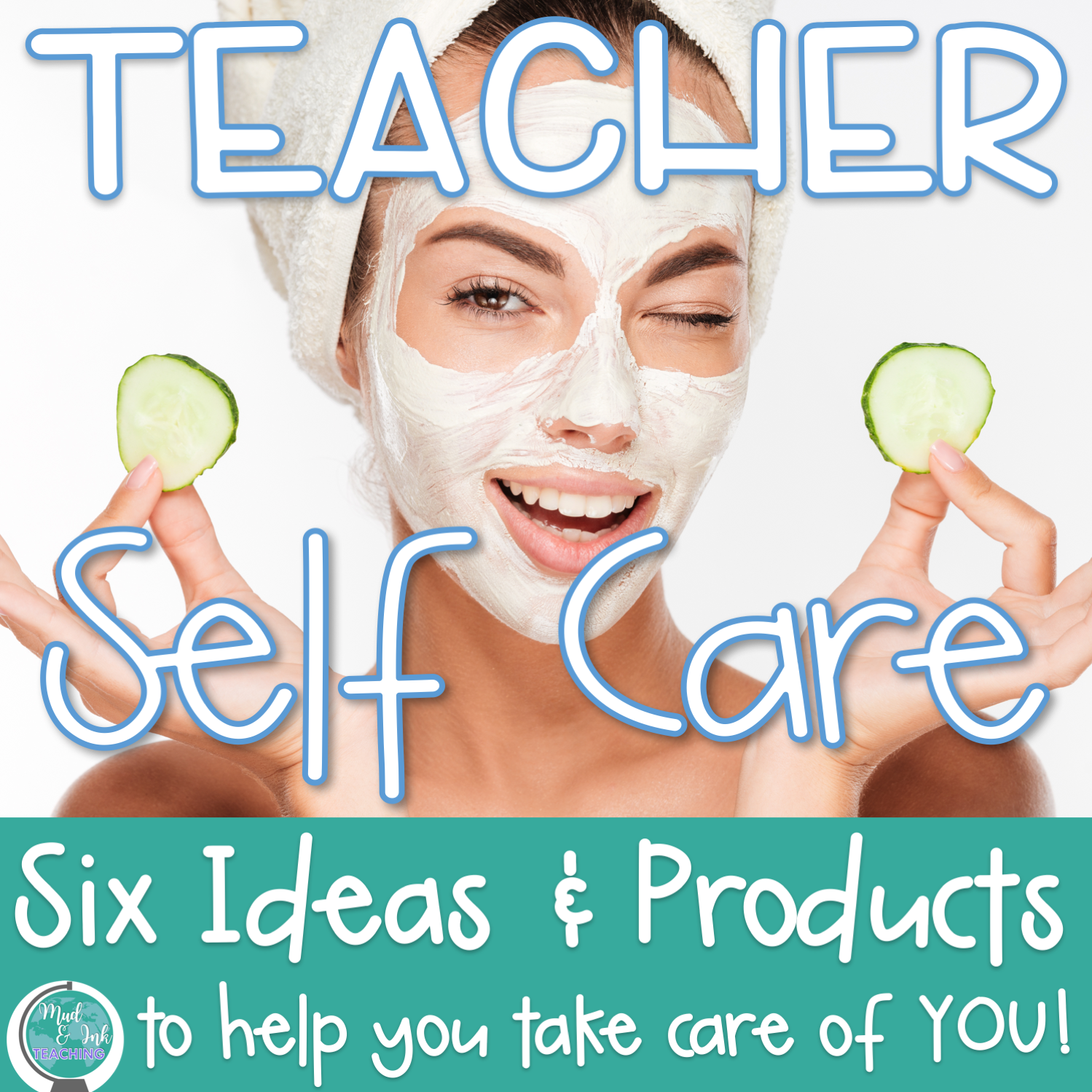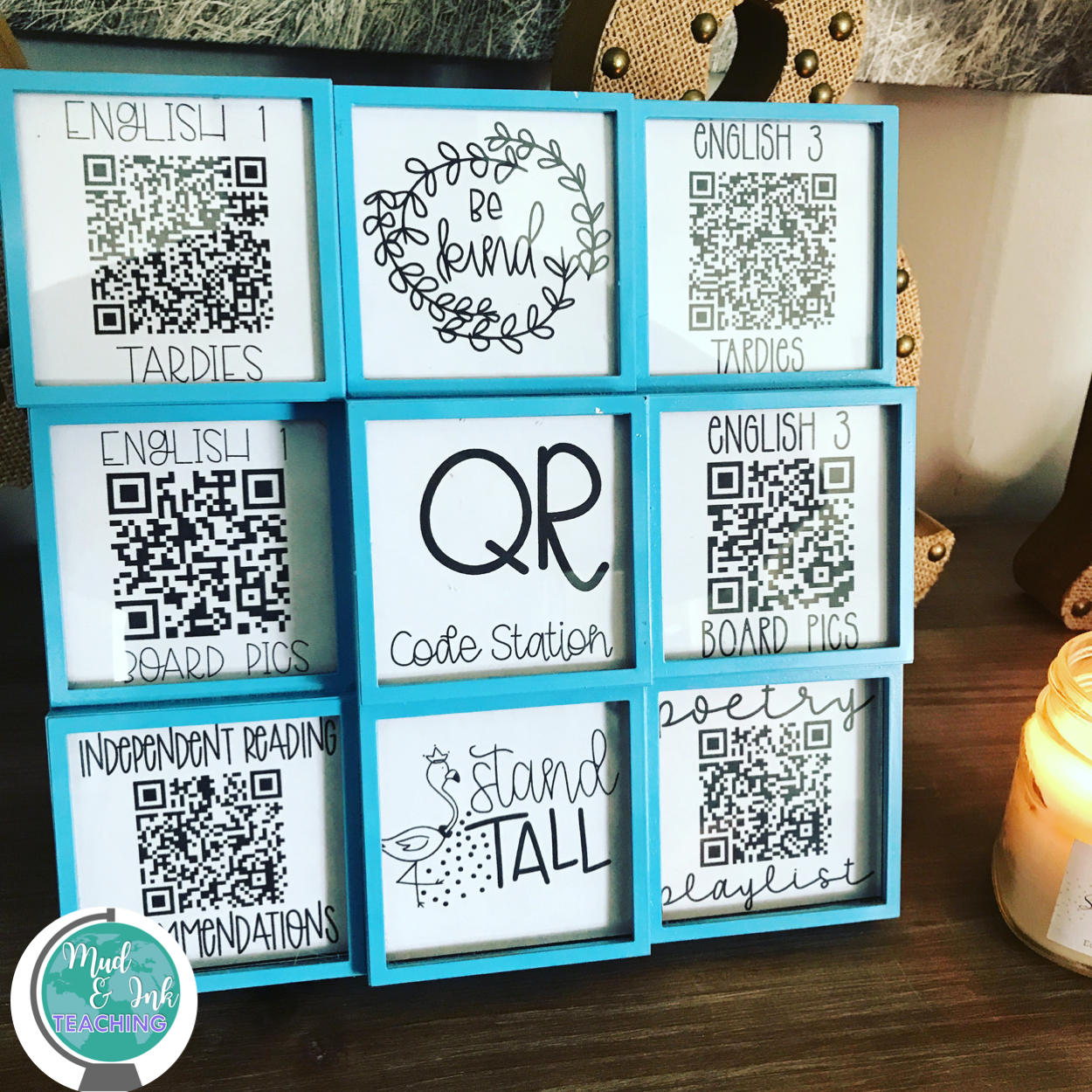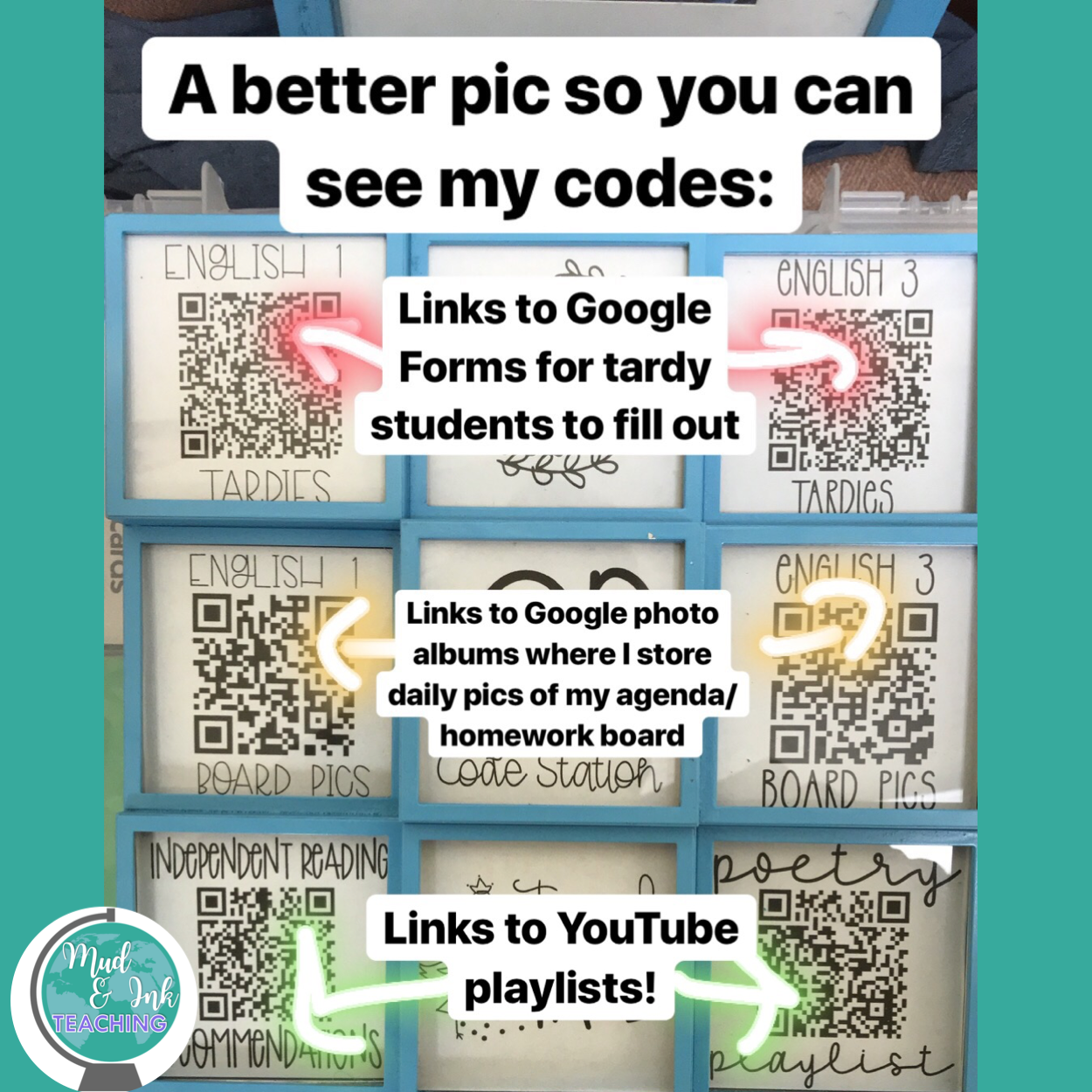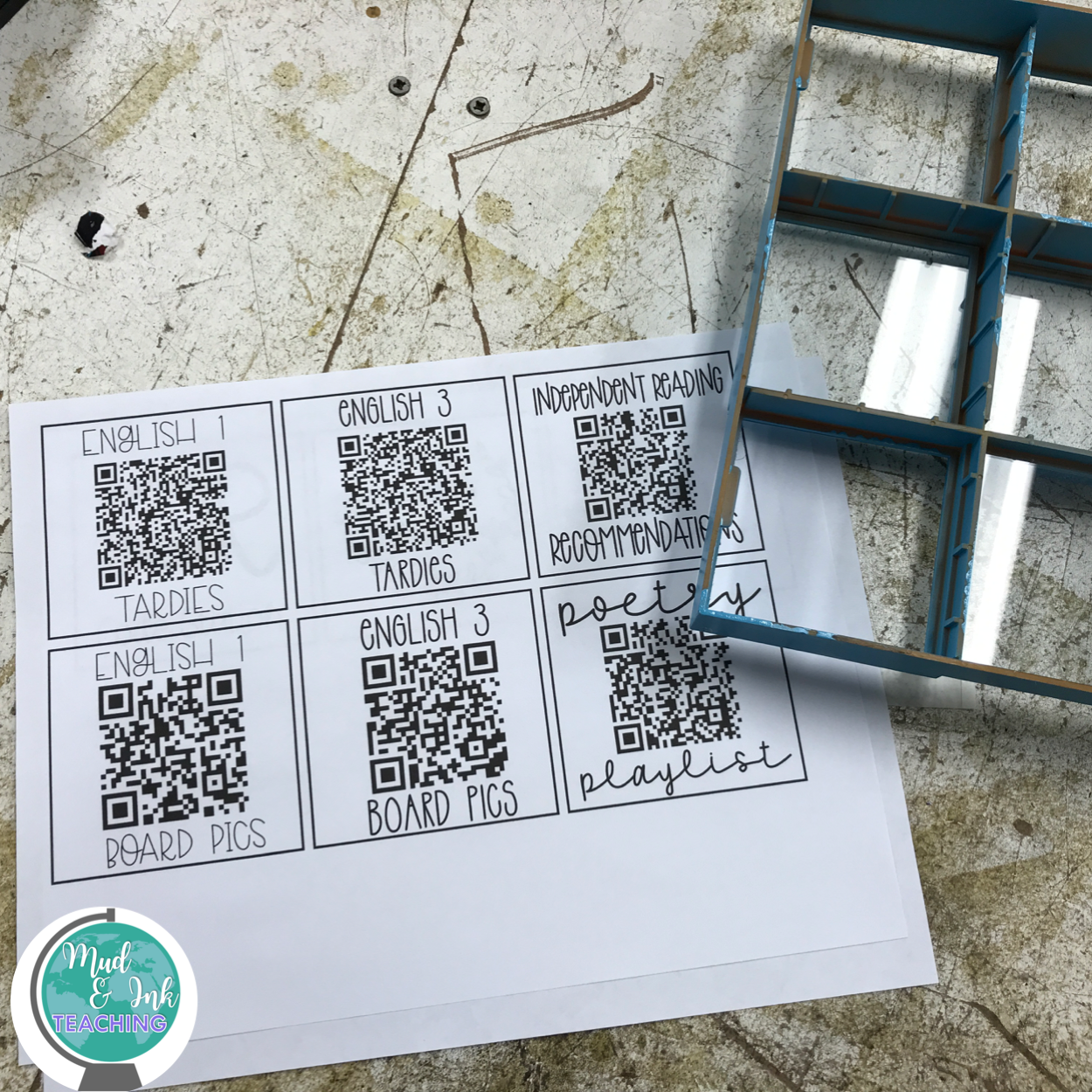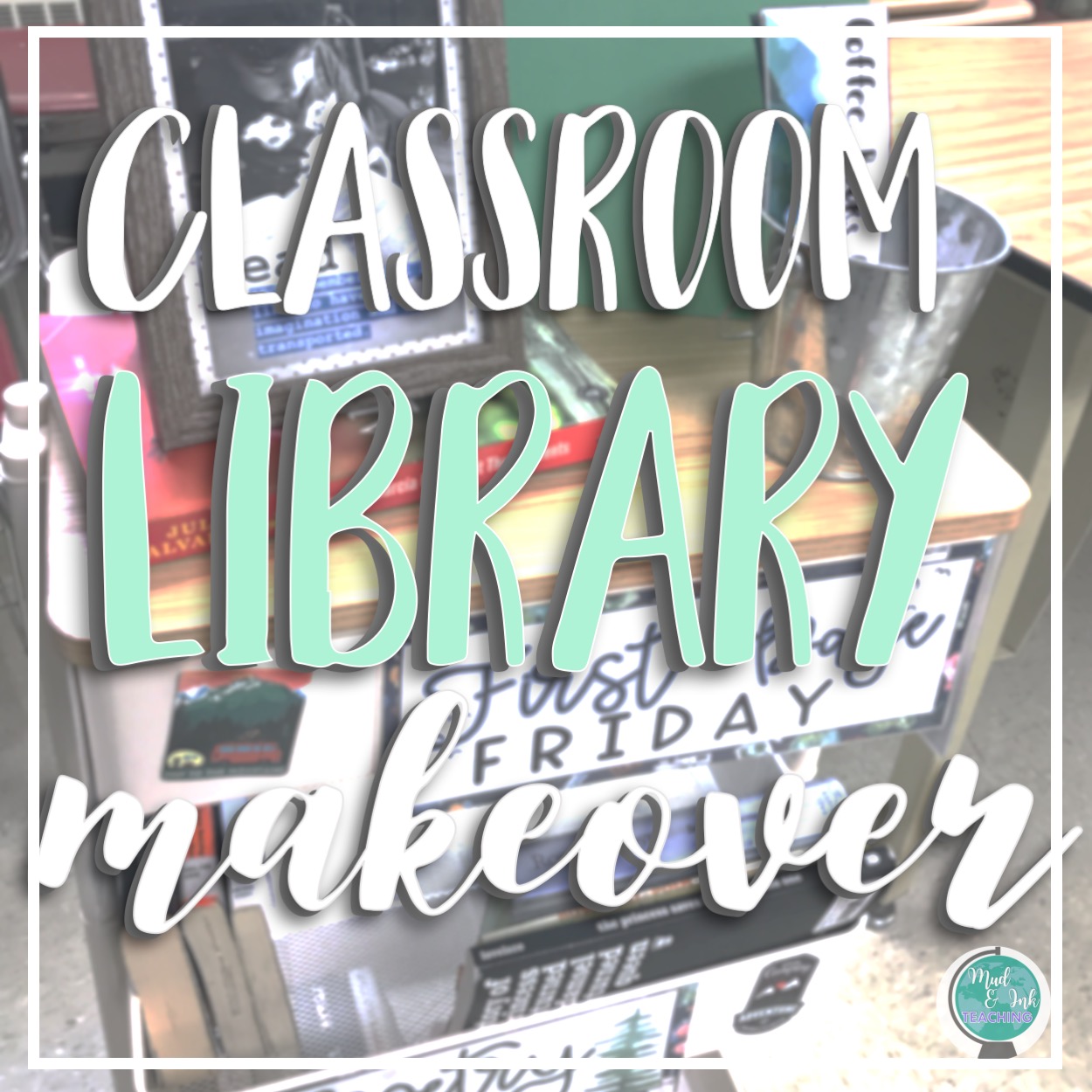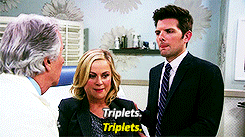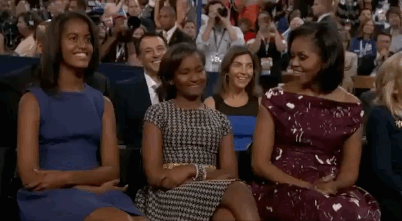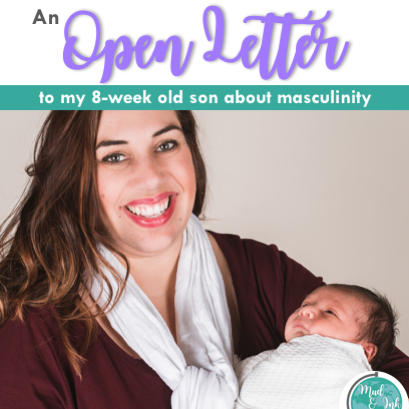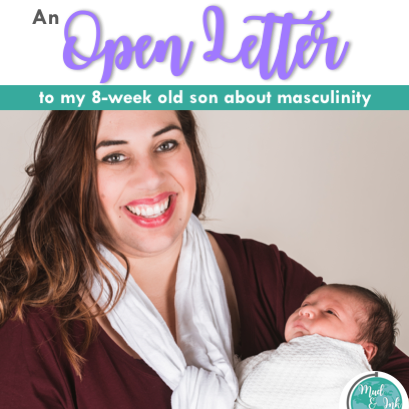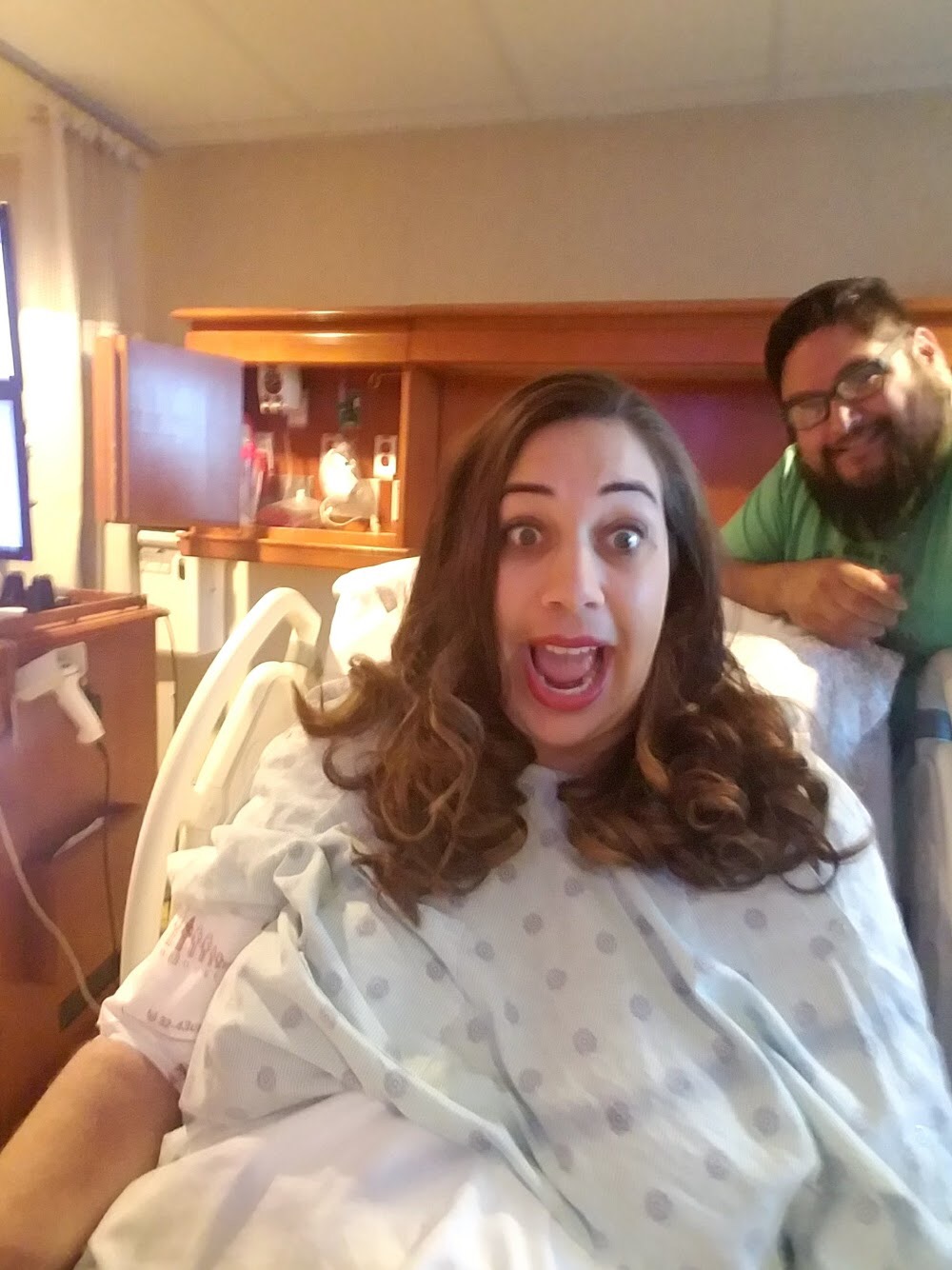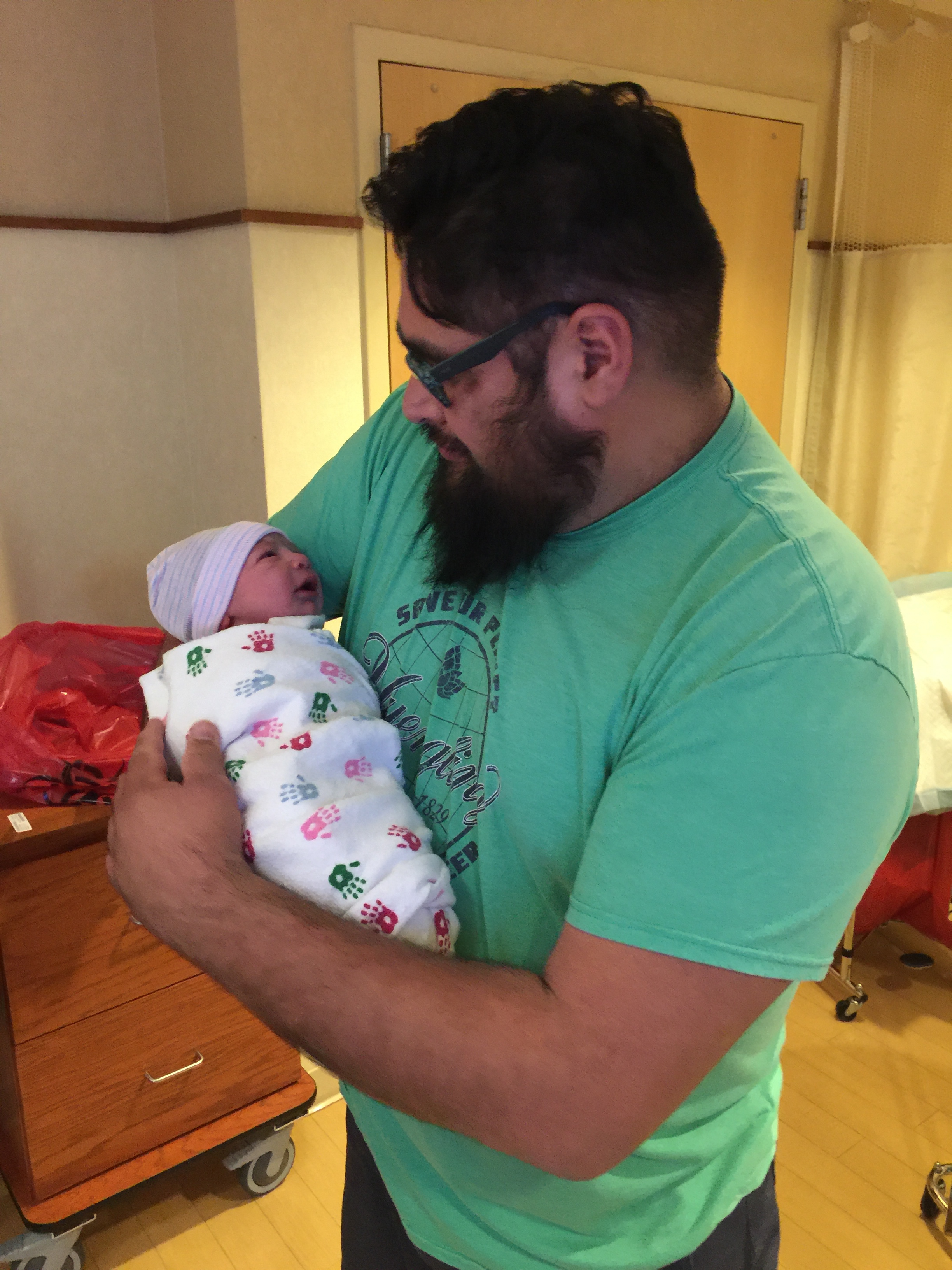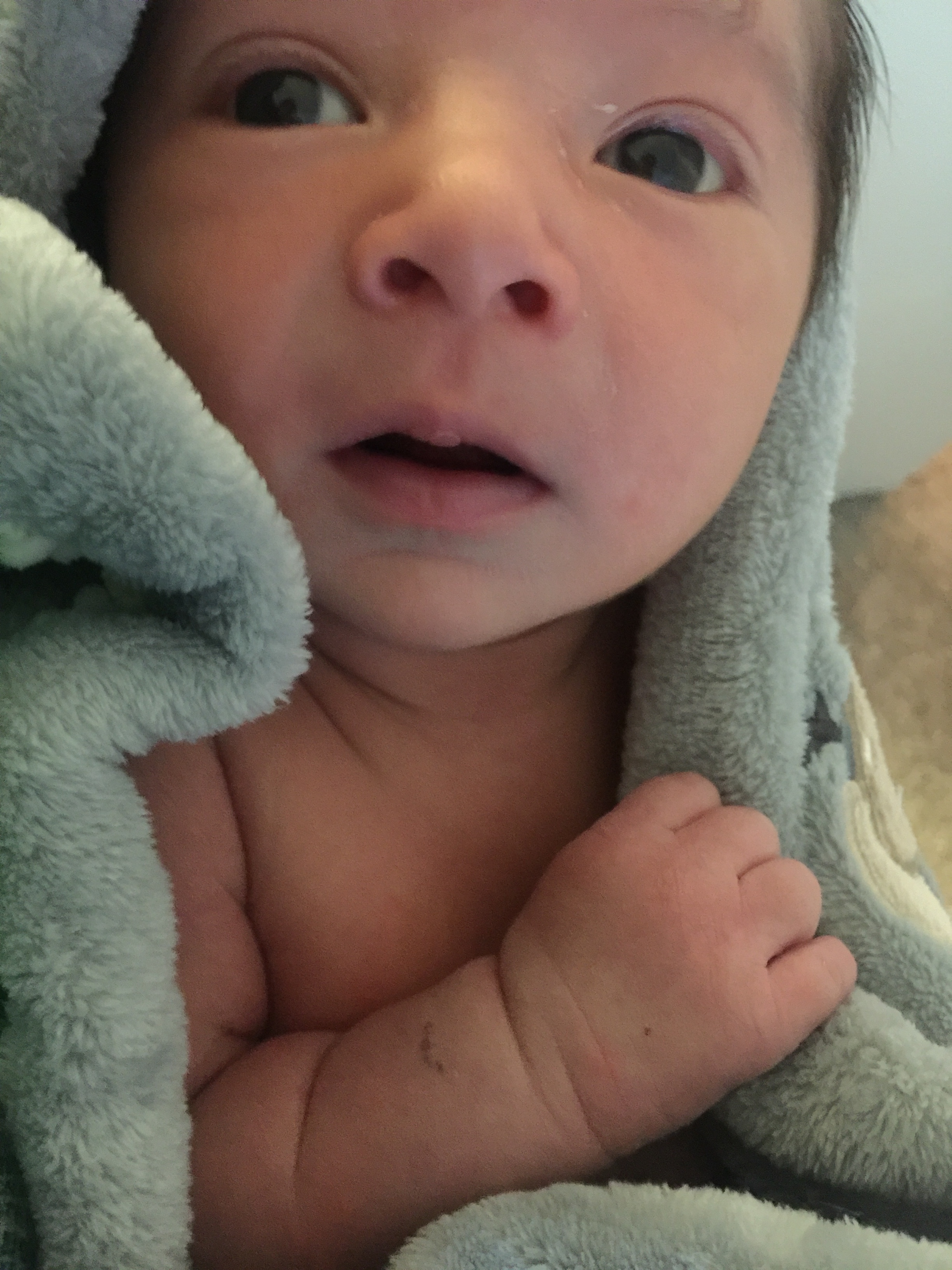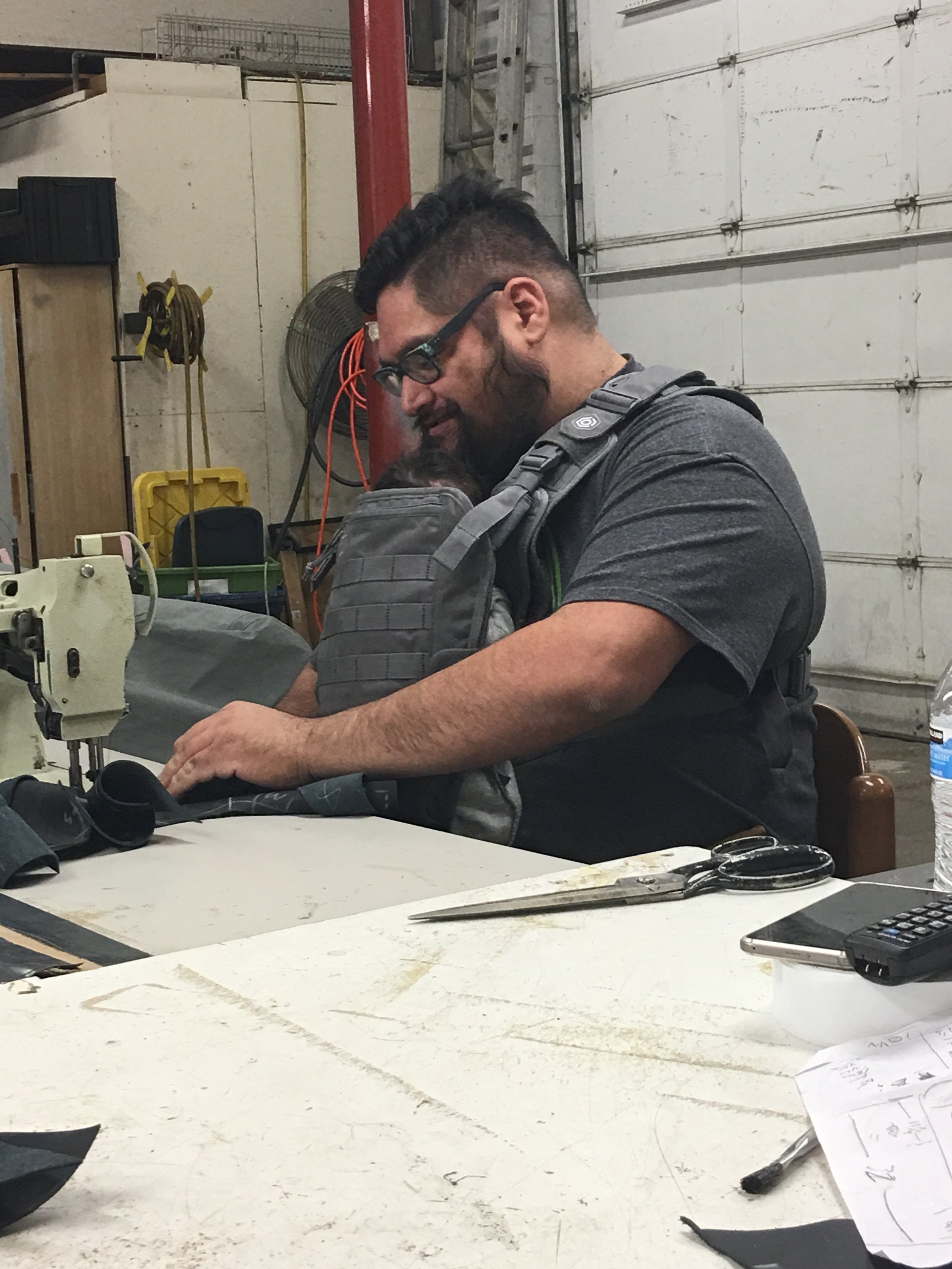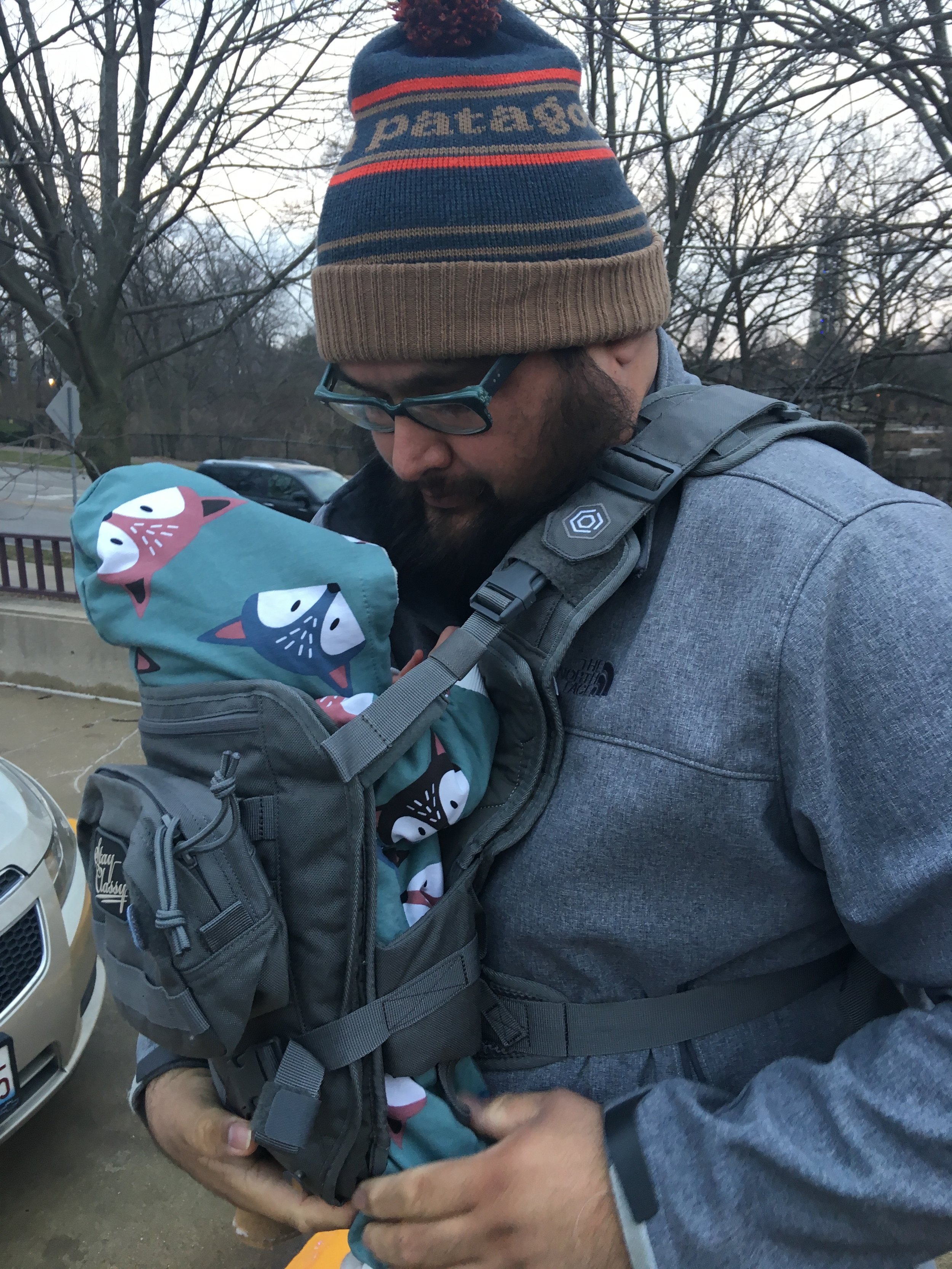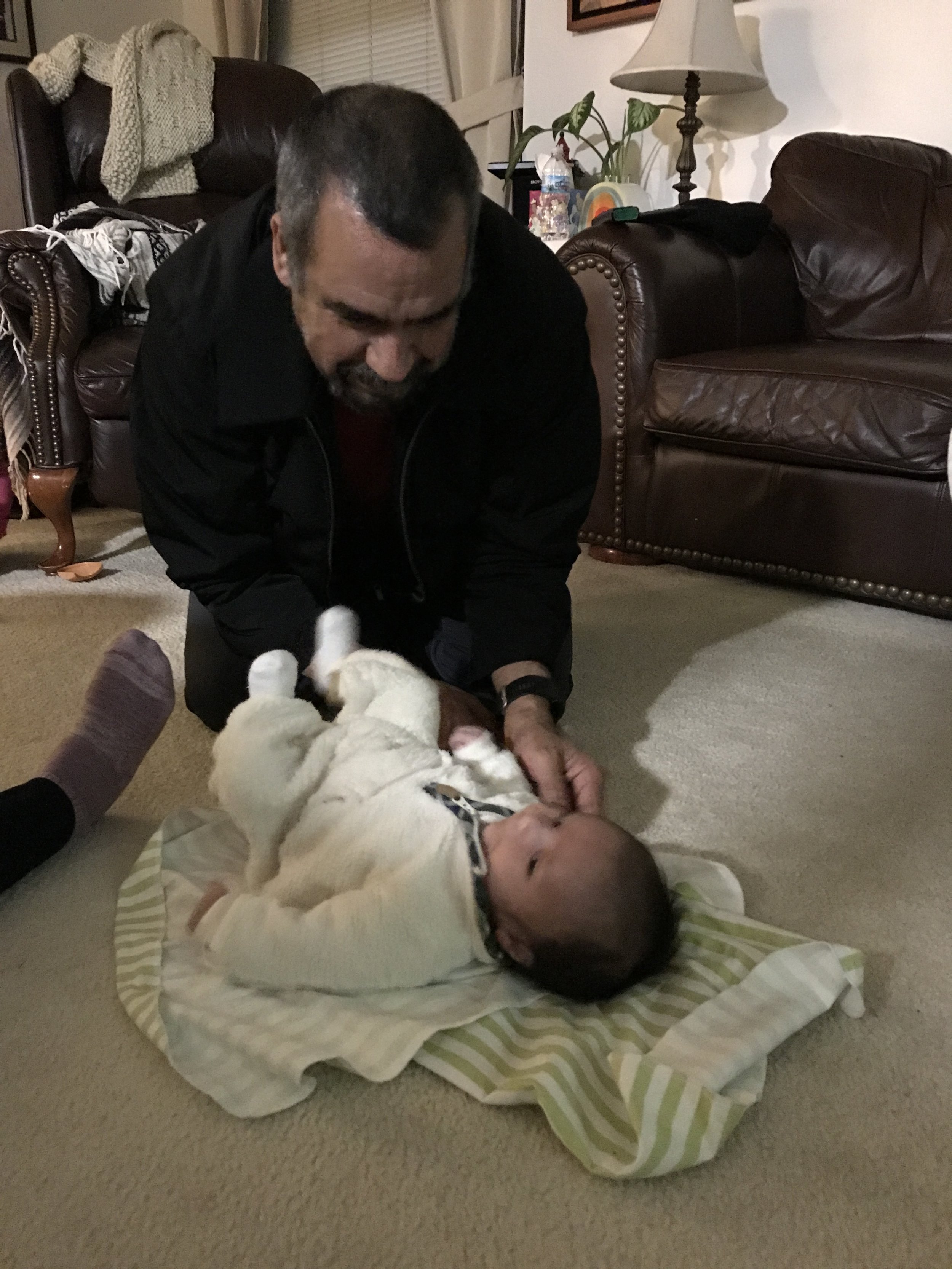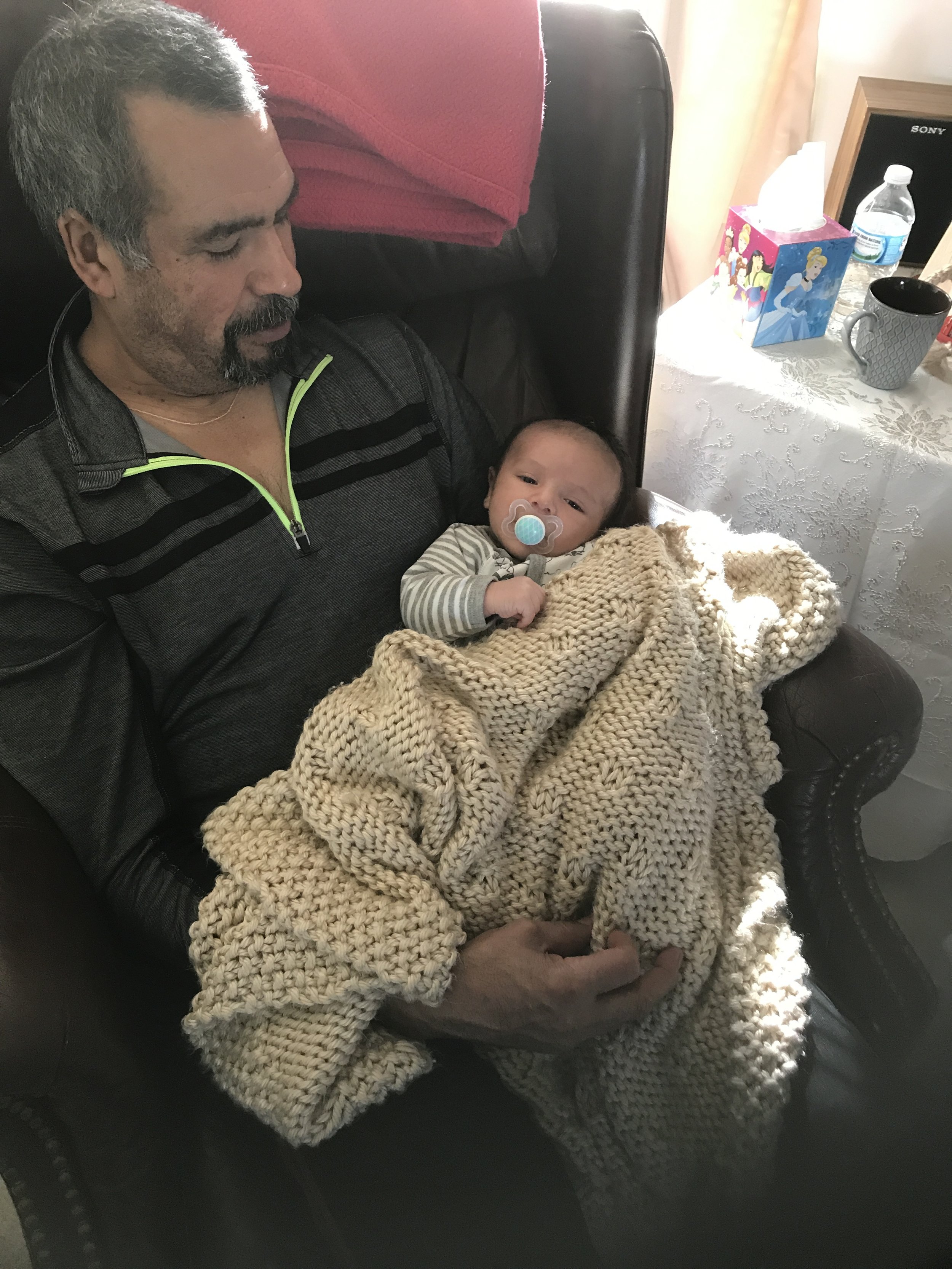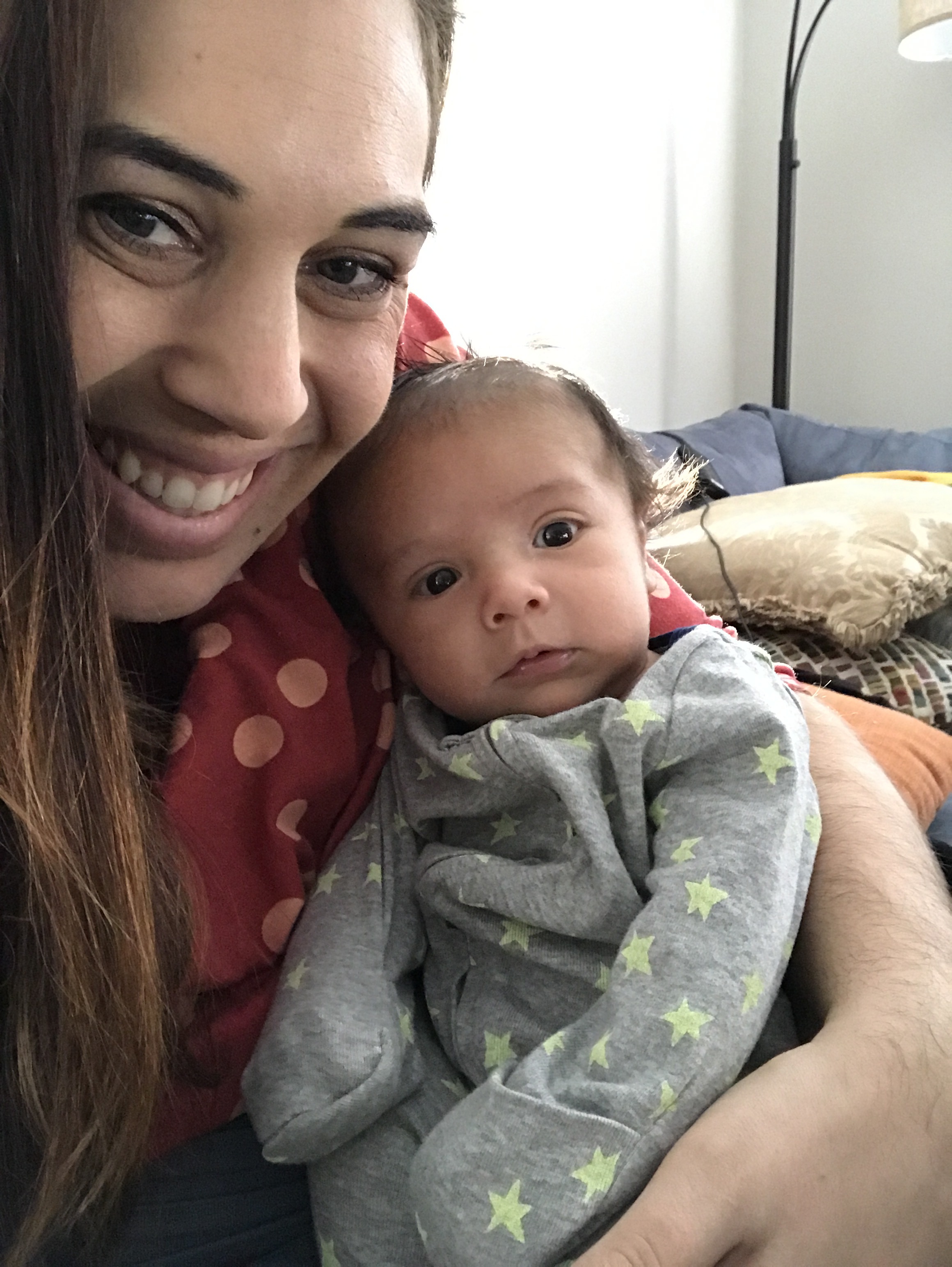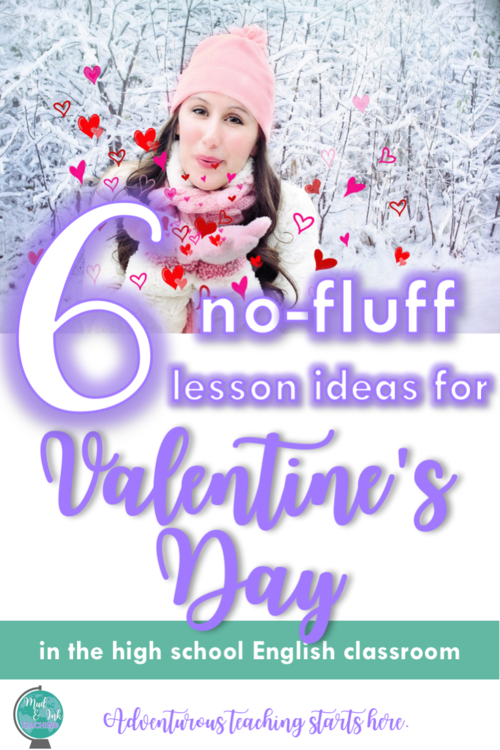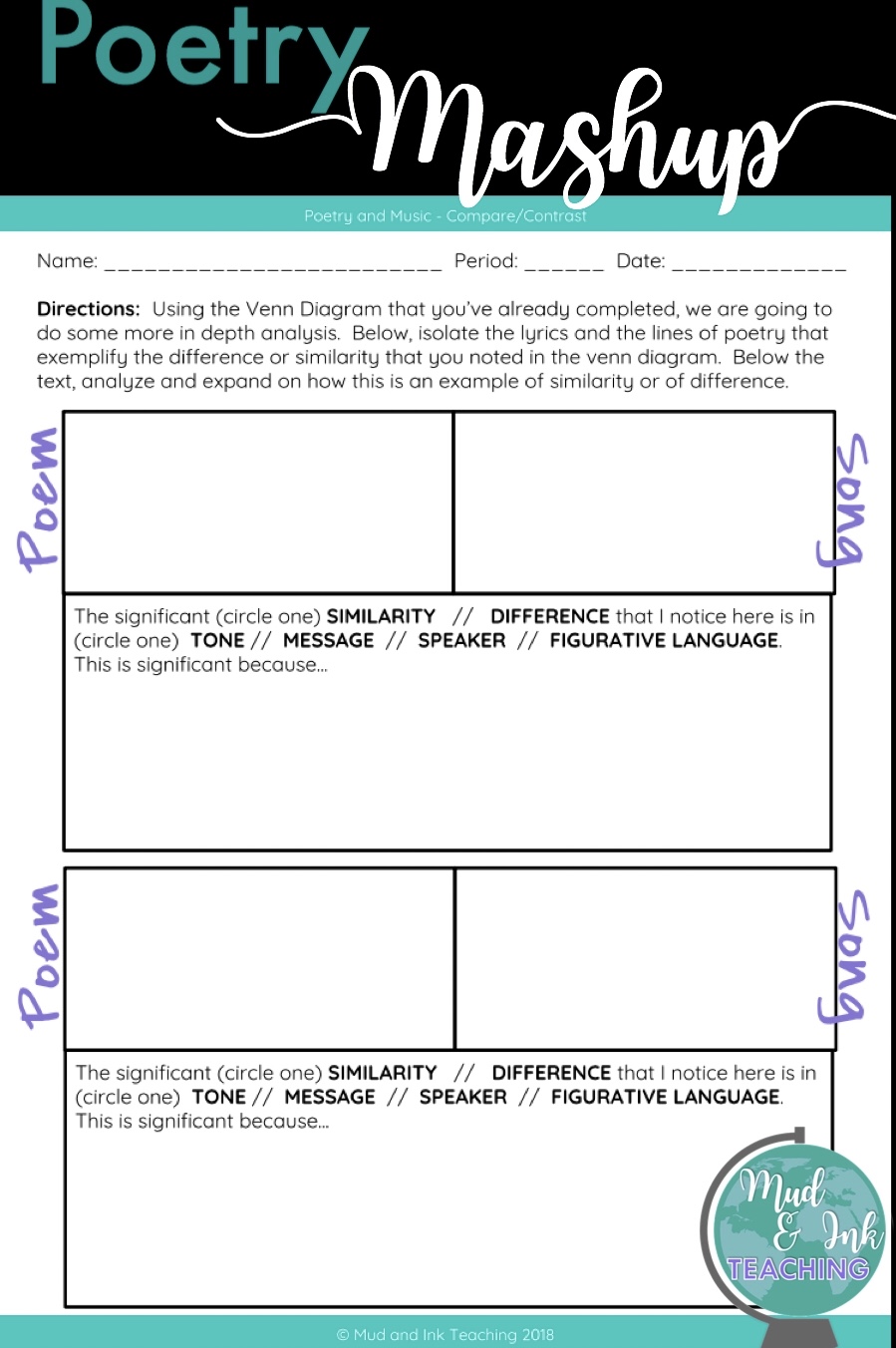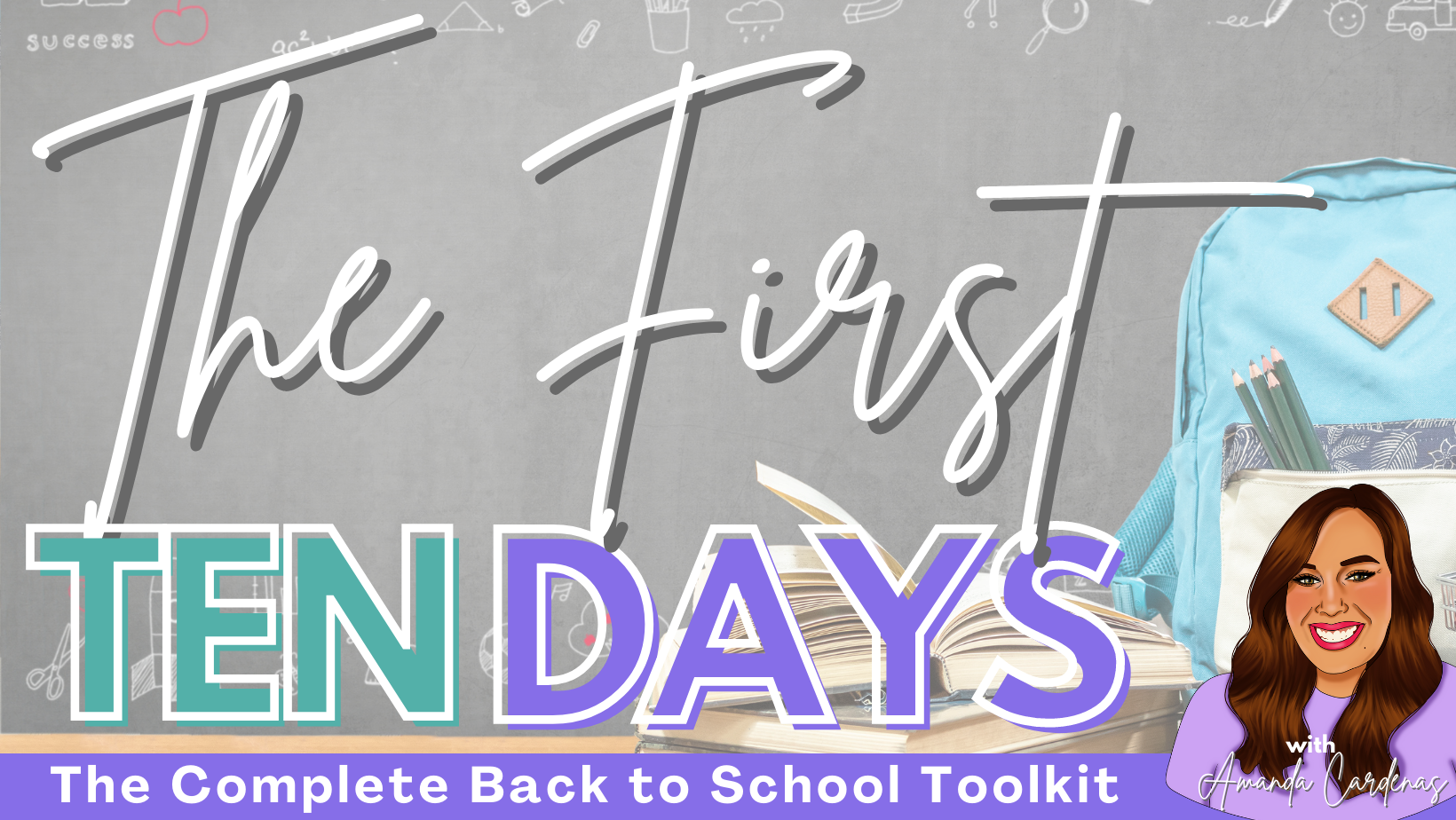
ADVENTUROUS TEACHING STARTS HERE.
The Literary Analysis Essay: A Teacher's Guide
Teaching essay writing is no simple task:
The pressure is on: this is a skill that students need, are tested on, and will need to harness for the next grade level all the way into college.
Students somehow forget what they’ve learned in between assignments. I mean...how many times do I have to teach you what CLAIM is?!?! We JUST went over it!
There are just TOO MANY skills all depending on each other. Every time we teach an essay, we feel compelled to teach and grade everything, from selecting best evidence to writing a correct MLA header!
Teaching essay writing is no simple task:
The pressure is on: this is a skill that students need, are tested on, and will need to harness for the next grade level all the way into college.
Students somehow forget what they’ve learned in between assignments. I mean...how many times do I have to teach you what CLAIM is?!?! We JUST went over it!
There are just TOO MANY skills all depending on each other. Every time we teach an essay, we feel compelled to teach and grade everything, from selecting best evidence to writing a correct MLA header!
You get the picture. We’re in this together. This article is the first in a series of articles that will break down into detail ways to handle these problems and to focus your instruction in a way that’s helpful to students and life-saving to your weekend hours with your friends, family, and social life!
CREATING A GAME PLAN
Design the rubric
You might be thinking, why is the first part of a game plan the last thing I look at in the process? Rubrics are for grading, so why make that the first step? Well, beginning with the end in mind is not only best practice in curriculum design, but it’s going to make the grading process (yes, the dreaded stack ‘o’ papers) a lot less painful! Here are my top tips for designing your writing rubric:
Design ONE rubric that you can use all year long. Yep. One that works for ALL kinds of writing or can have just one row adapted to fit the writing task. This gives students the opportunity to learn your rubric - to internalize each of the criteria and the feedback. When students know their rubric, it lets you lean on the language in the rubric more than leaving the same comments over and over again!
Use student friendly language. If the rubric communicates clear, concise writing goals, again, you can lean more on the rubric when it comes to giving feedback.
Eliminate points. Label your grading scale with a ranking scale that let’s students know where their skill level is - not how many arbitrary points they’re worth. You can still use points in your grade book, but on the rubric, they’re more distracting to students than helpful. I use “Distinguished”, “Proficient”, “Basic”, “Below Basic” and “Missing”. Other teachers use A-F or 1-5.
For your skill rows, try to group skills into big categories (think: holistic) rather than breaking things down into tiny tasks. For example, if you have two rubric categories, one for MLA and one for Grammar, consider combining them into an “MLA & Grammar” category. Again, this will help with providing helpful feedback that doesn’t take you weeks and weeks to come up with.
Stop keeping the essay question a secret
For a long time, it’s seemed like it was a big secret to find out what the essay question would be at the end of a unit. Knowing what we know now about curriculum design, it’s important to reframe our older perception of this experience. In my earlier years of teaching, I was also guilty of starting a novel without even knowing what the question was! I now call this “teaching into a black hole” and it’s just as scary as it sounds. We NEED to know what the assessment will be before we begin teaching the novel unit - PERIOD. Whatever the question may be, whether it is a literary analysis skill or based on the unit’s Essential Question, this question should be the guidepost for us as we are designing lessons all throughout the unit. Put the question on a bookmark. Discuss it at the beginning and middle of the story and see how student perceptions have shifted. Create annotation exercises around the question. Keep track of evidence using Google Keep. Ask different versions of the question in discussion, in smaller writing assignments, and for quick little homework assignments. The more exposure and practice the students have with the question, you’ll be able to spend more time on teaching writing at the end of the unit and less time making sure everyone understands the question and knows how to approach the essay. By the way, you’ll also read MUCH BETTER ESSAYS. You’re ensuring that your students are already thinking about and processing the essay all unit long.
Systematically plan your writing week
Instead of letting your writing week turn into a mish-mosh of drafting and brainstorming, create a specific goal for each class period leading up to the essay writing day. What are the skills (priorities) that require whole-class direct instruction? For me, those skills are claim writing, finding best evidence, and thinking through the structural packaging of the essay in an outline. So, when we finish our novel unit and are ready for writing week, my students go through a four day pre-writing workshop. Each day has a mini lesson, work time, and a homework assignment. I’d love to send you a copy of my calendar - sign up here!
Know the difference between grading and providing feedback
I know this is what everyone wants to know: what’s the secret ingredient in the quick-essay-grading sauce? Well here, the secret: grading fast depends on everything I’ve talked about prior to this: a well designed and clearly understood rubric, writing practice, and targeted lessons that precede essay turn-in make for a much faster and more focused grading experience for you. For me, grading is circling items on the rubric and getting that rubric back in the hands of students quickly (I collect on Fridays and hand back rubrics on Mondays). Feedback, however, comes in the form of a conversation that I have with students on the whole-class and individual levels.
To grade quickly, there are of course the practical tips: turn off your phone, isolate yourself from the outside world, and don’t start until you’re ready to chug through uninterrupted. Speed in grading is reliant on the rhythm you develop as you read responses one after another. You’ll start to see your students papers holistically and you’ll even start to see your class as a whole. This is the goal: let go of the nitty gritty issues in grading full papers. Hone in on subject-verb agreement and other grammar and style based details when students write shorter pieces. If you have a grammar or MLA component in your rubric, make it worth the least amount of points. You want to make sure that you can quickly, almost at a glance, assess the OVERALL quality of each category. If you can let go of how annoyed you are to see ANOTHER lowercase “daisy” in your stack of The Great Gatsby papers, the faster you’ll move. If the errors are distracting (overall) students should receive a lower score in that category, but you need to free yourself to move on to the bigger issues. Does the claim build and stretch throughout the paper? Did the student create a cohesive argument? Are the chosen pieces of evidence convincing and well analyzed? These are the things that deserve your attention.
When you’re ready to get down to business, allow yourself to read, circle the rubric, and repeat. Don’t slow down. Don’t second guess yourself. Don’t write a single comment. Get in the zone and start to absorb the papers. After about 10-15 papers are read and rubrics are circled, add a few quick notes to a post-it on some of the common errors that you’re noticing. Remember, try to leave the grammar and style issues alone (unless they’re rampantly glaring!) and focus on the bigger picture writing skills that you’ve been practicing. If you’re noticing that students are struggling with something that you haven’t really taught, first, you shouldn't be surprised, and second, there’s no need to critique it now. Put it on the list to teach for the next round of writing. You don’t need to cover everything in every paper - focus on the priorities you set out from the beginning. I use these common errors as discussion points in each of the reading conferences that I have after essays are returned.
I hope these ideas can start a thought provoking discussion in your department or on your curriculum teams. Share this article with your teacher bestie and have a debate. There is so much more to say and I promise more is to come in this series. Let me know your thoughts in the comments below or come over and hang out with us on Instagram @mudandinkteaching.
Want a copy of A Teacher’s Ultimate Guide to The Literary Analysis Essay? I’ve got tips and a two week calendar all arranged for you in a printable PDF. Just tell me where to send it below and I’ll keep you in the loop about future posts and conversations on this topic.
How to Teach a Long Novel
No matter whether you love or loathe the long novel you teach, the same struggles pop up every time we come around to teaching it year after year. For me, it’s To Kill a Mockingbird. It’s a 400 page monster! It’s fun dawdling around with setting and making maps of Maycomb and then rolling through Boo Radley anecdotes. Before we know it, August has turned into December. I’m kidding, of course, but time truly does have a way of slipping away as we work through a long text. And there’s nothing worse for kids than dragging out a book for too long! Here are my best suggestions for getting through your version of my Mockingbird.
How to Teach a Long Novel:
Keeping Readers Involved & Engaged
No matter whether you love or loathe the long novel you teach, the same struggles pop up every time we come around to teaching it year after year. For me, it’s To Kill a Mockingbird. It’s a 400 page monster! It’s fun dawdling around with setting and making maps of Maycomb and then rolling through Boo Radley anecdotes., but before we know it, August has turned into December. I’m kidding, of course, but time truly does have a way of slipping away as we work through a long text. And there’s nothing worse for kids than dragging out a book for too long! Here are my best suggestions for getting through your version of my Mockingbird.
Start with a killer Essential Question
An Essential Question is the cornerstone of a great unit, no matter how long the novel is, but when working with a long text, having an essential question helps serves as an anchor point that keeps everyone focused. Leading into your novel with an essential question helps answer the question “Why are we reading this book?” and helps you decide which lessons to teach and which to leave out. For more ideas that will help you get started with writing Essential Questions, check out this blog post!
Consider teaching PARTS rather than CHAPTERS
For a long tie, English teachers have subscribed to the instructional method of assigning chapters for homework followed by reading quizzes. This is pretty much (with some variation) what I do with The Great Gatsby, but it’s only nine chapters long! Assigning chapter by chapter reading in a book with 20+ chapters, to me, seems to make the reading already feel like a chore. Consider this: break the reading up into larger parts and give students more time to read. These parts might already exist in the novel or you can make them based on the page numbers that need to get covered. Now, students are reading Part One over a 1-2 week period, giving you a larger territory to use for bigger picture, thematic lessons, and students have more autonomy about where and when they get their reading accomplished.
This method often makes teachers panic. Here are a few of the concerns I always hear:
What if the student’s don’t read? Well, the truth is, students probably weren’t going to read your nightly assigned chapters, either, so we have to think about solving that problem in other ways. Why not give them the sense of independence by only having three “assignments” due rather than fifteen?
Won’t it be too hard if I don’t check in more often? Use your best judgement because, yes, this might be the case. There are a lot of texts, however, that benefit from understanding the big picture rather than zooming in on every single detail. Mockingbird is a perfect example of this. I’m really not concerned with students having a perfectly accurate read for every single chapter or every single character. What’s really important to me is getting to the point in the novel where we can start to have really serious conversations about justice, privilege, and symbolism. If we stop to examine every prank the kids pull on Boo, we’ll never get there. By grouping those chapters all together, we’re likely to come together as a class at the end of the allotted time for reading and hit the major ideas.
Won’t they forget about specific details? Think about the first time YOU read a book. Did you catch all of the details that you’re so desperately holding on to for your students right now? Probably not! We need to give ourselves permission to not feel the burden of “covering” every single magnificent literary moment in a text. Stick to the details that illuminate your essential question and if some of your favorite lines or moments get glossed over, IT’S OKAY! Remember, we’re teaching teenagers with shortened attention spans. We need to pick the best of the best, get in and get out! Just keep swimming...
Casually check in with reading progress using Google Forms/Classroom
Especially when I give a lengthier chunk of text for students to read, I like to send them a quick little (ungraded!) check in. I simply create a Google Form that asks students things like this:
About how much of the reading have you completed? (0%; 25%; 50%; 75%; I’m done!)
What points of confusion have you found so far?
How can I help make the reading more clear for you? More enjoyable?
Which character do you like the best so far? Why is that?
Are you liking the book so far? Why or why not?
Questions like this are sneaky :-) Students who are really reading will voice their concerns and give you solid answers and you’ll get great insight into a students’ reading experience. On the other hand, students who are not reading or are struggling with the reading will reveal that pretty clearly, too. This gives you a chance to pull a student aside individually and talk to them about what’s hindering their reading progress. You’ll be able to catch issues before your reading quiz or before the due date for the assigned reading.
Set up a reading calendar...and stick to it!
I know this sounds basic, but it’s the best way to keep your pacing on track. Make your calendar, print it, hand it out to students, and post it on Google Classroom. Your close reading lessons could also be included here, helping to establish a practice and develop a routine. This calendar commits you to finishing each piece of the novel on the timeline you established in your initial planning. Sure, you can always make adjustments if you have to, but for the most part, having the calendar will force you to keep moving. I’m the first to want to extend a chapter after I had a great idea in the shower the night before, but then my units turn into twelve week long nightmares! Make your calendar and stick to it.
Offer multiple types of assessment formats
If you want to keep the energy moving, assess the students with some variety. Here are a few things that I like to incorporate:
Two Truths and a Lie: Just like it sounds - give the students two true statements about the reading paired with a lie and let the discussions begin! It seems very elementary on the surface, but once students start debating, be prepared for some really thoughtful discussion.
Door Quizzes: I like to throw “pop” door quizzes every now and then. In this type of quiz, students are stopped at the door with a quick and easy comprehension level question and students cannot enter the door until they can answer the question . If they get an answer incorrect, they stay in the hallway, take out their books, and reread until they can figure out the answer! Students who get the answer correct are allowed to enter the classroom. Once inside
FlipGrid: Simple questions about character and plot take on a whole new energy when they’re answered on FlipGrid. Ask the easy questions or do something more adventurous like putting students into small groups or pairs to reenact a scene!
Socratic Seminars: circle up the desks and let’s get talking! Socratic seminars come in many shapes and sizes, but here’s why they’re great for long novels: big picture questions can be answered from so many different places in the novel. With shorter texts, sometimes students repeat similar examples to answer questions, but with a longer novel, students have more to draw from. Bonus? Grade on the spot as students are talking - no take-home work for you!
Sesame Street Quizzes: They’re by far and away my favorite type of quiz. Listen to the Brave New Teaching podcast episode that walks you through them and share your info below and I’ll send over my quiz template and practice lesson!
Stagger the unit with high interest non-fiction, poetry, and visual text
I know this sounds contradictory: add more reading to the unit with the longest book. While that’s true, we know that we also need to keep our texts relevant. Clips from movies with strong connections, news articles from around the world, and poetry that speaks to the experience of a character all make for a more enjoyable reading experience and help build connections for kids as they read. Also, these text might be the ONLY text that are read by certain students. Remember those kids we talked about earlier? The ones you’re worried won’t read the book? They might not be reading as much as you hope, but they WILL close read a poem with you in class. They WILL talk about the article that you put in front of them that makes a connection. Sometimes, these little moments inspire kids to want to know what they’re missing in the novel and offer important big picture considerations that might be missed otherwise. With To Kill a Mockingbird, I love to show the documentary 13th from Netflix and read about the wrongful imprisonment of Kalief Browder.
Hopefully, these ideas can make teaching your long novel a joyful skip through a field of wildflowers instead of trudging through the 8th circle of hell. Trust me, I’ve been there! What are the long novels that you teach? What struggles to you face? What strategies have you tried that have worked well for you? Let us know in the comments below!
SHOP THE MUD AND INK TEACHING STORE
Teaching Annotation with Google Keep
Over a decade of teaching, I feel like I’ve heard it all! This year, however, I feel like I’ve found a new and sustainable way of reframing how I look at annotation. Yes, it does involve some tech, but don’t be intimidated! It’s a low-tech approach and works on multiple devices.
Teaching annotation to high school students is an ongoing struggle for so many teachers. It’s one of those skills and I find myself continually reinventing ways to teach it and explore it with students. I have faced so many different roadblocks on the path to teaching annotating. Do these scenarios sound familiar?
Students can’t write in their books - they are library copies
I have three classes and only one class set of novels
Students complain about annotating taking too long
Students refuse to mark in their books
Students lose the annotation bookmark I’ve given them to focus their notes
Students “fake” their annotations just to get credit when I “grade” them
Any other good ones? Over a decade of teaching, I feel like I’ve heard it all! This year, however, I feel like I’ve found a new and sustainable way of reframing how I look at annotation. Yes, it does involve some tech, but don’t be intimidated! It’s a low-tech approach and works on multiple devices.
What is Google Keep?
Google Keep is an app I’ve used forever, but only really for personal to-do lists. It’s a sticky-note type of app that allows you to create notes, color code them, check off items on a list, and even share notes with others. Google Keep is connected to all of your other Google products (slides, drive, docs, etc.), so all it requires for your students is a Google login.
Getting Started with Annotation Focal Points
This may seem obvious, but when it comes to annotating, students should have a direct, clear purpose for doing so. Yes, it’s nice to have students mark “C” when they notice a characterization trait, but is that what you’re assessing at the end? For example, when my students are annotating in To Kill a Mockingbird, it’s for major topics (for which they will later create theme statements). On their annotation guide/handout, I tell them to focus on: coming of age, prejudice, empathy, gender roles, and symbolism. That’s it. Those are their Annotation Focal Points.
Using Google Keep to Track Annotations
Now that students have their Annotation Focal Points, they will create as many Google Keep notes as you have focal points (if you have four focal points, they’ll have four Keep notes).
Send students to keep.google.com
Make sure students are logged into their student Google accounts
On the left hand side of the screen, have students click EDIT LABELS. There, they will create a new label titled with whatever book you are studying.
Click on that new label so that it is highlighted on the left hand side of the screen. You are now creating notes under that label, so they will be nicely sorted when students need to access them later.
Where it says “Take a note”, have students copy and paste (or type) their first Annotation Focal Point into the note. The Title can just be a one-word topic and then the note can be the longer version of the focal point that you gave them.
Have students repeat this step for each focal point.
Now, their notes are ready! Every time they read or every few lessons, students can stop here to add to their notes.
Personally, I like to encourage students to annotate for general items in their books as well as these focal points. I tell the students that we are using Google Keep as a highlight reel of the BEST pieces of evidence that match up with our focal points. Good annotating means consistent interaction with the text, so I want them to practice that as well, but as we discussed earlier, sometimes, that’s just a pipe dream. Google Keep is a great alternative that offers an organized, focused approach to monitoring important concepts while reading, but it’s not the perfect solution, either.
Assessing Student Annotations
Since each student is keeping track of their own annotations, there are a few ways you could collect or assess the annotation on Google Keep.
Create an assignment on Google Classroom. Have your students:
Take a screenshot of their Keep notes and submit that image.
Copy and paste the notes they have for one of the categories that YOU select
Give students question that requires they use their notes from Keep - no books allowed!
There are lots of other ways you could assess their annotations, but these are a few that I’ve tried and liked so far. My favorite part? I will NEVER collect books to check-in annotation ever again!!
How else have you used Google Keep in the classroom? Share your strategies with us below in the comments! I’m actively using this while teaching my Great Gatsby and To Kill a Mockingbird units and loving it so far!
Don’t forget - if you love trying new ideas and getting inspired by others who are adventurous just like you, join our Adventurous Teaching Academy on Facebook!
SHOP THE MUD AND INK STORE:
How To Build A New Novel Unit From Scratch
After teaching for ten years and then switching schools, I was very quickly reminded of how much work goes into writing curriculum from scratch. For a long time, I was in a happy place of continual revision of curriculum that I liked, but was tweaking here and there for relevance, rigor, and for fun.
Now? It’s the Wild West. It’s intergalactic chaos. It’s constant guessing and unpredictability. All that aside, however, it’s also invigorating and exciting. I would call myself “a curriculum person” because this kind of blank slate challenges me in a way that sparks joy in my life, despite the chaos, so I’d like to share with you how to most easily navigate through a first attempt at writing and implementing a new curriculum for a new novel in your secondary ELA classroom.
After teaching for ten years and then switching schools, I was very quickly reminded of how much work goes into writing curriculum from scratch. For a long time, I was in a happy place of continual revision of curriculum that I liked, but was tweaking here and there for relevance, rigor, and for fun.
Now? It’s the Wild West. It’s intergalactic chaos. It’s constant guessing and unpredictability. All that aside, however, it’s also invigorating and exciting. I would call myself “a curriculum person” because this kind of blank slate challenges me in a way that sparks joy in my life, despite the chaos, so I’d like to share with you how to most easily navigate through a first attempt at writing and implementing a new curriculum for a new novel in your secondary ELA classroom.
1. Read the novel
I know this sounds obvious, but really having a chance to get through the novel from start to finish before the kids do is critical. I have tried to muddle through a new book by just staying ahead of the kids, but let me tell you, the stress of that life is unbearable. In the very best case scenario, try to ensure that you have enough time to get through the novel before the kids start so that you have time to think about the priorities of why it’s important to teach. While reading, consider the following:
What are the patterns that I find myself annotating? Are these the things I want students to look for, too?
What does this novel offer to students that no other novel has? What is uniquely special about this particular story that is a “must teach” because they won’t likely see it again in such a clear way? (Things like parallel plot structure, extended metaphor, motif, a really strong example of foil character, etc.).
How have I been enjoyably reading this book - in larger chunks or chapter by chapter? What is the most natural way to break up the reading for the kids?
2. Consult Your Team
“Accumulating resources is different from constructing a unit. ”
Some of us work on course teams. Some of us work solo. I find that I plan best when in conversation with a lot of people about the book I’m teaching. I talk to teachers at my own school who teach or have taught the novel in the past, I call my friends from my old school and talk to them about the novel, and I’ve even been known to put out the “bat signal” on Instagram to hear what the amazing teachers across the globe have been doing with the novel. After those three sources are consulted, I usually have WAY MORE than what I could possibly handle and I’m sparked with ideas for the unit. A few reminders:
Just because someone gives you something doesn’t mean you have to use it
Accumulating resources is different from constructing a unit. I know teachers don’t want to “reinvent the wheel” (which I find insane - I love reinventing that stupid wheel!), but regurgitating someone else resources for your students is not best practice.
Look at the resources through a critical lens - which resources address similar issues? Which resources are BOTH rigorous and exciting to use/teach? Can any of the resources be grouped together to address a big, conceptual question?
3. Create a Curriculum Map Vision Board
This is a new idea that I just started using for my unit on To Kill a Mockingbird. After reading the book and pouring through recommended resources, this is the place to visualize the patterns, issues, skills, themes, and questions that you’d like to address somewhere in the unit. I think there’s potential to use this in class at some point, but for now, I just make these for myself as a draft before I commit items to an actual curriculum map.
4. Draft Your Essential Question*
THIS IS THE MOST IMPORTANT PART OF THE PROCESS!! I wish it could go higher on the list, but it’s hard to write a high quality essential question without having processed through the steps above. If you’ve never gone through this process before, I recommend purchasing Essential Questions: Opening Doors to Student Understanding (affiliate link) by Grant Wiggins and Jim McTighe (they’re the original gurus) or at least checking out the abbreviated version on their publisher’s website.
Your unit needs ONE essential question. One question that captivates curiosity, applies to a broad spectrum of texts, and begs your learners to uncover an answer rather than regurgitate one. McTighe and Wiggins lay out seven criteria that define essential questions:
Is open-ended; that is, it typically will not have a single, final, and correct answer.
Is thought-provoking and intellectually engaging, often sparking discussion and debate.
Calls for higher-order thinking, such as analysis, inference, evaluation, prediction. It cannot be effectively answered by recall alone.
Points toward important, transferable ideas within (and sometimes across) disciplines.
Raises additional questions and sparks further inquiry.
Requires support and justification, not just an answer.
Recurs over time; that is, the question can and should be revisited again and again.
So how do you get there? Look through your vision board. Look back at the resources you’ve curated from your team. What are the thematic patterns? What do you want students to walk away from your lessons wondering about - EVEN IF THEY DON’T READ THE NOVEL? The essential question is huge because it is the question that drives instruction - not the novel itself. It will help you make decisions about what to include and exclude from the unit.
Then, start drafting. Write all ideas down - even the “bad” ones. Cut them and paste them. Say them out loud. Run them by a colleague. Ask your non-teacher friends if they’re captivated by your question. Once you think you’ve gotten there, run your question through the criteria above. When you’ve got it, throw a party for yourself!! This is a huge accomplishment!!
Before you begin the unit, be sure to have a place in your classroom where you’ll display the question. In order for essential questions to really hold their value, you’ll have to address the question throughout the unit, so making it visible sends the message to students that it’s something they should be constantly thinking about.
LOOKING FOR INSPIRATION? HERE’S A NEW NOVEL UNIT TO TRY…
5. Set Up for Backwards Design
If you’ve been trained in UbD (Understanding by Design), you’ll have a more sophisticated understanding of what I’m about to cover, but essentially, when designing a unit, it is critical that everything starts with the end in mind. When working with essential questions, this is really easy: your unit should start and end with the essential question.
Most people end their units with an assessment. If that’s the case, ideally, you’ll have your students respond to the essential question in either a written, spoken, or project based way. However, you might want the final assessment to be more skill based. For example, if you want your students to write a literary analysis paper on symbolism in The Great Gatsby, you should do that and build up to those skills, but don’t forget that to END the unit, students should also thoughtfully address the essential question that drove the unit. They could answer a reflection question on Google Classroom, they could have a mini-conference with you about the question, they could informally share in groups what they’ve learned about the question, they could present a portfolio that responds to the question, or anything else you come up with. But if you start To Kill a Mockingbird asking “When an injustice is committed, is empathy enough?” and end by asking them to write an essay that asks, “Who are the mockingbirds in the story?”, your students will struggle to find value in the essential question.
As you look at your unit calendar and move backwards, be sure that the assessments you have planned match the skills you plan to teach in each section of the novel. Your close reads, part of that backward planning process and calendar creation, are also skill-focused, giving students the scaffolding and practice they need to approach the summative. Again, for example, if you want to end a unit by having students write a narrative, make sure that the instruction all throughout the novel is about plot elements, creating characterization, writing dialogue, etc. Good backwards design means that you are designing units that set students up for success - not blindside them with expectations.
6. Write Your Curriculum Map
For some teachers, curriculum maps are something they like to write as they teach. If you have time, sketching out your map before the unit is nice because it’s a backbone that can keep you stable, but if you’ve done everything else up until this point, you’d be fine to fill it in as you do things that you like! If you need a map, I have one here that’s pretty elaborate, but you can certainly do something simpler if you’d like. I have these blank maps printed and spiral bound for myself and I keep them at my desk! Once I’ve got a rough draft I like, I will start to move them into a digital format linking the assignments that correlate with each section of the map.
Did you find this helpful? Where are you feeling lost? If you need a community of teachers to run ideas by or be sounding boards, we’d love to have you join us in The Adventurous Teaching Academy Facebook group or on Instagram. Share below your best tips that you’d add to this list!
RESOURCES FROM MUD & INK TEACHING:
Write here…
10 Adventurous Teaching Ideas for 2019
Teacher burnout is a real thing. Exhaustion from the myriad demands placed on our shoulders year in and year out can make anyone question why on earth they started in this profession in the first place.
As a teacher in the US, the winter break gives me a chance to reevaluate my “why” in teaching. Why do it? Why work so hard? Why work to the point of burnout every single year? When there’s actually time to slow down and remember the answer to that question, the answer is so simple - why? Because I love watching kids learn. That’s it. It’s that simple. And when does burnout start to feel so painful? It’s when the job has become something other than dedicating time to helping students learn and experience new things.
Teacher burnout is a real thing. Exhaustion from the myriad demands placed on our shoulders year in and year out can make anyone question why on earth they started in this profession in the first place.
As a teacher in the US, the winter break gives me a chance to reevaluate my “why” in teaching. Why do it? Why work so hard? Why work to the point of burnout every single year? When there’s actually time to slow down and remember the answer to that question, the answer is so simple - why? Because I love watching kids learn. That’s it. It’s that simple. And when does burnout start to feel so painful? It’s when the job has become something other than dedicating time to helping students learn and experience new things.
In 2019, I’m excited to announce the launch of a new social media meeting place for teachers - The Adventurous Teaching Academy. It’s a Facebook group and safe space where teachers can ask questions, share experiences, and most of all, challenge each other to try new teaching adventures in their classrooms. Here is where we kill the burnout and stay invigorated - by focusing on new and exciting ways to watch students learn!
To kick off the new year and send you back to your classrooms with a sense of excitement and anticipation, I’ve collected some adventurous teaching ideas for you to consider. Here’s how I suggest you get started…
#1: Overhaul Your Curriculum Maps
There’s nothing more refreshing than taking the time to seriously overhaul and rethink your curriculum map with your team. This can seem like a daunting task, but once the map is strong and it works, you’ll feel refreshed and focused on the FUN in teaching rather than the chore of day-to-day planning. Start here with my free curriculum map template. Sit down with your team and sketch out what is working so far. To read more about making your essential questions stronger, read this blog post to get started!
#2: Try an Escape Room
They can take a bit of work to set up and are a bit hard to design on your own, but once you’ve tried an escape room, you’ll be dying to make or buy a TpT one for every novel you teach! My friend Abby from Write On With Miss G loves them too. She says, “Escape rooms are an adventurous teaching must-try. They encourage collaboration among students, get students up and moving, and bring content to life. An escape room is comprised of clues that lead students to tasks or challenges. Once completed, each task generates a code that allows students to advance to the next challenge. Escape rooms can be paper and pencil, entirely digital, or blended.” Be sure to check out Abby’s escape room for Poe’s “The Masque of the Red Death” or mine for “A Raisin in the Sun.”
#3: Transform Your Classroom
Last year, The Wild Card took teacher book clubs by storm and one of my favorite takeaways from reading it was the excitement that is possible through classroom transformations. Ashley from Building Book Love sums up the classroom transformation experience beautifully. She says, “Here’s another way to be adventurous in English class: take your students on a journey without even leaving your classroom! Though some might view classroom transformations as a little elementary, secondary students benefit from the novelty and engagement just the same as younger students. The best part is that it doesn’t take a lot of effort or money to make your next lesson look more adventurous; take a look at these simple and economical transformations: Lord of the Flies One Dollar, One Hour Transformation, Great Gatsby Party Decorations, Hygge in the Classroom. ”
#4: Experiment with Podcasts
Nothing says adventurous more than trying a completely new medium in your ELA class. According to Ashley from Building Book Love, “podcasts are the fastest growing form of media, and if you can introduce students to this new digital platform, you can potentially transform their potential of continuing life-long learning. To get started on your podcasts-in-the-classroom adventure, check out this post filled with tons of ELA podcast pairings. “
#5: Rethink Grammar Instruction
When I chatted with Melissa from Reading and Writing Haven, she reminded me that making grammar adventurous is important. Why? Adventurous lessons engage students, and...let’s face it. Grammar lessons can use all the zest they can get. Next time you review grammar concepts, try playing truth or dare. Or, use captivating narrative leads from young adult literature as mentor sentences. Additionally, Lauralee from Language Arts Classroom noted that no matter what, grammar instruction cannot begin and end with worksheets! She recommends connecting grammar to the rest of your ELA content and get students discussing grammar with their peers. You might find luck with mentor sentences or verb stations.
#6: Take Students on a Virtual Field Trip
If you really want to bring the setting of your next novel to life, try using a combination of Google Maps and Google Instant Street View to create a virtual field trip. Abby from Write On with Miss G showed me that maps will allow you to plot points for setting or a character’s journey, while Street View will show students 360 views! Tie this to the standards by having your students create literary postcards to analyze setting, point of view, characterization, and more. If you’re planning on teaching Shakespeare anytime soon, you might take a look at this Virtual Field Trip to London that preps students in his background and life story. Students will get their very own passports, book hotel rooms, flights, and travel all around London learning about The Bard and about travel itself!
#7: Consider New Assessment Strategies
First and foremost, hop on this Pinterest board for an ever-growing list of assessment strategies for high school and middle school ELA. I keep it as fresh as I can with new ideas every week! Then, once you’re all set on Pinterest, why not think about instituting conferencing with students as a new assessment adventure? According to my friend Amanda from Amanda Write Now, this is an adventure worth taking. Conferences are short conversations with your students as they work. It is an easy way to differentiate your instruction too. Learn more about conferencing in this article. Another way you can implement conferences is with writing partners. Students can support each other in powerful ways too. Once you get these conference conversations going in your classroom the adventure can begin!
#8: Refresh Your Approach to Reading Instruction
Assigning reading? Annotation is not the only way to help students process course content. Melissa recommends you try asking them to close read with color. Each time students read, they pull out a new layer of meaning, and each layer of meaning is represented on a Post-It with different colors. Read more about this adventurous teaching idea here. You may also be interested in trying (two great blog posts here and here!), which are a fresh way to capture snippets of how students connect with a text. Lauralee is a strong believer in trying a reading aloud with your high school students. They will enjoy it! You will have the opportunity to model your thought processes as you read and share images the reading sparked for you. Not only will you be sharing fiction and nonfiction, but you will also be building classroom community.
#9: Commit to Movement
Keeping students actively engaged is something that will change the environment and learning experience in your classroom dramatically. For me, that journey all started by incorporating stations at the start of pretty much every novel. Then, I got good at them and started using them in other unique ways during a unit. Either way, here’s a great blog post to help you get started with stations. Beyond stations, I love this blog post that features ten ways to bring movement to your ELA classroom - it’s a great read!
#10: Join the Teacher Social Media Movement
My best ideas and the encouragement I need to try new things comes almost entirely from my social media teacher circle. My colleagues are amazing, don’t get me wrong, but sometimes we just need to be real people with those that we work with. With the teacher-insta community, we can be nerdy teachers 24/7! My favorite platform is definitely Instagram. I’m also so excited to have recruited many Instagram friends to join our new and growing Adventurous Teaching Academy group on Facebook. No matter where you go, find an online community of teachers and plug in. Find your like-minded teacher soulmates and let them encourage you! So here’s where you start: with these incredible women who contributed brilliant ideas to this blog post!
Thank you to Abby, Ashley, Amanda, Melissa, and Lauralee for your contributions to this post. Make sure you check out each of these fabulous teachers on Instagram! There, you’ll find more of their content and links to their websites and blogs.
Tell us, which adventurous teaching idea are you excited to try this year? Share in the comments!
MUD AND INK TEACHING RESOURCES:
"How to Be A Person" A Spoken Word Poem to Reset Your Classroom Culture
Whether I’m starting a brand new school year, returning after winter break, or even just starting a new quarter, there’s always this itch in my gut that tells me to take a breather on those first few days together to regroup and reset our classroom culture and community. It’s vitally important to take the temperature of your classroom - has it been feeling toxic lately? Are students there to be the best versions of themselves? Are we having fun but not working hard? Are we working really hard and don’t know each other at all?
Whether I’m starting a brand new school year, returning after winter break, or even just starting a new quarter, there’s always this itch in my gut that tells me to take a breather on those first few days together to regroup and reset our classroom culture and community. It’s vitally important to take the temperature of your classroom - has it been feeling toxic lately? Are students there to be the best versions of themselves? Are we having fun but not working hard? Are we working really hard and don’t know each other at all?
These, among many others, are questions that keep me up Sunday night before starting anew. In search for a solution, I turned to my BFF poetry and here’s what I have come up with.
SHANE KOYCZAN.
He’s brilliant. He’s engaging. He speaks directly to the hearts of students (and adults for that matter!). My classes have seen “To This Day” (his most famous work by far!) about a billion times, so I went in search of something else he had that just might do the trick. And then I found it. “How to Be A Person”.
I haven’t found the text published anywhere, so I set to work copying this YouTube video into a Google Doc (which I can’t share because I don’t own the copyright). I gave it to my students and we watched and discussed. That was the first time through. Here is a more experienced version of a lesson plan you could try with your kids. For me, this is best used at the return of winter break, but as I said earlier, it can be used anytime you need to hit that reset button and refocus your class on their WHY.
OPENING:
I like to start with a little listing exercise to begin this lesson. Listing is easy, engaging, quick, and is a form of prewriting that really helps students when they try to compose their own pieces later on in the lesson.
5 in 5 (5 Lists in 5 Minutes)
MINUTE 1: List 5 things that annoy you about other people’s behavior in this class/school/hallways/pep assemblies/cafeteria
MINUTE 2: List 5 academic things you are proud of from last semester/last year
MINUTE 3: List 5 personal things you are proud of from last semester/last year
MINUTE 4: List 5 ways you could easily improve your own life
MINUTE 5: List 5 ways you could easily improve the lives of the people around you
THE POEM
Whenever we study poetry, my class works with a framework that I designed in my master’s program called The Big Six. Today’s lesson focuses mainly on two of these six elements: tools and theme.
Make sure that you’ve previewed the poem ahead of time (there are a few lines that you may or may not include/show to your students depending on their grade/maturity level).
If possible, hand students a hard copy of the poem to annotate as they watch and listen to the video a few times.
Watch and enjoy the video once and be casual about it. Ask questions around content, impressions, favorite lines, etc.
Send students in for a second, closer look. Stanza by stanza, I have students try to identify one MAJOR poetic device/technique at work. After watching and reading the poem a second time, I’ll take hands raised for any stanzas that students think they have encountered a “showcase technique”
For any remaining stanzas that we can’t identify on the spot, I’ll assign students to think, pair, share about those. During this time, I’ll filter around the room facilitating discussions about the things they’re noticing. Depending on the level that you teach, you might scaffold this experience with a word bank or some kind of structure that helps students use the kind of language that you’re looking for. Here’s what we usually find and discuss for this poem:
Stanza 1: Metaphor
Stanza 2: Repetition
Stanza 3: Anaphora
Stanza 4: Cause & Effect
Stanza 5: Listing
Stanza 6: Metaphor
Stanza 7: Alliteration
Stanza 8: Powerful Diction
Stanza 9: One-Word Sentence
Stanza 10: Visual Imagery
Stanza 11: Personification
Once we have found these techniques, we then work through what each of the techniques reveals. How does personification demonstrate the speaker’s message? What about repetition? As we look through each technique, what themes and messages are emerging about being a person? Does Koyczan qualify whether or not he wants to be a “good” person? Why or why not? (As you can see, the questions just start to write themselves after a while!) . I don’t spend a long time analyzing the poem, but just enough that students have an engaging discussion
TIME TO WRITE
Now comes my favorite part - the part where students WRITE THEIR OWN. You can structure this as strictly or loosely as you’d like, but so far what’s worked for me (I try to keep this whole lesson down to one class period and a homework assignment), I have the students try a three stanza imitation. Each of their three stanzas uses a different technique that Koyczan implemented in his poem and all of their poems are also titled “How to Be A Person” and roughly follow the same thematic approach. Here is a student sample (used with permission and changed name):
How to be a person!
By Jasmine (10th grade, ELL, double block ELA support)
One: Be like the world, Strong even if you’re ugly on the inside. Be strong because if you aren’t you won’t be able to succeed.
Two: Be like the clouds, cry if you have to because pain inside, will kill you. The clouds cry too!
Three: Be like the wind, invisible to those who don’t like you so that you can blow on their faces to let them know that you aren’t weak like they thought you were.
Four: Be like the sky, blue so that others who are younger admire you, so that others look up to you, and show them that you can achieve what you want.
Five: Be like the doors, Open just in case someone wants you to let them in, but if you feel like the that person is not worth your time and if you feel like that person doesn’t treat you the right way don’t let them in.
Six: Don’t be like the planet ‘Pluto’ far far away so that no one will notice you, because one day they will forget you. Get Closer to the world don’t fear to be wrong.
Seven: Don’t be like the grass, on the ground so that everyone who walks would always step on you with their dirty shoes. Stand up from there!
Did you try this lesson with your class? I’d love to hear about it! Leave a comment below and let the Mud and Ink community know what you did and how it worked! Also, remember to tag me on Instagram @mudandinkteaching!
RESOURCES FOR YOUR ELA CURRICULUM
24 Days of ELA - Fun, Fresh Ideas for your Classroom
To celebrate the end of another wonderful year and the countdown to our winter breaks (in the US, that is!) twenty four talented, creative English teachers have come together on Instagram with ideas, handouts, strategies, games, and more to inspire your teaching spirit. These ideas are ready for English teachers around the world to be reinvigorated by and launch them into a fabulous 2019.
To celebrate the end of another wonderful year and the countdown to our winter breaks (in the US, that is!) twenty four talented, creative English teachers have come together on Instagram with ideas, handouts, strategies, games, and more to inspire your teaching spirit. These ideas are ready for English teachers around the world to be reinvigorated by and launch them into a fabulous 2019.
To see all 24 Days of ELA, simply head on over to Instagram and search our hashtag! Once you’re there, you can follow each of us (we promise to deliver lots of exciting ideas all year long!) and grab the ideas that will most help you in your time of need. For me, that time is now!! Click through the images below to take a look at just a few of the simple and brilliant ideas shared during our campaign.
#24DaysofELA
SHOP THE MUD & INK TEACHING STORE
Making Essential Questions ESSENTIAL
Making Essential Questions ESSENTIAL
(and why your curriculum feels clunky)
**If you’re new to the world of essential questions, I highly recommend you do a bit more background reading before continuing on with this post. Check out Grant Wiggins and Jay McTighe to start.**
Many teachers and districts have hopped on the essential questions trend, but time and time again in my conversations with teachers and administrators across the country, many are missing the point. Writing an essential question is more than just filling in another box on a curriculum map. They’re more than just a way to kick off a unit. Essential questions should be the vehicles that carry students to their essential understandings of each unit.
So where are teachers and curriculum writers taking a wrong turn? From my recreational “research” (casual conversations online and in person with teachers), there appear to be three big issues that are making essential questions in curriculum feel clunky.
1. Essential questions are created without backwards design
Backwards design is a cornerstone in curriculum development. When designing units (and school years), beginning with the end of the unit must be the first step for a team to take. When curriculum teams start building a unit with an essential question and NOT with a conversation about the essential understandings that teachers want students to have by the end of the unit, the essential question itself is doomed to fail in doing its job.
In a freshman English unit, for example, teachers might want students to end a unit by writing a narrative. If this is the case, elements of narrative and narrative-type assessments should be the focal point all throughout the unit. The essential question, too, must drive students to consider how narrative works. Perhaps the question might be, “To what extent can narrative transport a reader?” Now, the question is designed to drive the unit all the way through whatever selected texts are used AND ensure that students are not blindly walking into an assessment disconnected from the rest of the unit. The question also naturally calls for students to develop an opinion about narrative that should evolve across the course of studying the unit. By the time students get to the end of the unit, they should be well versed in the components of narrative that make it transformational for a reader and then able to attempt one of their own.
Instead, we have “required assessments” put in place from district offices. Then, a year or two later, well meaning teachers are told to include essential questions. Instead of starting with the assessment, they start with the themes of the novel they’re studying or a major skill that they perceive to be important. And although now essential questions are on the curriculum map, they’re not driving students to understanding or teachers to instructing.
2. There are too many essential questions on the table
If you’re struggling with using and revisiting essential questions in your classroom, consider this: do you have too many? Wiggins generally suggests having an OAEQ (overarching essential question) and then one other essential question that is a bit more specific. In terms of a English school year, I like to think of one overarching question for the year (all of English 2) and then an essential question that drives each unit. I’ve seen so many curriculum maps with four or five essential questions for just a single unit and wonder to myself so...which one is ESSENTIAL?
For students to delve deeply into the question, there need only be one or two to consider. Make it juicy, make it cultivate curiosity, and make it open to a wide variety of lenses. Then, ask that question over and over and over again as students learn more and see more of the world that you expose to them through the unit.
3. Students never respond to the essential question
They’re on the map, they’re on the handouts, and sometimes they’re even on the school website, but if essential questions are not in front of students to respond to during the unit, then how are they meaningful?
Many teachers start with good intentions. It’s an easy gateway to explore students first thoughts on the question at the start of a unit. But, so often, the question fades into the background and the content takes over. The novel or play takes over. The world war takes over. Intentionally designing opportunities for students to respond to the essential question formally and informally throughout the unit allows them to track how their thinking has grown and shifted. It’s how we help students make sense of why they’re learning what they’re learning.
Getting started with EQs and synthesis writing…
If you want to explore some mini-units that utilize essential questions, I’ve got a few you should try. These mini units provide teachers with an essential question, non fiction articles that respond to the question, a synthesis writing prompt, and writing outlines. As you get more comfortable with essential question units, these questions can incorporate more texts, novels even, and you can sprinkle the nonfiction articles throughout the semester.
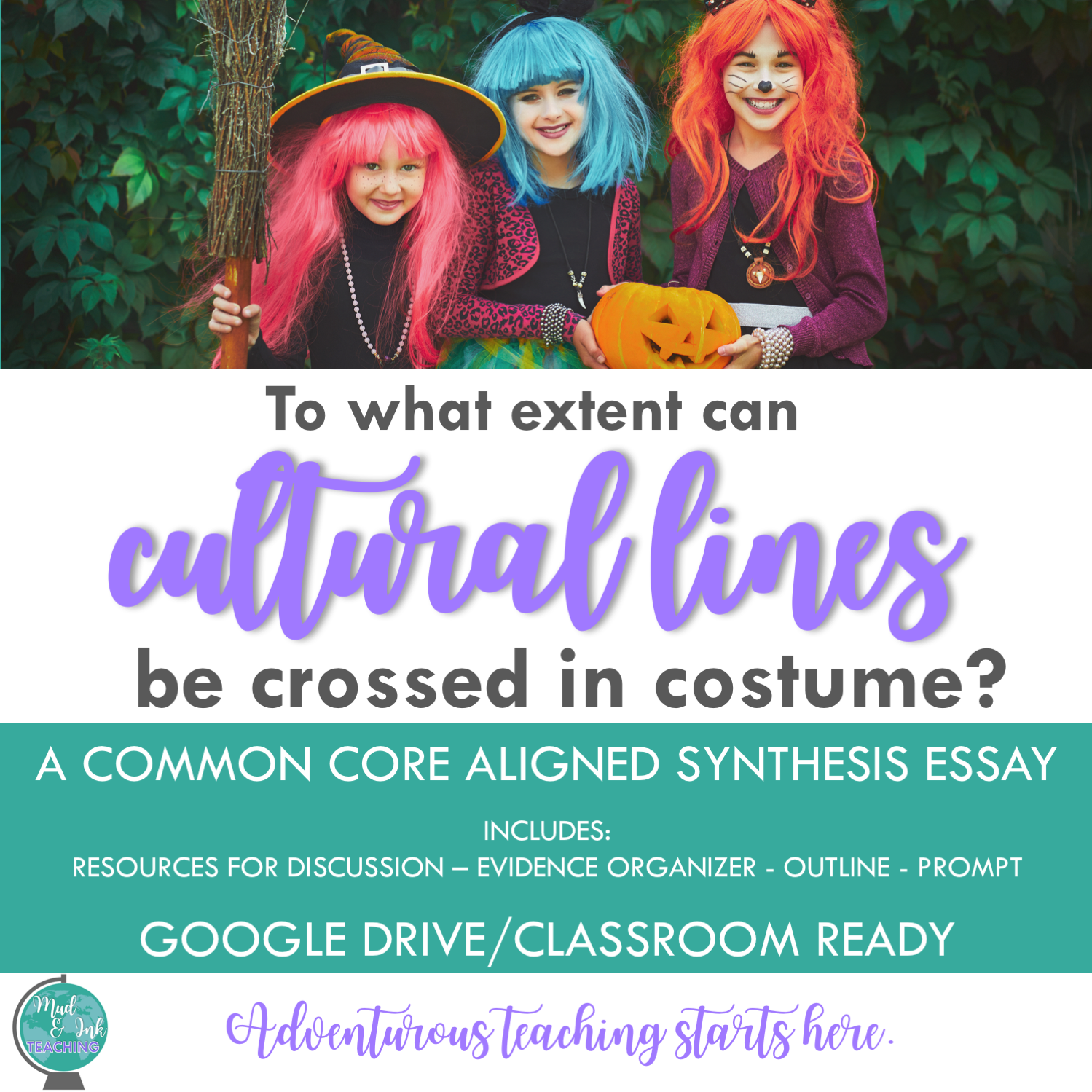

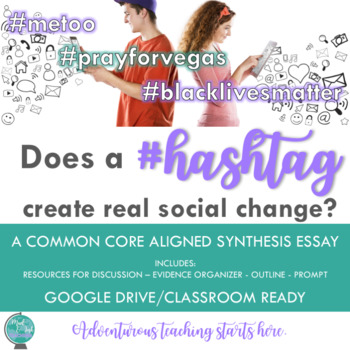
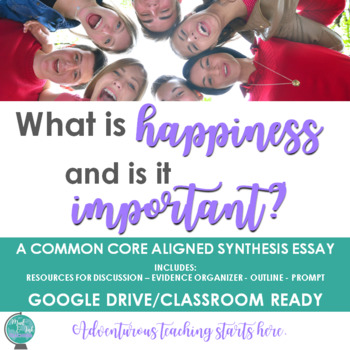

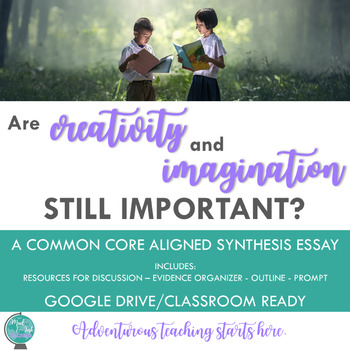
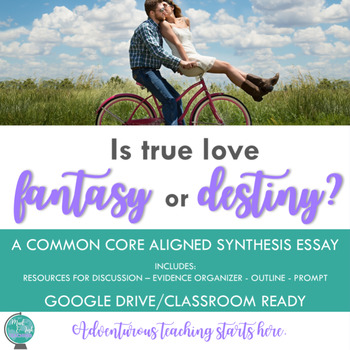
6 Ways to get Started with Stations
When I first started teaching, I remember trying so many different ideas all the time in my classroom. It was exhausting running a new small group scenario or differentiation strategy several times per week, and over my many years of teaching, I’ve come to master a handful of strategies that are versatile and work EVERY time (at least NOW they do!). For me, learning stations are the way to go. I’d say at least once a week, I have my students engaging with content through a learning stations setup and I love it.
GETTING STARTED WITH STATIONS IN YOUR ELA CLASSROOM
When I first started teaching, I remember trying so many different ideas all the time in my classroom. It was exhausting running a new small group scenario or differentiation strategy several times per week, and over my many years of teaching, I’ve come to master a handful of strategies that are versatile and work EVERY time (at least NOW they do!). For me, learning stations are the way to go. I’d say at least once a week, I have my students engaging with content through a learning stations setup and I love it.
I rounded up some of my favorite learning station resources and talked to a few of my favorite ELA teacher friends to help you get started and inspired in your own classrooms - take a look at all of these goodies!
Permanent Station Signs
I use stations so much that I found a quick and easy way to make sure that they’re always ready for implementation - low prep and quick organization! Pick out a cute font, make signs for your stations (I usually use about 5-6), back your signs on card stock, and laminate! I hung these signs in my room where I usually tend to send students. Now, my kids know where to go every time I launch a stations activity.
2. Peer Review Stations - Interactive Bulletin Board
Have you guys met Ashley from Building Book Love? She’s not only a talented teacher, but a dear friend. I had to ask her about her peer review stations and here’s what she had to say:
“I love stations, but they can take a while to set up. That’s why I use the same set of peer review stations every time we do an essay. These work to improve essays before they get to me and allows me to give one-on-one feedback to each student before his or her final essay is due.
3. Annotation Stations
When I introduce the Prologue for Romeo and Juliet, instead of having students annotate as a whole class, I send them to stations! At each of the stations, the students close read and examine one specific purpose of the prologue in one highlighter color (i.e. pink highlighting for all of the sonnet features). Then, when the students rotate to the next station, they change highlighter colors and change annotation focus. By the time we come back together as a whole class, every student has had the chance to think, discuss, read (and reread) the prologue multiple times. We have a rich discussion involving everyone, not just the kids who always raise their hands first.
4. MLA Research Stations
My friend Melissa at Reading and Writing Haven loves learning stations, too! Here’s what she recommends trying in your classroom:
Research shows that direct instruction, when used appropriately for the age group, has great benefits. Still, when I’m teaching a complex topic, students need a lot more practice and exposure than they can get through a short lecture or a worksheet. Some concepts lend themselves really well to learning station approaches because they are multi-faceted, and they need to be studied from various angles. One of my favorite learning station lessons is for MLA research skills. I give students various scenarios, and we look at in-text citations as well as embedding quotes in essays in ways that move them from a basic level to deeper understanding. It’s interactive, and students love it!
5. Grammar Stations
My friend Lauralee at Language Arts Classroom is a grammar guru - no joke. Here’s how she incorporates stations into her grammar lessons:
“Learning stations provide huge benefits for grammar lessons. Teachers can see individual struggles and clarify misunderstandings as they rotate through stations. Check out grammar stations and other alternatives to the grammar worksheet and see an example here!”
6. Advice from The Stations Queen: Write On with Miss G!
If a crown for Stations Queen was in existence, I think all of Instagram would hand it over to Miss G! Abby has been using stations to replace all kinds of old school teaching practices, and when I asked her why she loves stations so much, here’s what she had to say:
“Stations are a staple in my high school ELA curriculum, but I especially love using them during novel units. I’ve ditched my old pre-reading PowerPoints in favor of stations to introduce literary movements/historical context for all of the literature we read. Stations are also perfect for avoiding the dreaded packets of chapter questions and breaking up the monotony that can sneak up during novel units if you’re not careful. You can even use end-of-novel learning stations to wrap up key discussions on symbolism, character development, theme, author’s purpose, and more.
Lucky for you, I have a series of posts all about learning stations, so feel free to check out my blog for even more tips and tricks:
10 reasons to implement learning stations in the secondary classroom
How to facilitate successful learning stations in the secondary classroom
If you are ready to get started with using stations in your ELA classroom, check out Miss G's learning stations for ANY text! These standards-aligned learning stations are engaging way to wrap up any novel unit and challenge your students to collaborate and critically think while practicing literary analysis skills.
SHOP MY FAVORITE STATION ACTIVITIES:
Using Padlet to Teach Claim Writing
Writing the claim. It’s the sentence we hype up, the “one sentence that holds the WHOLE PAPER TOGETHER!!!” No pressure, right?
Well the truth is, there IS a lot of pressure to get this sentence right and a lot of pressure on us to help students write them. My kids want a formula, which I give them, but only as a starting point. The strongest claims exist beyond the “three pronged claim” formula and getting kids to write better statements organically is a seemingly insurmountable task.
Enter: PADLET.
Writing the claim. It’s the sentence we hype up, the “one sentence that holds the WHOLE PAPER TOGETHER!!!” No pressure, right?
Well the truth is, there IS a lot of pressure to get this sentence right and a lot of pressure on us to help students write them. My kids want a formula, which I give them, but only as a starting point. The strongest claims exist beyond the “three pronged claim” formula and getting kids to write better statements organically is a seemingly insurmountable task.
After covering your essay prompt and showing students what I call a “Below Basic” level claim on my rubric, encourage them to take the sample and take some risks trying to improve it. For our English 3 Unit 1 essay, I ask my students the essential question from the start of the year: What are American values and how do they shape identity? Students are charged to answer the question using a minimum of two sources from the readings that we covered in Unit 1. A Below Basic claim that I suggest as a starting place is as follows:
American values are ____________ and ____________ and they each shape identity
On our rubric, this claim (with the blanks filled in accurately) would equate to a “D”. For homework that night, students are asked to write their own claim. I show them how to play around with syntax, we talk about how they can elaborate on the “shaping of identity” piece of the claim, and so forth.
Enter: Padlet.
Padlet has recently changed over to a paid version (as of fall 2018), so if you’re using the free version, you can only use three padlets at a time. Don’t worry - when you finish with one padlet, you can delete it and keep using the service, but your total number of Padlets cannot exceed three (or what you already had before the service was switched over).
Think of Padlet as a giant magnetic whiteboard. Each student has a digital post-it note of sorts. When students have their claim drafts, I create a basic Padlet using the WALL format. All claims from all three of my junior classes gather together on one screen.
Next, I change the layout. First, I click on the three horizontal dots at the top right hand side of the screen and select “change layout” and choose SHELF. From here, I can build columns. I label each column with my rubric headings: Distinguished, Proficient, Basic, and Below Basic. It take about ten minutes, but I then sort out all of the claims into the column where I think they currently belong.
The next day in class, I sent the students back to the Padlet and we dug in! This week, I told them how I categorized the claims, but what I wish I would have had time for is having the students try to determine how the columns work. I’d like to see them write me a definition for each category and tell me “My claim is in the proficient category because….and in order to improve it, I need to….”. That’s an ideal scenario.
Regardless of the scenario, this gives students a lot to work with: authentic feedback, actual student writing to use as mentors, and a second shot before the actual paper begins to get their claims closer to their full potential.
SHOP THE MUD AND INK TEACHING STORE
My Favorite Ways to Practice Teacher Self Care!
It took me a long time to prioritize and understand how important self-care is as a teacher. For the first eight years of my career I burned through hours of grading, planning, rearranging, and constantly making myself available to students. Those eight years were rewarding and I sure learned a lot about my profession, but I also felt (and still feel) the physical and mental health consequences of making y life 100% dedicated to teaching.
It took me a long time to prioritize and understand how important self-care is as a teacher. For the first eight years of my career I burned through hours of grading, planning, rearranging, and constantly making myself available to students. Those eight years were rewarding and I sure learned a lot about my profession, but I also felt (and still feel) the physical and mental health consequences of making y life 100% dedicated to teaching.
While many self-care practices DON’T require buying anything at all, I wanted to share just a few of my favorite small indulgences with you! These are some of the products I’ve found that I look forward to using regularly. Some of these I actually have a subscription for, so they show up on my door once every two months as a reminder to SLOW DOWN and TAKE CARE OF MYSELF!
Some links shared below are affiliate links (which means I may receive a small compensation if you choose to purchase an item linked).
1. My Jade Roller
I actually first saw these on Season 1 of Queer Eye when Jonathan gave them to a couple of his clients. I thought it was kind of hocus pocus - rolling a rock on your face to help your skin feel better. But then I gave in and bought one. Let me tell you...this thing is a GAME CHANGER. On both stressful and normal days at school, I simply pull out my jade roller from my desk and give myself a little cool down. It’s like a mini-face massage in the middle of the school day! Here’s the one I have, but there are so many more to look through. The quartz roller seems to be good, too, but it’s pricier than the jade one!
2. Oatmeal Mask
This oatmeal mask was actually recommended to me by a fellow Instagrammer friend of mine last winter. I had my son in November, and after childbirth in a Chicago winter, I had the worst dry skin I’d ever felt in my life. This oatmeal mask was a total lifesaver and I still order it to this day! It goes on thick but only takes ten minutes to feel refreshed and renewed -- perfect for the busy teacher life!
3. This Yoga Music YouTube Channel
I try to grab at least five minutes of my day in peace. I’m not really one for meditation exactly, but I do just like to enjoy quiet and a little soothing music in the background. For me, this is usually right when I get to school. I put my things down, get my coffee, keep the lights off, and just sit at my desk with something from this channel playing in the background. It’s such a calming way to start each teaching day, which as we know will inevitably turn to chaos as soon as kids walk through that door.
4. Mint-Shimmer Lip Gloss
This is a Bath and Body Works favorite of mine, and honestly, I usually can’t walk out of that story with ONLY this. When it comes to treating myself to lip care, this is one item that I splurge on: the mint-infused shimmery lip gloss. Normally, I’m a drugstore Chapstick and Revlon lipstick kinda girl, but I love the refreshing treat of this lip gloss when I’m treating myself. It smells and tastes so good and has just enough shimmer to make my lips be a slightly different color from the rest of my face.
5. Ghirardelli Hot Chocolate
Not too far from our house is an epically large and amazing outlet mall. Besides all of the shopping there is to do, they also have a GHIRARDELLI OUTLET. Free samples galore and at the back of the store, they have a small little cafe. The hot chocolate from there is out of this world. I always order one to go and grab a few packets to take home so I can enjoy them during my “me time”, especially in the winter.
6. Aloe Socks
If you’ve never tried aloe socks before, it’s seriously time that you tried! These socks (there are tons of different brands - check Kohls, too!) are not only crazy soft, but they’re infused with aloe, so while you wear them and relax, they’re actually moisturizing your feet. Put these on while drinking your hot cocoa, listening to yoga music, wearing your face mask, and NOT thinking about school! :-)
Mud and Ink Resources for your Classroom
RIP Powerpoint Lectures
Long gone are the days that I stand in front of my class before the start of a novel and go through a three day powerpoint slide. Ten years ago, that was best practice for so many of us. They were lessons I looked forward to, but I fear it’s because I loved being center stage. The trouble with that? Planning lessons so highly teacher-centered just isn’t the way to go! We can do better and I have six solutions today that you can try.
Six Alternative Building Background Strategies for ELA Teachers
**This post may contain affiliate links. By purchasing a product through an affiliate link, I may be partially compensated for your purchase**
Long gone are the days that I stand in front of my class before the start of a novel and go through a three day powerpoint slide. Ten years ago, that was best practice for so many of us. They were lessons I looked forward to, but I fear it’s because I loved being center stage. The trouble with that? Planning lessons so highly teacher-centered just isn’t the way to go! We can do better and I have six solutions today that you can try.
1. QR Code Stations:
This is by far one of my go-to favorites! To create QR Code stations, begin by identifying five or six strong, engaging websites, videos, or other web-based sources. Each source should explore a different element of the background information needed before starting your next novel/unit of study. If you think about what you would have used originally to put in a powerpoint full of information, take that same information but put it into distinct categories.
Once you’ve found your websites, all you need to do now is create your QR codes and the handout students will use as they travel around the room visiting each station. For the handout, I simply create a table (3x3 for six stations) and design a pointed, specific question for each station. To create the QR codes, I use this QR code generator (it’s free!), and then print out a sign for each station that says Station 1: and the QR code. Finally, print and hang up your stations and print or make your student handouts electronically accessible and your lesson is ready!
Looking for a lesson to get you started? Check this one out: Villain Archetype Digital Stations Activity!
2. Artifact Carousel:
This is a no-tech, hands on version of the QR Code Stations activity. Instead of finding websites and videos, in this approach, you’d bring in physical artifacts for students to examine. Students travel around the room from artifact to artifact recording their observations and making predictions as to what they might mean or signify in the context of the next unit that you’re beginning.
For example, before I start teaching a Shakespeare play, I might give students the heads up that we are in fact starting Shakespeare, but I want to see what they know about him and his life before beginning. One artifact I like to use is a sun (picture or other toy/item from around the house). The kids look at it, discuss it, and make guesses as to why I would have included that as an artifact leading up to a study in Shakespeare. When the carousel is over, and after hearing a number of student guesses, I would reveal to them that the sun is included because all of Shakespeare’s plays had to take place during the day time because the Globe did not have electric lighting. Also, Shakespeare uses some beautiful poetic language to describe night because it would have be be imagined during the play. Have fun choosing your artifacts! When Shakespeare is concerned, I love using a plastic skull head (to talk about drama), a stick of deodorant (those groundlings were pretty stinky!), and a crown (to talk about Shakespeare’s connection to Queen Elizabeth). It’s great to watch the kids work together making predictions and actively pulling together their background knowledge.
3. Persona Poem:
I love this creative writing approach to starting a novel! If you’ve never written or heard of persona poetry before, it’s really quite simple, and at the same time extremely powerful for students. The idea of a persona poem is to take on the “persona” of another person (or in some cases object). So, before we started Of Mice and Men, I shared with the students some of Dorothea Lange’s photography of the Dust Bowl and Great Depression. After viewing and discussing the photos, I asked students to write a poem from the perspective (persona) of someone they saw in the pictures that day. By having students work to put themselves in the shoes or life of the context of the novel before reading it, they were ready to start meeting characters once we started reading. I love these two persona poems to use as examples (use at your discretion) by Jamila Woods and Margaret Atwood.
4. Pear Deck/NearPod:
These two tech options are a great alternative to the powerpoint lecture. Both Pear Deck and NearPod allow you to communicate a lot of new information to students quickly, but they have built in methods of checking for understanding and interaction along the way. Each platform has their own unique style, so be sure to check them both out to see which fits best with your goals.
5. Text Scavenger Hunt:
Does your text have features that would be helpful for students to discover ahead of time? Maybe your next novel has really intriguing chapter titles or a particularly telling epitaph. If you’re starting a play, there are probably lots of features that you want students to discover and discuss before starting. And if you’re starting some nonfiction, there are probably some important different ways of sectioning the text that your students should notice ahead of time, too. To create a text scavenger hunt, I usually identify a few important features (titles, characters, vocabulary, structures, table of contents, author’s notes, dedications, the cover picture(s), etc.) and send the students on a scavenger hunt through the text to find each of the components I’ve identified. Then, students can work in pairs to find each of the elements and at the end of the class period come together to discuss the significance of all their findings.
6. TedEd:
If you haven’t used TedEd yet, what on earth are you waiting for?! Similar to EdPuzzle, TedEd videos take students through a TedTalk with layered questions. There is also a discussion board option that I LOVE using with students! TedEd has tons of pre-created lessons connected to videos, but also offers educators the chance to design their own lessons, too!
How to Build a QR Code Classroom Management System
Starting in a new school next year had me all amped up to dig in hard to my classroom decor, but I was able to take a big, deep breath, and focus on what classroom DESIGN really means. It means functionality. It means positive behavior. It means creating a space where my students can learn and be their best selves. What it DOESN’T mean is splurging for every adorable Dollar Spot or “hot steal” that I find while endlessly shopping this summer.
So I set a budget. $100. 24 hours. I resolved to spend my time and hard earned money on my family this summer and not get out of control with projects and cash for my classroom. It’s tempting to think I have to do ALL THE THINGS with a brand, spanking (institutional-looking) new classroom this year, but I don’t have to do that. And neither do you
This all started as part of Ashley Bible’s #classroomdesignchallenge. Starting in a new school next year had me all amped up to dig in hard to my classroom decor, but I was able to take a big, deep breath, and focus on what classroom DESIGN really means. It means functionality. It means positive behavior. It means creating a space where my students can learn and be their best selves. What it DOESN’T mean is splurging for every adorable Dollar Spot or “hot steal” that I find while endlessly shopping this summer.
So I set a budget. $100. 24 hours. I resolved to spend my time and hard earned money on my family this summer and not get out of control with projects and cash for my classroom. It’s tempting to think I have to do ALL THE THINGS with a brand, spanking (institutional-looking) new classroom this year, but I don’t have to do that. And neither do you.
ENTER: QR CODE PROJECT!
So I was looking around at what I had to upcycle and a pile of old, leftover-from-college frames were stacked up in my closet. After looking back at some old, slightly embarrassing pictures, I decided it was time to ditch the old pics and upcycle the frames for my new classroom.
REHABBING THE FRAMES:
This was pretty simple. After deciding on my color scheme for the classroom (a FREE way to focus on what you do buy -- ask yourself, “does this fit my “mood board” and colors?), I bought some spray paint ($12 out of my budget) to upscale these old frames.
Remove backing and glass from frames
Wipe down frames and let them dry
Find a well-ventilated place to spray paint and lay frames on some scrap cardboard or newspaper
Spray away! Mine are really imperfect (you can see drips on some of them...whatevs!).
BUILDING THE QR SYSTEM:
Next, I selected the frame that had the openings that would work best for my system. The frame I chose had nine openings and I had six QR codes that I really wanted to streamline for my classroom. I decided to use the remaining three spaces for motivational sayings and a “title” square!
Here are the management systems I wanted easily accessible for students:
TARDIES: This QR code is connected to a Google Form that simply asks for student names, class period, date, time, and reason for tardy. When students walk in tardy, they will hand me their pass and I’ll quietly point at the frame (I’m going to keep by the door to start). Students should scan the QR code for either English 1 Tardies or English 3 Tardies, fill out the form and click submit. For students that don’t have phones or QR readers on their phones, I will also keep the form on Google Classroom and I’ll give them that as an option as well. This gives me a digital record of tardies right at my fingertips. I know school tracks these as well, but it’s nice to have a set of my own data...especially for regular offenders. It is also pretty annoying to have to report your own tardy and explain yourself as to why you are tardy again. This is a great tool to have handy at parent-teacher conferences!
ABSENT WORK: OMGGGG PEOPLE. There are many pet peeves in the teaching world, but for me, nothing is worse than that whiny voice asking, “Sooo….what did I miss yesterday??” The voice that comes from a student with his hand raised 17 minutes into class. The voice that comes from a student via an email three days after the absence. No matter WHAT policy, folder of work, Google classroom reminder, absent buddies, calendar, or other attempt at curbing this insanity, I’ve found only ONE THING that really works. At the end of every day, I take two pictures: the first is a picture of my English 1 board where I write down the agenda and homework and the second picture is the board for English 3. I snap the pics, add them to their Google albums on my phone, and I’m done. These QR codes in the frame link directly to those photo albums. So when kiddo asks me what she missed yesterday, now, I can reduce my blood boil to a simmer and simply point at the frame. The end.
YOUTUBE PLAYLISTS: The last two QR codes link to two YouTube playlists that also help me answer some FAQs during the school year. I always have students asking me for independent reading and poetry suggestions, so I simply put together a playlist and linked them here in the QR code!
BUILDING YOUR OWN QR SYSTEM:
First, decide which classroom management pieces you think could be resolved easily and independently by your students.
Create the Google form, the doc, the website, the spreadsheet or the playlist that you need.
Link your items to a QR code (I just used this QR code generator).
Measure your frame openings and create a template in PowerPoint or Google Slides (it’s so much easier to move text around freely than on Word or Docs!)
Title each frame opening with the system that is on the QR code and insert the code onto the image.
Print, cut and place your QR codes in the frame!
NOTE: All of my fonts came from Fairways and Chalkboards on TpT!
HOW DO KIDS READ THE CODE?
Currently, both Google Photos and Snapchat have QR code readers installed. If the student opens Snapchat and takes a picture of the code, it automatically directs them to the website. Students can also download QR code readers to their Chromebooks and cell phones. Like I mentioned above, I always have students who just prefer to get out their computers and fill out the form online, so I make sure that option is available.
FRAME IDEA!
I upcycled mine, but if you have it in your budget, how cute could this be? (This is an affiliate link, which means, if you purchase the item, I will receive a small compensation from your sale)
I hope that was helpful to you and you’re inspired to try something upcycled and tech-driven to help your classroom management systems improve this school year!
SHOP THE MUD AND INK STORE:
My 9 Favorite Fictional Moms {and one real one, too!}
#MomLife is new to me this year, so this will be my very first Mother’s Day! The journey through motherhood has already (in just five and a half months!) surprised me with a joy that I could never capture in a sentence.
To celebrate, I’d like to share my list of my FAVORITE Fictional Moms. These moms span from childhood picture books to blockbuster hits, from traditional mother figures to nannys and caretakers. Here are my favorite fictional moms and how they exemplify and celebrate the real moms in our lives.
#MomLife is new to me this year, so this will be my very first Mother’s Day! The journey through motherhood has already (in just five and a half months!) surprised me with a joy that I could never capture in a sentence.
To celebrate, I’d like to share my list of my FAVORITE Fictional Moms. These moms span from childhood picture books to blockbuster hits, from traditional mother figures to nannys and caretakers. Here are my favorite fictional moms and how they exemplify and celebrate the real moms in our lives.
Love these mammas as much as I do?
Grab this free download! These are easy print-and-write cards for your students to write to their moms. Each card contains a famous quote from each of these incredible women!
1. Miss Honey - Matilda
Jennifer Honey has a special place in my memory of childhood reading. I remember loving Matilda and loving Miss Honey even more. While Miss Honey is Matilda’s adopted mother, she reminds me of how much she inspired me to be a teacher and how important all of my elementary school teachers were. They, too, fostered a love for reading in me that grew into a college degree in English and secondary education. Miss Honey is the ultimate teacher/mother figure that embodies the compassion and love for both children and reading that so many incredible teachers manage to do, just like her.
2. Offred - The Handmaid’s Tale
In The Handmaid’s Tale, we only get to learn about Offred’s experience as a mother through her flashbacks. At the beginning of the novel, her daughter is ripped from her arms and never seen again - a true horror story for any parent Through her detailed memory, readers cling to tiny moments of their family before the government collapsed. Offred remembers smelling the back of her daughter’s hair - this is literally the first thing my mom and I do as soon as we get to hold a new baby: take a big whiff of baby smell! I imagine Offred (well, whoever Offred used to be) would have been an amazingly kind, loving mother.
3. Mrs. Doubtfire - Mrs. Doubtfire
Oh, Robin Williams. We miss you so much. Mrs. Doubtfire - the cross-dressing dad who wants to be near his children during a difficult divorce nanny mother figure - has to be one of my favorite fictional moms. Mrs. Doubtfire shows playful looks at the feminine side of mothering, but at its heart, the story is all about the inseverable tie between parent and child. The extremes that Mrs. Doubtfire would go to in order to be near his children and be in their lives are remarkable, and downright heartwarming.
4. Leslie Knope - Parks and Recreation
Leslie doesn’t become a mom until the second to last season of the show, but when it finally happens, she “hits triple cherries” on her first try! As the mother of triplets, Leslie manages to maintain a household (and never apologizes for its lack of order), works full time, and supports a husband running for congress. She’s the ultimate working mom that struggles in so many real ways that I can relate to. She’s pure badass at work and shows us that it’s okay to ask for help with our kids when we need it.
5. Frankie Heck - The Middle
No show in the history of TV shows reminds me more of my OWN family than the Heck family. Chillin in suburban Indiana, Frankie is an hysterical, unapologetic mom of three. She finds plates under her son’s bed, forgets about her other son’s birthdays, and is just about as real as it gets. Her huge heart and sarcastic sense of humor are some of her most admirable qualities.
6. Minerva Mirabal - In the Time of the Butterflies
During the late 50s, the Dominican Republic was suffering through the reign of a tyrannical dictator. The Mirabal sisters, famously nicknamed “Las Mariposas”, were the leaders of a revolution against that horrible regime. Minerva, a mother, fighter, and true ambassador for justice, shows us how to be the role model a mother should be for her children - and in Minerva’s case - for her entire country. She's not a fictional mom, but her legacy is written in Julia Alvaerz's historical fiction account of their history called In the Time of the Butterflies.
7. Marmee - Little Women
Sweet, docile Marmee is one of my favorite mother figures from my chidhood. I read and watched Little Women at least twice a year and was enchanted by Marmee’s wise words, encouraging speech, and her biting discipline. She especially showed us how moms have a gift for giving each of their children what each child truly needs -- I can still distinctly remember the scene where she hugs Jo after chopping her hair off comforting her and reminding her that it will grow back.
8. Claire - Lost
So...you’re on a plane, you’re eight months pregnant, and your psychic told you not to get on that plane. Oh - and your plane is taking you from Australia to America so that you can have your baby and give him up for adoption in California. Thennnnn your plane crashes on an island, you survive the end of pregnancy on said island, then deliver the baby in the middle of the jungle haunted by a crazy, murdering monster. You go, Claire. You go.
9. Rosa Huberman - The Book Thief
She’s a tough one, but Rosa Huberman might be my favorite mom on this list. No only does she adopt Leisel out of the kindness of her heart, but she finds a way to stretch every dollar and every meal so that everyone is taken care of. She provides refuge and protection at all costs for the ones she loves, and although she swears like a sailor, everyone in her family loves her for it.
...and one real one: Michelle Obama - Mother-In-Chief
She’s not fictional, although sometimes I feel like her time in office felt like a too-short lived fairy tale. Michelle Obama has been a champion for her own children as well as America’s children. I’ve never gotten to meet her, but if I did, man would I just give her a huge hug. I don’t know how on earth I would ever be able to raise two daughters in that kind of a spotlight during their childhood in the White House, but she managed to do it. Michelle Obama was able to simultaneously be knee deep in dirt planting an herb garden AND dressing up in the most elegant evening gown to wrestle international politics with equal poise. That’s #goals.
SHOP THE MUD AND INK STORE:
Slam Poetry 101: An Introduction
I can't think of a more authentic experience that I've had teaching poetry with my students than through the incredible power of slam poetry. Here in Chicago, we're lucky. The slam poetry scene is strong. We're actually the city that gave birth to the slam poetry movement in the 80s...
I can't think of a more authentic experience that I've had teaching poetry with my students than through the incredible power of slam poetry.
Here in Chicago, we're lucky. The slam poetry scene is strong. We're actually the city that gave birth to the slam poetry movement in the 80s. Blue collar, steel worker Marc Smith decided that he was sick of the elitist stigma attached to poetry and he was determined to change that. With a drink in one hand and a poem in the other, Marc Smith took the stage at the Green Mill Lounge (formerly one of Al Capone's secret hideouts), and began building the slam poetry movement.
From there, Chicago continued to grow on the poetry scene as the famed Louder Than a Bomb was created for the youth in Chicago as a way to patch together a massively segregated city. Louder Than a Bomb is the world's largest teen poetry competition and cities all over the world are starting to create their own Louder Than a Bomb tournaments. We had the incredible opportunity to bring teams several years in a row to competition: we took kids from mixed backgrounds, all different kinds of stories, wrote poems, practiced and rehearsed them, and finally performed them on a stage in front of total strangers and five judges.
What is Slam Poetry?
Slam poetry is a competitive form of spoken word poetry. Students can perform poetry all they want, but for it to be a SLAM poem, that means that it's ready for battle! The idea of poetry being a "competition" is ludicrous, as admitted by founder Marc Smith. As the saying goes, "the point is not the points, the point is the POETRY". The only reason slam poetry is a competition is to get the audience to fill seats. Before slam, poetry readings were characteristically boring and not really an event anyone was interested in attending. By adding the competition element to poetry, slam helps to build a new, energetic, excited community around poetry. Please remind your students that, essentially, the competition is a complete and total joke.
Who are the judges?
At a "real" slam, the judges should be total random people pulled in from the street or even the audience. The "judges" should be ordinary people who like poetry - not professors or other experts. The judges usually provide a "reason for selection" to the MC and those reasons are usually pretty funny! Before the start of the slam, the MC introduces the judges with lines like, "Alright everyone, it's time to meet the judges. Let's cheer for them now because later, you'll probably be pretty mad at them! Let's meet Leslie - she's qualified for judging a slam because she has a pet bulldog. Let's clap for Leslie!" Once all of the judges are introduce, they will usually judge a primary "sacrificial poet" to calibrate their scoring. Each judge has a whiteboard and is directed to score the poems on a scale of 1-10 with only one decimal place. If you are able to get five judges, you will drop the high and the low score, then total the three remaining scores for each performance.
What are common themes or topics in slam poems?
When I listen to the young people in Chicago speaking their truth on the stage, these poems are filled with passion. They are typically deeply in touch with a social justice issue, namely: equality, gun violence, cultural acceptance, and poverty. Poems are often about family, about how childhood has affected these students, and about their uncertain futures. The poems are optimistically hopeful and painfully despondent. The answer is, there is no common theme or topic, but the poems are deeply personal to each and every poet. And you can FEEL IT. You can feel it coming out of their souls on stage. If your students are searching for a slam poem topic, have them start with where they're from, a story from their lives. If they're faking their passion in the poem, the audience will know right away.
How does one "win" a poetry slam?
At the end of the slam, all of the points have been added up for each poet. The top TWO poets move on to the final round. In this round, the audience chooses a completely random topic by shouting them out to the MC. The MC chooses one of them, let's say "hippos", and then gives the two final poets two minutes to write a new poem on the topic of "hippos". At the end of two minutes, the poets read and the audience decides on their winner based on the almighty applause-o-meter.
How can I host a slam in my classroom?
Let me stop you right there. First, you need to decide what kind of atmosphere you want in your classroom. An OPEN MIC might be a better option for some teachers: at an open mic, all students read their poems aloud to the class, no judges, no scores, no competition.
My recommendation would be starting with an open mic, and then have students vote on the top 10 students they'd like to see compete in a SLAM. Those 10 students would need to have another poem ready to perform, so consider having your students prepare TWO poems: one for open mic and another in case they are selected for the class slam!
Next, pick your slam day, pick your judges, and come up with a fun prize for the winner. Voila!
Need a helping hand? Here's a quick, free, one-pager ready to download and print. Get your students writing slam poetry today!
SHOP THE MUD AND INK STORE:
An Open Letter to My 8-Week Old Son
When your dad and I found out we that you were a boy, we were not immediately overjoyed. Actually, we were pretty scared. You see, the year that you were born, it was pretty difficult to find a man in our world to admire. Right now, boys and men on the news and in our media culture are not the kind of men we want you to grow up to be.
January 25, 2018
My darling Hugo,
Today, I told you I was proud of you. Twice. Once, because you pooped (we were going on 48 hours with no stinky surprise, so I was so happy you made that happen), and a second time because you reached for a toy dangling above your head. It was the first time you did that and I was overwhelmed with pride. I’m telling you about these two pretty innocuous moments of pride today because I want you to know that I’ve been proud of you since the very beginning of your life. I’m proud of you already and I know that these moments will only become more breathtaking and humbling as you grow up.
When your dad and I found out we that you were a boy, we were not immediately overjoyed. Actually, we were pretty scared. You see, the year that you were born, it was pretty difficult to find a man in our world to admire. Right now, boys and men on the news and in our media culture are not the kind of men we want you to grow up to be. In just your first eight weeks of life, the President called Haiti, El Salvador and a group of African nations shitholes (his words, my darling, not mine), more powerful men have been fired from their jobs for previously committing sexual assault, and a USA gymnastics doctor was sentenced to 175 years in prison for sexually abusing over 100 women. The box office continues to be filled with white, violent, and culturally narrow-minded films. Finding out we were having a boy was difficult news to hear because that meant that we had a lot of work to do.
Hugo, there is some good news here. Even though the media and entertainment world around you reinforces a story of masculinity that is aggressive and abusive, you are surrounded by the best men that I know. Your dad. He may look like he could fight anyone who made him mad, but your dad is the kindest bear I know. His heart is enormous. He is always thinking about his mom and dad and sister (your grandma, grandpa, and auntie). He believes in giving everything he can to his family. He works at his job tirelessly and never complains. He is the joy of my life and will be yours, too. Then I look at your two grandfathers. They live two completely different lives: one spends his day working in a mechanic shop and the other in an office, but both men are strong in faith, believe in the value of hard work, and love their families above all else.
We, your family, are ready. We are ready to take on the challenge of raising a young man in this world. We are what matters and we will be your examples, but you need to keep your eyes, ears, and heart open. Truthfully, Hugo, the world needs you. We need good, loving, open-minded young men to take over and we’re ready to help you get there. We will read, travel, talk openly, and learn together. I hope your squirmy, adorably toothless smile turns into the smile on the face of a young man that defines being "a man" by how much love is in his life. I love you, little buddy, and there will be more letters to come. I’m proud of you already.
Love,
Mom
6 Valentine's Lesson Ideas for High School ELA
I love a good, cheesy Valentine’s Day lesson as much as the next teacher, but oftentimes, this holiday falls just as things are revving up during second semester. Instead of setting aside precious classroom time for a goofy Valentine’s activity, here are six activities you could do that will maintain your rigorous standards and still embrace some seasonal fun.
I love a good, cheesy Valentine’s Day lesson as much as the next teacher, but oftentimes, this holiday falls just as things are revving up during second semester. Instead of setting aside precious classroom time for a goofy Valentine’s activity, here are six activities you could do that will maintain your rigorous standards and still embrace some seasonal fun.
1. Have a Debate
This holiday can be a polarizing one for teenagers, and that energy and angst can fuel a great debate in your classroom. Pose the question: Is true love just a fantasy or is it destiny for everyone? Let students take a side, send them out to find evidence to back up their claim, and unleash debate in your classroom! If you’d like to do something more formalized, I’ve put together ten non-fiction sources and a structured essay prompt and organizer if you want to turn this into a writing activity and would like to spend a bit more time digging into the question.
2. Have a Serious Talk About Dating Violence
While Valentine’s Day shenanigans can seem playful and silly, this holiday might be one that some of your students struggle with. Relationships are so incredibly vulnerable and delicate in high school. If you’re looking for a way to address the dangerous side of dating, you might let Leslie Morgan Steiner start the conversation. An Ivy League grad and big-time businesswoman, she talks about dating violence and shares how she was able to break free.
3. Speed Date a Book
If you’re at a place in the year where students have been into their independent reading books for a while, it might be a great opportunity to hit the pause button and have students present about their books to each other. Whether you’re in the classroom with physical books or scrolling through a digital gallery walk version of this idea, this is a great way to have a little fun but still stay within the bounds of your content area. Some of my teacher friends discuss this in our Valentine’s Day episode of the Brave New Teaching Podcast, so be sure to check that out for more directions!
4. Write Love Poems for Characters
I love this simple and easy activity that gives you beautiful room decor, a festive feeling, and also asks your students to continue connecting their reading curriculum to new kinds of poetry. How about this - a Valentine’s Haiku? Here is a Google slide presentation introducing haiku, a stash of conversations hearts in multiple colors, and multiple versions of editable and PDF documents to help you get started. Just think of the possibilities? What love haiku would Odysseus write to Penelope? Montag to Mildred? Gatsby to Daisy? Juliet to Romeo? Have fun reviewing the novels and short stories that you’ve read so far by having students imagine the kinds of poems that would exist between these characters. I always encourage mine to explore a range of tones and emotions - there are a lot of ways our characters experience love, heartbreak, obsession, and so many more feelings in between!
5. Host a Haiku Death Match
Step One: Get your kids riled up. Or, simply, hold on for dear life because they’re already sugar-crazed maniacs.
Step Two: Get your fired up class up on their feet. Tell them to choose one side of the room - one side is for THE LOVERS (the ones who “love love”) and the other side is for THE HATERS (the ones who think “love stinks”). With your Nicholas Sparks addicts and broken-hearted kiddos split up, tell them they are about to battle it out.
Step Three: Teach students what a haiku is. 5-7-5. It’s pretty simple. You can certainly do a more elaborate lesson on haiku the day before (I like to show lots of examples and challenge them to have a really surprising turn in the poem between lines 2 and 3). Have them write five poems to bring with them into battle.
Step Four: Create a tournament bracket digitally or on your board. Send the students up to the front in pairs - one from the “love love” and one from the “love stinks” camp. Have a teacher or admin who is free that period come on in to judge the battle so that you don’t have to! The winning haiku (student) moves on to the next round to compete (with a new poem). Keep moving through the bracket until every student has had a chance to perform and you have a final winner!
Grab a copy of my Haiku Death match Bracket!
6. Celebrity/Novel Nicknames
Remember the days of Bennifer? And Brangelina? There’s an academic word for this blending of names, and it’s pretty cool: portmanteau. According to Wikipedia, “A portmanteau is a linguistic blend of words, in which parts of multiple words or their phones (sounds) are combined into a new word, as in smog, coined by blending smoke and fog, or motel, from motor and hotel. In linguistics, a portmanteau is defined as a single morph that represents two or more morphemes.” Put your students into small groups or send them home with homework to come up with the celebrity nickname that they’d give to a significant relationship in the novel you’re reading. Make sure they provide a defense for why and how they combined the names. Students might even create a tabloid cover announcing some scandalous detail about the couple (depending on the novel and your students).
Have a happy February, all! Tell us what you tried in the comments below!
SHOP THE STORE
Teaching the Poetry Mashup
If there is one thing that is constant among generations of teenagers, it is the love of music. And if there’s one thing that English teachers know, it’s that music is the perfect gateway to getting students into poetry. Today, I’d like to share an awesome poetry/music pairing to try in your own classroom: Carl Sandburg's “Chicago” meets Patrick Stump’s “This City is My City”. The Literary Maven has an incredible blog post out about poetry mashups (coming in April!) with lots of suggestions from other ELA teachers, but I wanted to share my mashup here in a bit more detail for you all.
Make sure to read to the end for your FREE LESSON DOWNLOAD!!
If there is one thing that is constant among generations of teenagers, it is the love of music. And if there’s one thing that English teachers know, it’s that music is the perfect gateway to getting students into poetry. Today, I’d like to share an awesome poetry/music pairing to try in your own classroom: Carl Sandburg’s “Chicago” meets Patrick Stump’s “This City is My City”. The Literary Maven has an incredible blog post out about poetry mashups (coming in April!) with lots of suggestions from other ELA teachers, but I wanted to share my mashup here in a bit more detail for you all.
My Glee Mash-up nickname for this lesson is “This City is My City of Broad Shoulders”. Clever, huh? I thought you’d like that. When you teach paired poetry, you’re asking something truly unique and rigorous of them: you’re asking them to consider similarities and differences across genres and often across huge time gaps in history. Asking your students how and why the pieces relate to one another, even just casually, is a beautiful exercise in critical thinking. But you can construct something more purposeful, too! I love the mashup of these two pieces and I’d like to discuss why these two pieces are so cool together.
Stump’s “This City” has lyrics that describe pride in a city despite its flaws and corruption and Sandburg does something very similar in his poem. Stump writes:
“From every high rise
Down to every slum
From every unethical politician to the wise old beat up bum
My city and I our hearts beat, beat, beat together
When I’m home we both breathe, breathe, breathe together
This place is my home, wherever I go, I, I, I, I, I take it with me”
and Sandburg writes:
“And they tell me you are crooked and I answer: yes, it is true I have seen the gunman kill and go free to kill again.
And they tell me you are brutal and my reply is: On the faces of women and children I have seen the marks of wanton hunger.
And having answered so I turn once more to those who sneer at this my city, and I give them back the sneer and say to them:
Come and show me another city with lifted head singing so proud to be alive and coarse and strong and cunning.”
These two voices, so distant in time and genre, have such a scrappy, unapologetic sense of pride for their cities. Both poets use a counter argument structure: they acknowledge the faults of their cities, then come right down and defend their homes. Stump identifies the “unethical politician” while Sandburg references having “seen the gunman kill and go free to kill again”. The reason I enjoy pairing these two together is because Stump’s version is so simple and approachable. His language is plain and the song is catchy, so it makes for a nice scaffold. Once you layer on “Chicago”, the language gets more difficult, but since you’re approaching it in the same context as “This City”, the students already have a frame for the poem.
As you look through these parallels with students (and there are several more!), I would suggest focusing in on four major aspects of the poems: the tone, the message, the speakers, and the figurative language. Depending on your class, you might even narrow that list down to just two things to focus on.
Wouldn’t this be a great opportunity for some close reading practice? I have a few ideas to share with you. Ready?
THREE WAYS TO ENGAGE STUDENTS WITH MASHUPS:
1. The Mashup Poem
Just like this blog post title, this activity asks students to combine the two works together into a unique poem of their own. Have you ever had students write a blackout poem? This concept is similar! Provide both the poem and the song to students printed out. Have students place the two pieces side by side. With a pen, highlighter or sharpie, have students read the poem as if they were blended together across the margins. For example, in the Sandburg/Stump Mashup, the first line would read: “This city is my city/Hog Butcher of the World”. As the students read across the two poems like this, they should use their writing utensil to underline the phrases they like the best and start blending their favorite parts together and eliminating some of the text as they go. By the time they’re done, everyone will have a unique poem even though they all started with the same two sets of text!
2. Compare/Contrast
For this lesson, I give students a regular ole’ venn diagram, but with a twist. This venn diagram is sectioned off into the four elements that we focused on an annotated as we were reading. To use this venn diagram, you could do stations, you could do a jigsaw, or you might even break students up into small groups and have them present what they found. I would suggest doing one of the sections together as a model and then assign the rest for small group work or homework (depending on their skill level). Encourage students to write direct lines (textual evidence) in the venn diagram as much as they can! They should avoid vague statements and summary as they work through the organizer.
3. Deeper Analysis
Once they’ve finished comparing and contrasting, now they can move on to some writing about their observations. For this next level part of the lesson, students will choose one element that they identified and defend how and why this similarity or difference is significant. For example, if the students identified the tone of “This City” as joyful and the tone of “Chicago” as empowered, students would then discuss how that ultimately impacts the message of each poem and makes them different from one another. This is the part of the lesson that higher level students should work on the most and younger, more inexperienced students should practice with you and be encouraged to try. Don’t skip this step -- it’s HARD, but it’s IMPORTANT!
What are some other mashups that you’d like to try? Let me know in the comments!
SHOP RESOURCES
Why We Travel With Our Baby
I can’t tell you how many people have said to me, “Oh now that you have a baby you won’t ever leave the house!” While leaving the house certainly takes a lot more thinking, planning, and packing, my husband and I made a decision long before our little man was born -- we were having a baby because we wanted to have a travel companion.
I can’t tell you how many people have said to me, “Oh now that you have a baby you won’t ever leave the house!” While leaving the house certainly takes a lot more thinking, planning, and packing, my husband and I made a decision long before our little man was born -- we were having a baby because we wanted to have a travel companion. We have adopted the paradigm that having a baby will definitely change how and when we travel, but it will also make our experiences even more exciting and fulfilling. Now, when we travel, we are traveling as a family. We will be making memories. We will be teaching, learning, growing, and bonding.
And that has already started. Hugo is five weeks old. And here’s how we stay motivated and inspired to maintain our active, travel and adventure loving lifestyle:
BE PATIENT
I have to admit, the first few weeks after Hugo was born, I lost all hope of ever traveling again. I quickly looked in the mirror and thought, you idiot! What a naive, crazy thing to believe! From the demands of breastfeeding and pumping, the unpredictable crying, sleeping, and waking hours of newborn life, I slipped into the camp of parents that had given up all hope of ever returning to a somewhat normal life.
But then my mom, my hero through this whole process, reminded me to be patient. To give myself grace and time. And so I did. And after a few deep breaths, I could relax again. Breastfeeding got easier. The demands of pumping felt less intense. Hugo’s schedule became a bit more predictable. Some days are really tough, but now it finally feels like most days are really pleasant and happy. I look at my boy and think, I can’t wait to take you camping!
START MAKING PLANS
This one is huge. Making travel plans for the future gives parents something to look forward to and it also gives parents time to start mentally preparing for the journey. Our first big trip is planned for Memorial Day: we plan to head up north to our some of our usual camping spots in the UP! In order to make that happen, we will be doing this next item on the list…
START SMALL
Practicing outings has been critical for us in the first five weeks! The first time I took Hugo out of the house on an outing, I was literally shaking and my heart was pounding in my chest. He was only one week old and my mom was staying with us. She was the one who convinced me that I could do it - that we would be JUST FINE. So, we fed him, bundled him up (yup...newborn in a Chicago winter is just the worst!), and got in the car. And I drove the car. With a baby inside. It was terrifying!!! But then we arrived at Babies-R-Us and he slept. And we got to Maggianos for lunch...and he slept. Then we walked around the mall...and he slept. Every ten seconds I was peeking under the car seat cover to make sure my baby was still alive...and he was. By the end of our outing, Hugo had slept almost four hours and my guts were so twisted I had diarrhea when we got home (okay not really, but I thought it would happen for sure!!).
The point is - we got out. And everything was okay. So we tried again and again. I went alone. I went with my husband. And every time we learn something new about being out with our baby. We’ve probably only had one or two bad outings, and we learned from them. Now, instead of being five weeks postpartum and terrified to take our baby out, we are five weeks postpartum with lots of practice, and even better, lots of confidence in what we are capable of doing with our little boy! As an added bonus, Hugo loves the car seat, loves the car, and is starting to realize that his parents aren’t slowing down anytime soon.
USE YOUR REGISTRY
Your baby shower is a great time to stock up on some helpful baby-travel items. Here are a few of the items that were recommended to me by other parents (some affiliate links included) and things we've already been using:
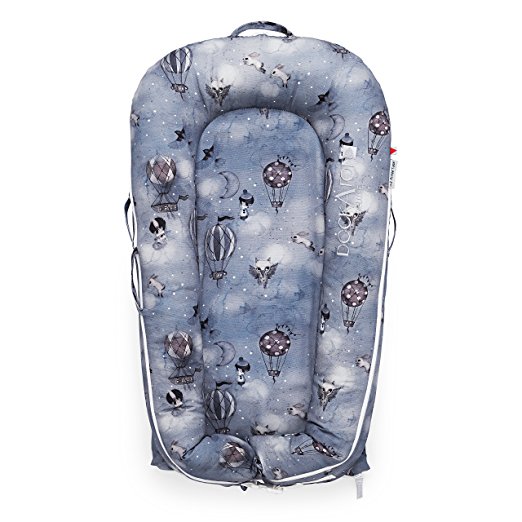
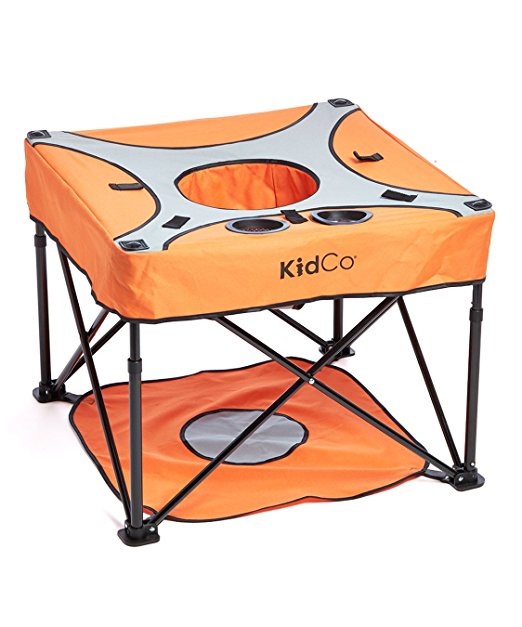
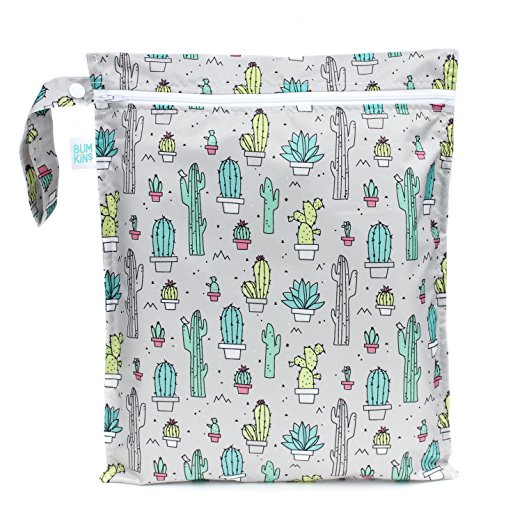

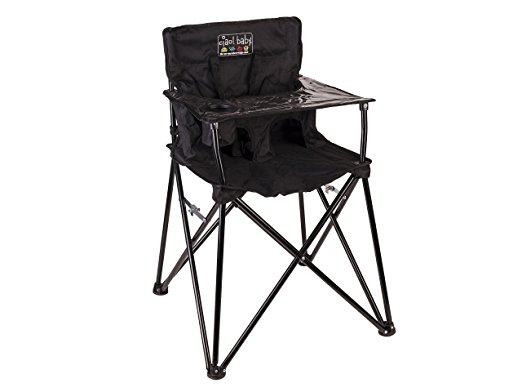
FOLLOW ROLE MODELS
My hubby and I stay inspired by following other travel-loving individuals, parents, and families. From the blogosphere to YouTube, there are so many amazing people out there sharing their travel stories! Here are a few accounts we have our eyes on right now!
Bloggers:
YouTubers
How do YOU roll?
I'd love to hear how you're making the most of travel with your little ones! Drop a comment below and share your favorite items, other travelers to follow online, or your own experience and advice!
Thanks for reading!
I'm Amanda: high school ELA teacher, passionate traveler, and mommy raising a bilingual baby. Read more about loving this crazy, beautiful adventure:
A Cell Phone Policy that Actually WORKS!
Every school and every teacher has a different philosophy with student cell phones, but with classroom management as a whole. Whether you are on the FORBIDDEN end of the spectrum or on the “do what you want, it’s your grade” end, I just might have a solution that will help in your classroom.
Every school and every teacher has a different philosophy with student cell phones and with classroom management as a whole. Whether you are on the FORBIDDEN end of the spectrum or on the “do what you want, it’s your grade” end, I just might have a solution that will help in your classroom. Setting clear expectations and routines around this policy during the first two weeks of school will take practice, but is critical to establish as it can easily be the number one classroom management problem you will face at the middle and high school level.
A Disclaimer
This post comes with a HUGE disclaimer: cell phone behavior is changing constantly and so is the way that teachers and administrators need to respond to this behavior. The suggestions in this blog post are tried and true, but that doesn’t mean that when you’re reading this, it might be something that’s not right for your situation. Officer Gomez, an SRO that speaks in-depth about discipline issues he faces in his position, argues strongly for full-banning practices in schools. The bullying, social-media addiction, and other unsafe exchanges that happen on cell phones need to be taken seriously - especially at the middle school level. School-wide policies that respect the best interest of student-learning and safety are the best situation, but for those of you facing a “handle it yourself” classroom situation, then I’m here to offer my story and my success.
The Cell Phone Charging Station
I’d first like to point out what I’ve named the policy - The Cell Phone Charging Station. It’s not “Phone Jail” or anything negatively connotated. The goal of using a charging station is to incentivize responsible behavior before punishment is even necessary. This is a lot like what I’ve learned to do as a parent. I know for a fact that my toddler’s mood between 4:30pm and 7:00pm is demonic…like unrecognizable, monster human status. Do I schedule playdates or haircuts during this time? HELL NO. I try to create situations that foster the kinds of outcomes that I desire long before I’m stuck handing out consequences, and this is critical for us in the classroom, too.
These are the kind of things that are so important when setting up your high school classroom: trust me, the Dollar Spot has its temptations, but if you don’t have FUNCTIONALITY in your classroom design, it won’t matter HOW sparkly that unicorn is. We must have a goal of creating a classroom environment that is safe, comfortable, and prime for academic success. Figuring that out needs to happen before anything else (and if you need help with that, I’m here for you).
Here’s what I tell the kiddos in the first week of school:
So here’s how cell phones work in our class: sometimes we need them to look something up quick, but most of the time, you know they’re a major distraction to your education. And that’s what you’re here for after all, right? Well, the bottom line here in this room is that I don’t want to see them out and being a distraction, but I also want you to learn how to control your own behaviors and be able to use them at appropriate times.
So here’s what we’re going to do: if you know that you can’t handle the distraction for the day, drop your phone off at the charging station. Plug it in, turn the ringer off, and just forget about it for the class period. You won’t even be tempted to look, plus, when class is over, you’ll probably be back to a full charge! For those of you who choose to take your chances and I have to ask you more than once to put your phones away, the second time I see the phone I’ll simply ask you to walk it over to the charging station since you couldn’t follow the first warning.
And that’s it. It’s that simple. From about day four, I had more students choosing to put their own phones at the station than I’ve ever had to reprimand. In the first semester of trying this system, I had one student (out of 125!) refuse to put his phone away and I was able to handle him separately.
A note: I’ve seen a lot of teachers have success with caddies in desk clusters, too.
The Benefits:
There will never be a perfect policy, but this approach certainly created a few things in my classroom:
An atmosphere of adult trust. Students are treated like adults with a choice, not children with rules (see class contract below)
An opportunity to self-assess and build self-monitoring skills. By putting the responsibility on them for knowing their own habits, I hope to be building a behavior that will strengthen over time and into their adulthood.
A community of caring. The tone of our room is one where we care about each other and care about learning - I don’t spend day after day nagging students about this annoying behavior!
Want to see my complete first two weeks of school plans? I’m here to walk you through step by step in my course:
The Setup:
Here’s what you’ll need to create your Cell Phone Charging Station:
A visible place at the front of the room. I have mine on the front board so that I can always see who is up there and keep an eye on any funny business.
A clear shoe hanger. I bought mine on Amazon for about $8.
A power strip that has USB ports. I bought mine on Amazon and this one has room for 14 devices to be plugged in at once. I never have this many at once, so it’s worked out great! Students do have to have their own cord in order to plug in - but most of them live with a plethora of cords in their backpacks so that hasn’t been a problem either.
A few dry erase markers. I ask the students to put their name on the pocket where their phones are so that there are no mix-ups or if they leave and forget the phone I know who it belongs to.
A sign or place on the whiteboard for you to write your rules for using the station.
I’d love to hear how this has helped in your classroom and how you tweaked it to fit your school. Establishing this as a routine in my classroom has become an essential part of the first two weeks of the school year. We need to practice this routine and actually test it in action a few times before we get it down. This is also a cornerstone component of the class contract that we sign together at the start of the year. I’d love to share a copy of the contract with you — feel free to adapt and change for your needs!
LINKS TO PRODUCTS
(some may be affiliate links which means I will be partially compensated for your purchase)


